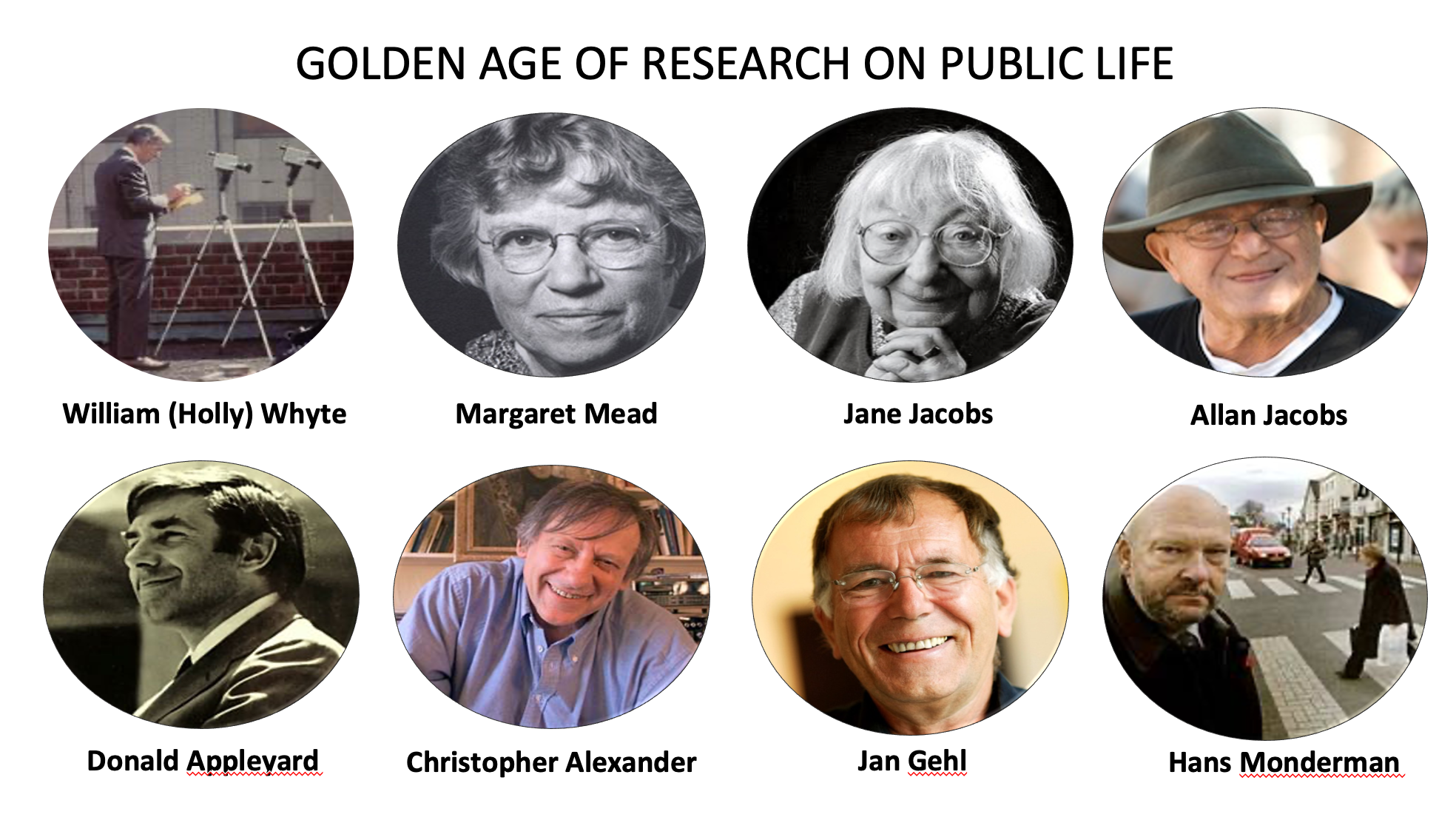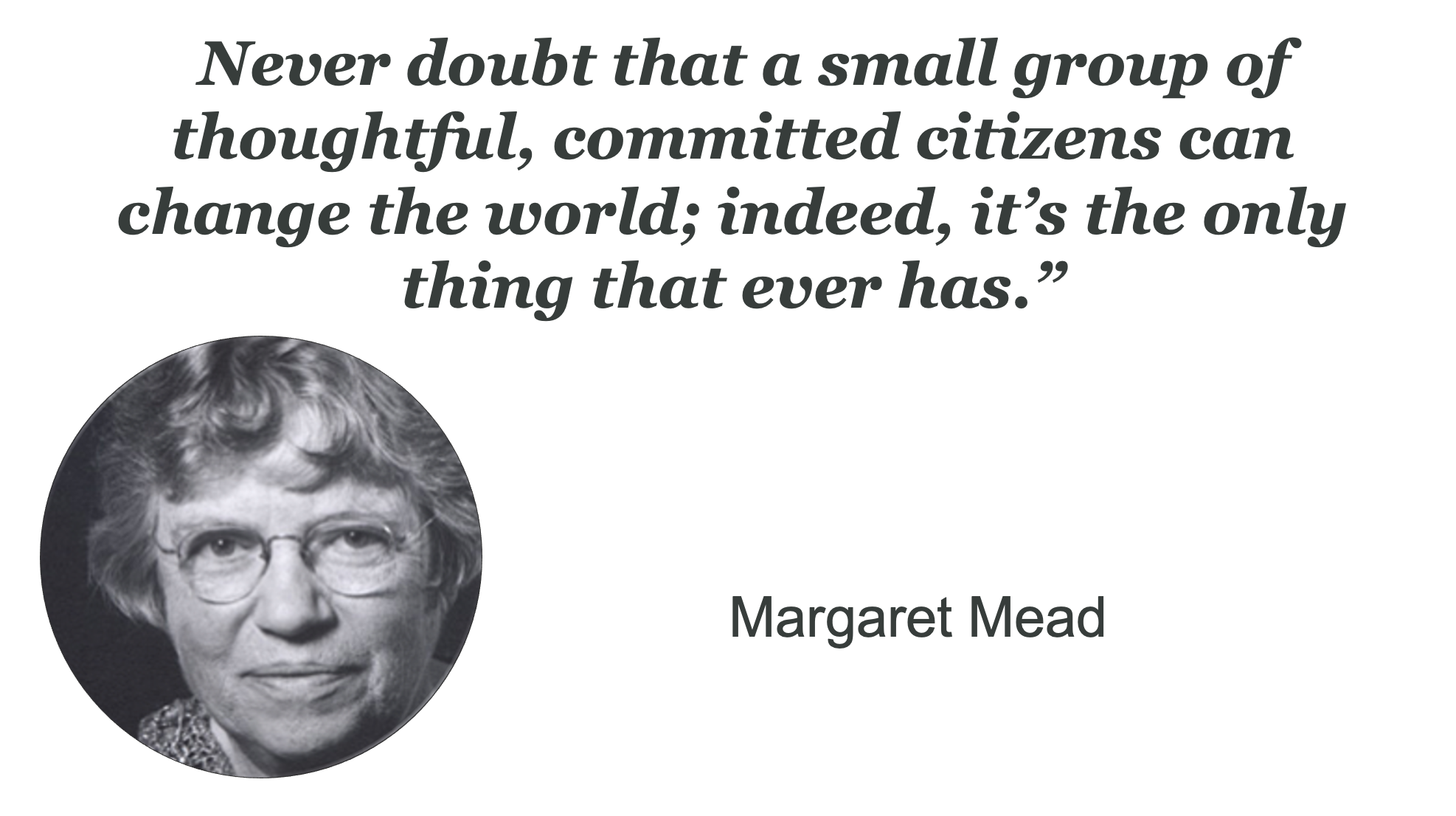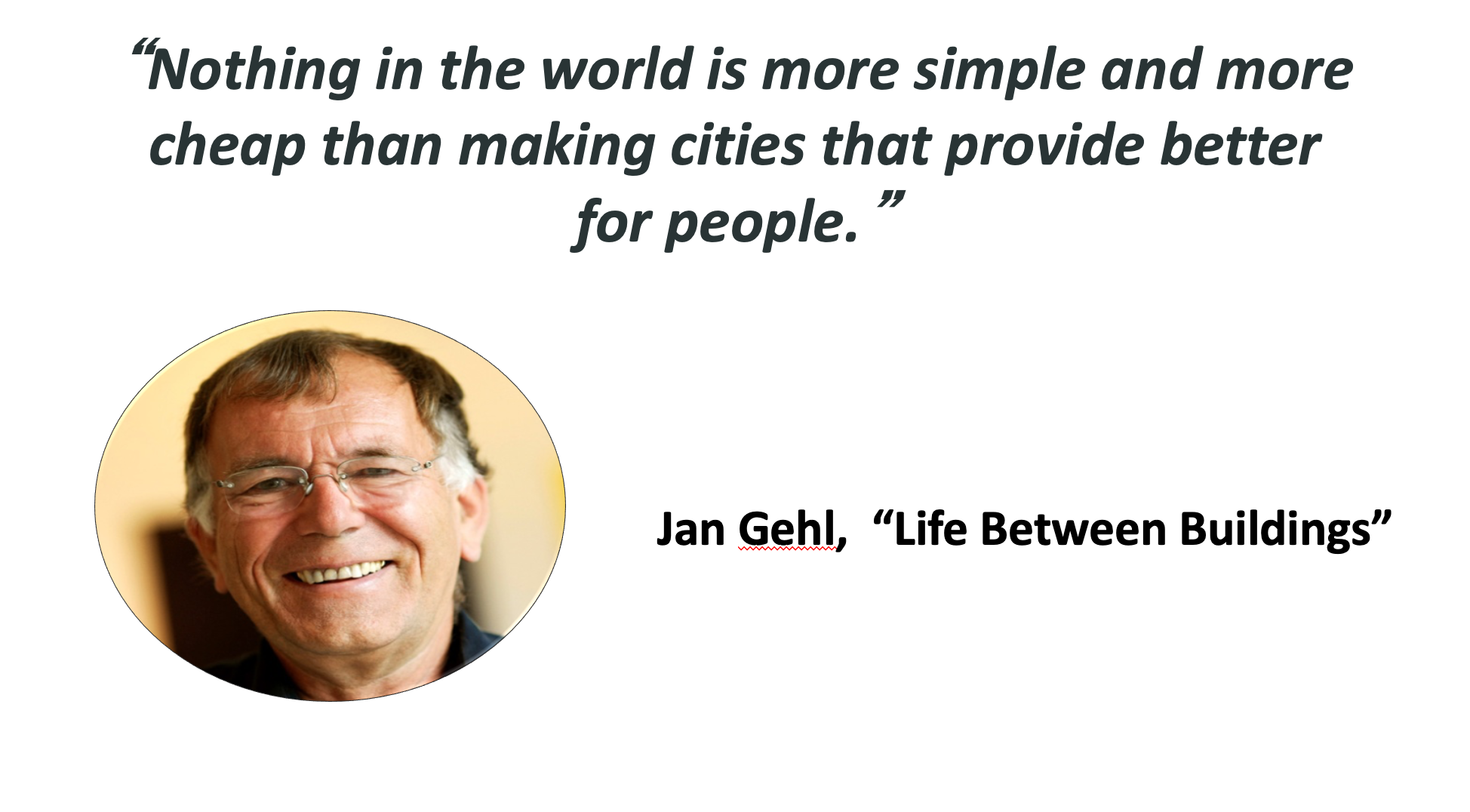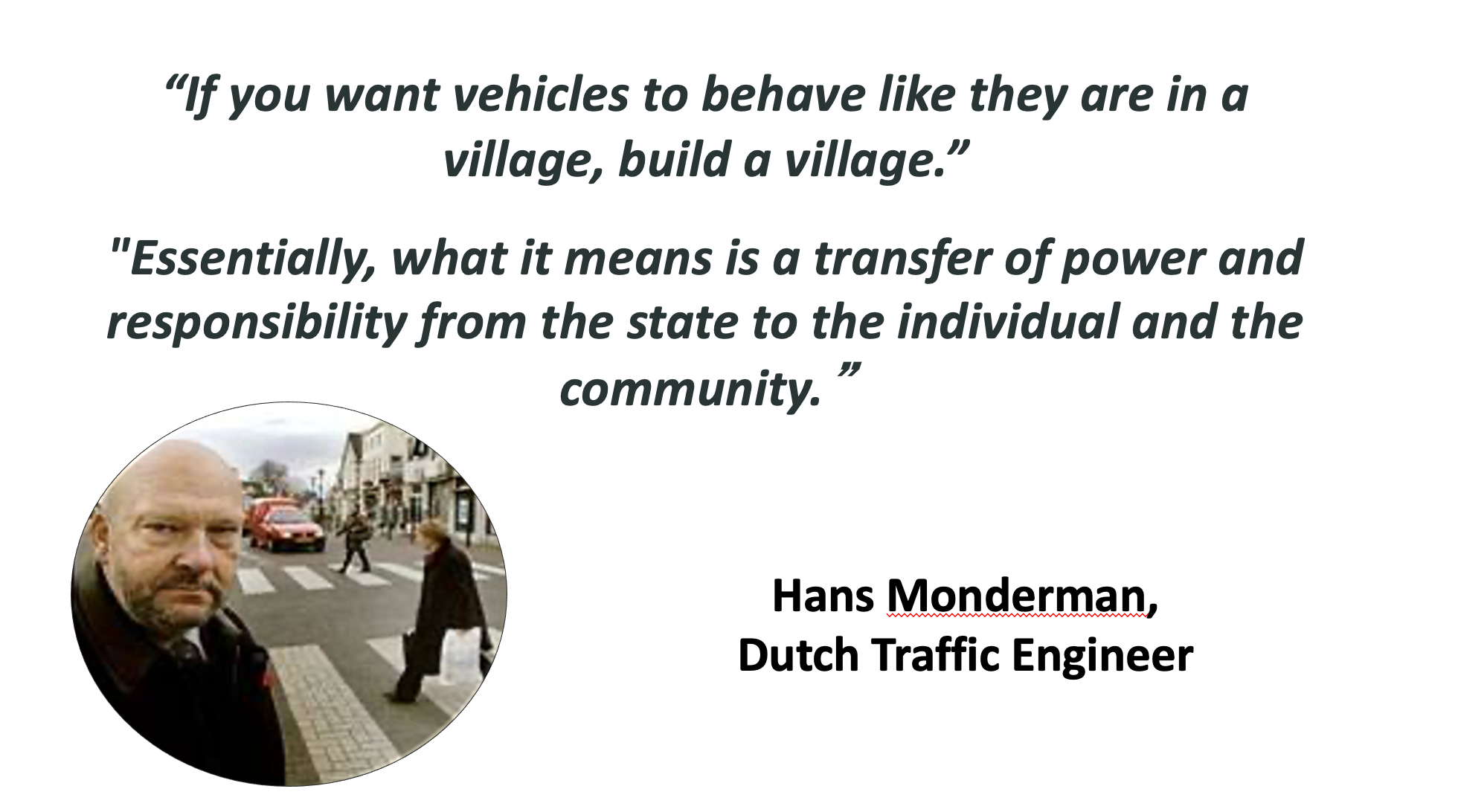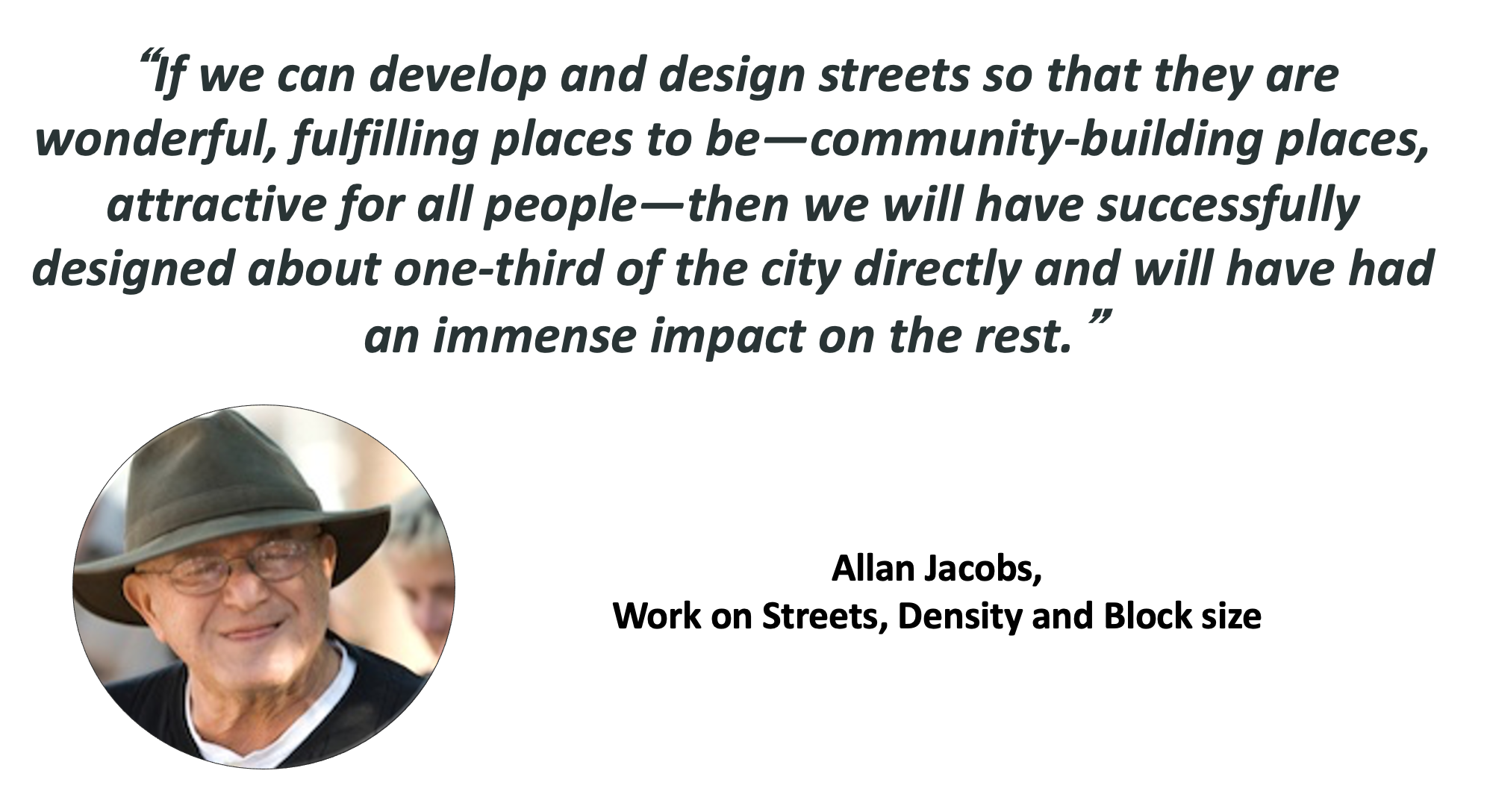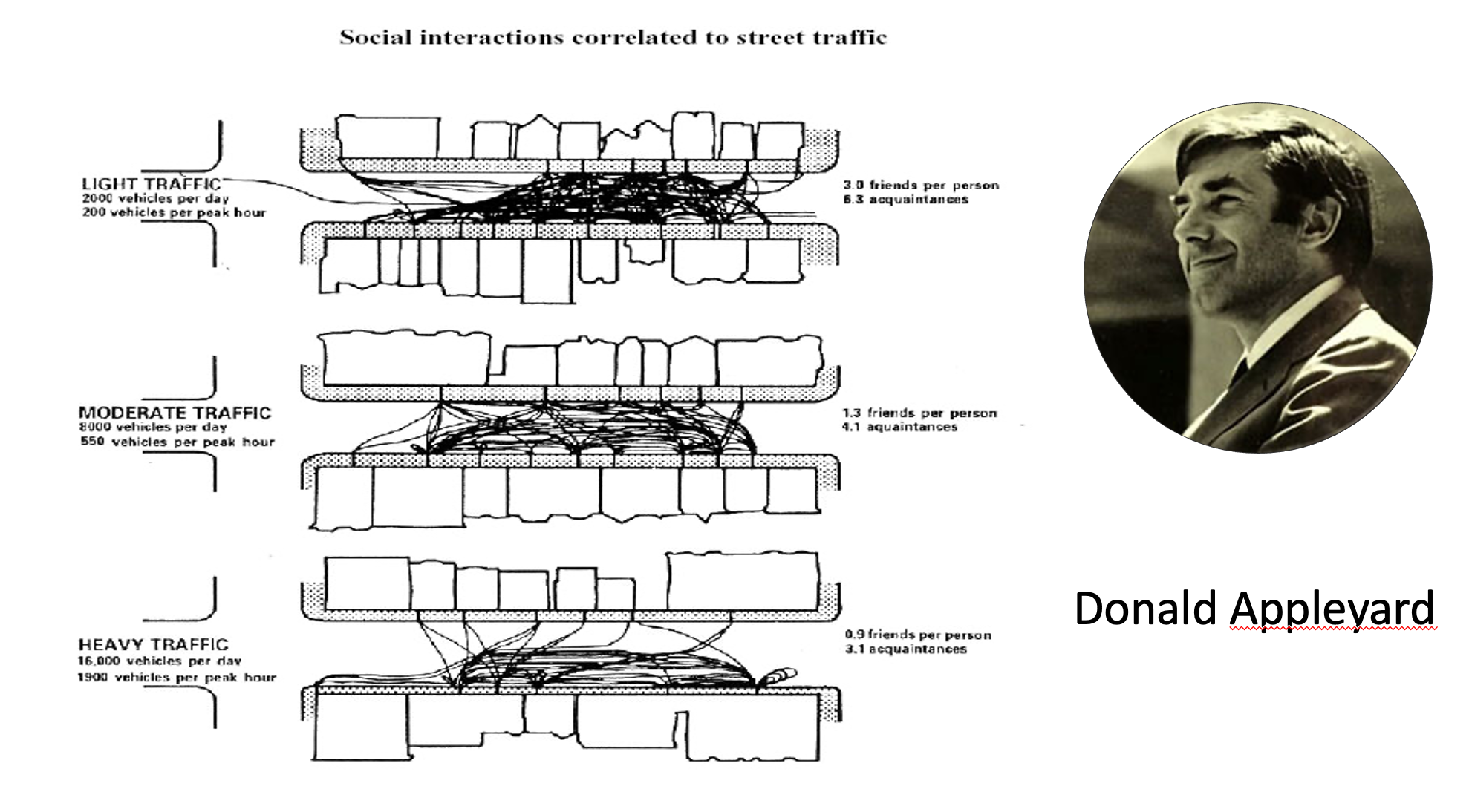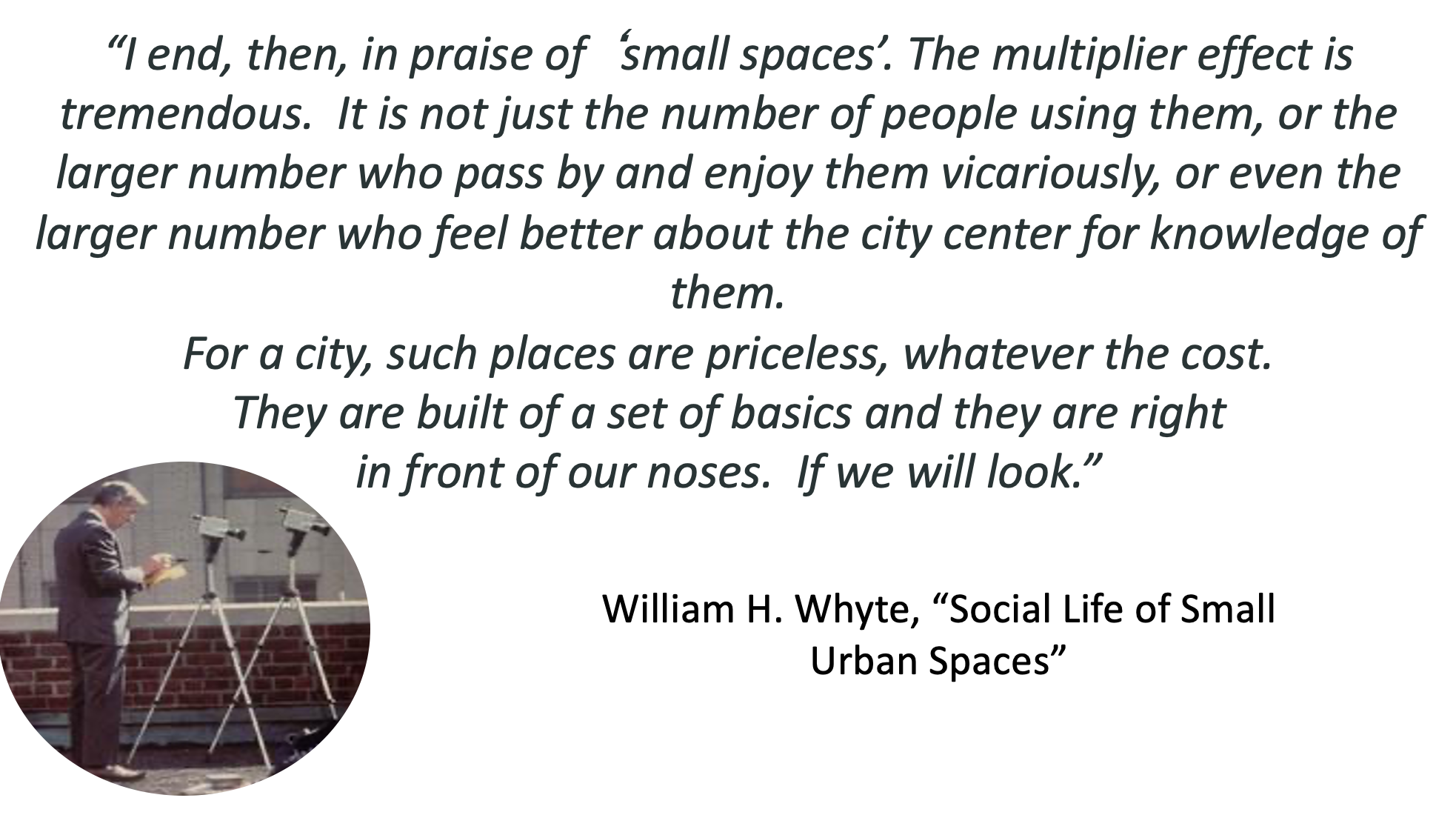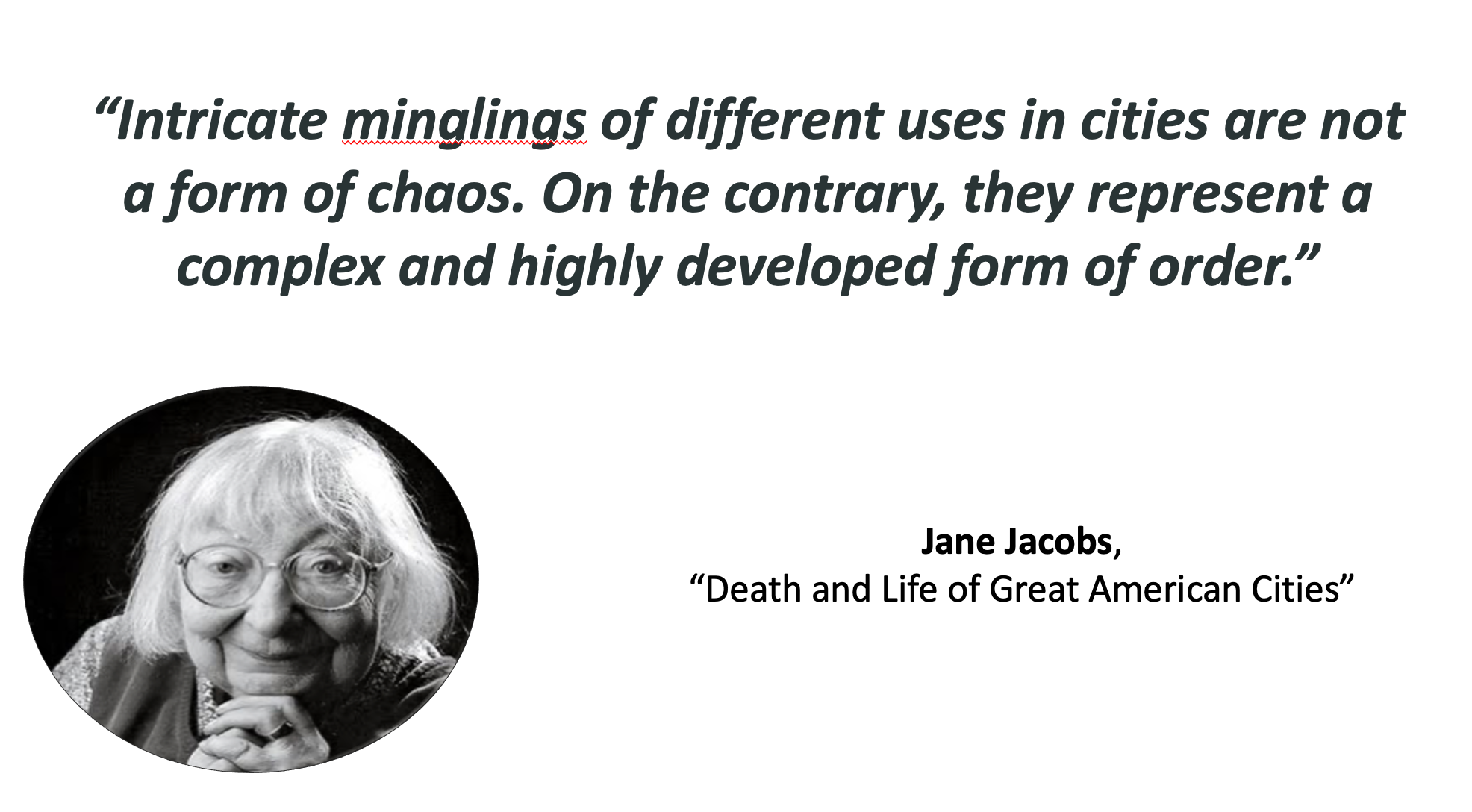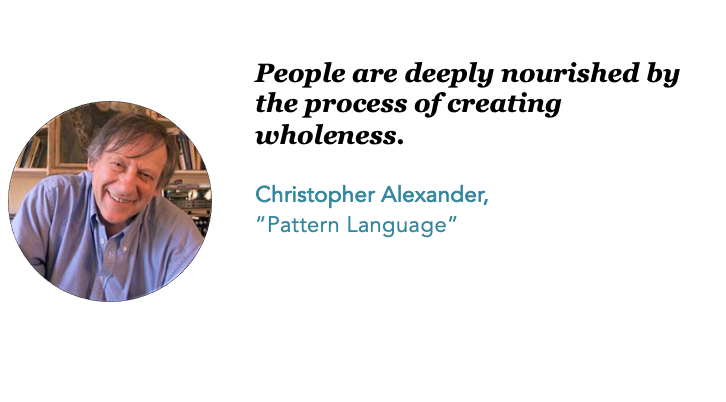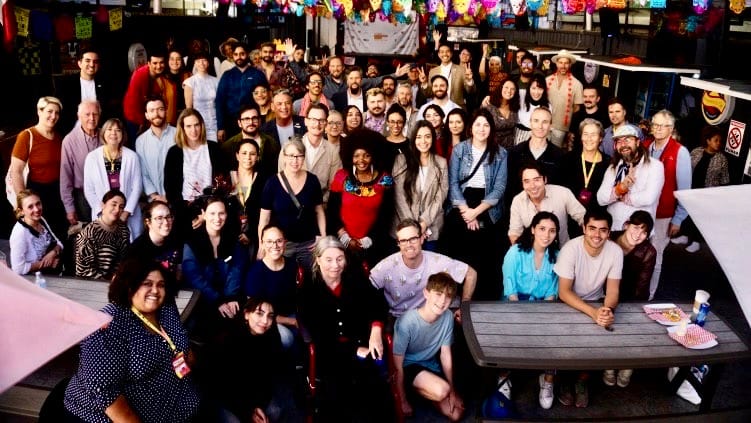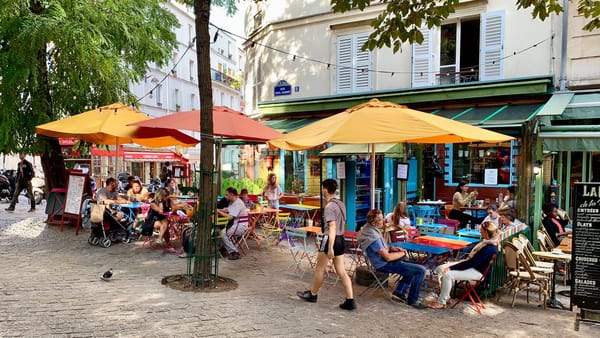Great public places make it possible for us to have interesting experiences on a daily basis and to engage more fully with our cities so that we can create beautiful memories, feel joy, and develop a sense of connection and attachment to our communities. This is why we are so passionate about the Placemaking movement which helps communities create great public places.
Our 11 agendas comprise the 11 areas we believe need to be focused on to create better cities – cities that are full of vibrant social activity, community life, and prosperity. For each agenda we have created a resource guide that breaks the agenda down into its sub-categories and offers articles with examples and guidelines to help revitalize that part of the city, from sidewalks to waterfronts. We hope these resource guides will help you create a vision for your city's future.
Agenda 1) Create Streets and Sidewalks We Love
We need to treat our streets as beloved destinations rather than as soulless throughways. Designing streets to be places where we love to spend time is a game changer for the public realm and for our society as a whole. Having streets and sidewalks we enjoy hanging out at, whether it be in our neighborhoods, downtowns, or even in the countryside is key to getting us walking around, interacting with each other, and engaging with businesses.
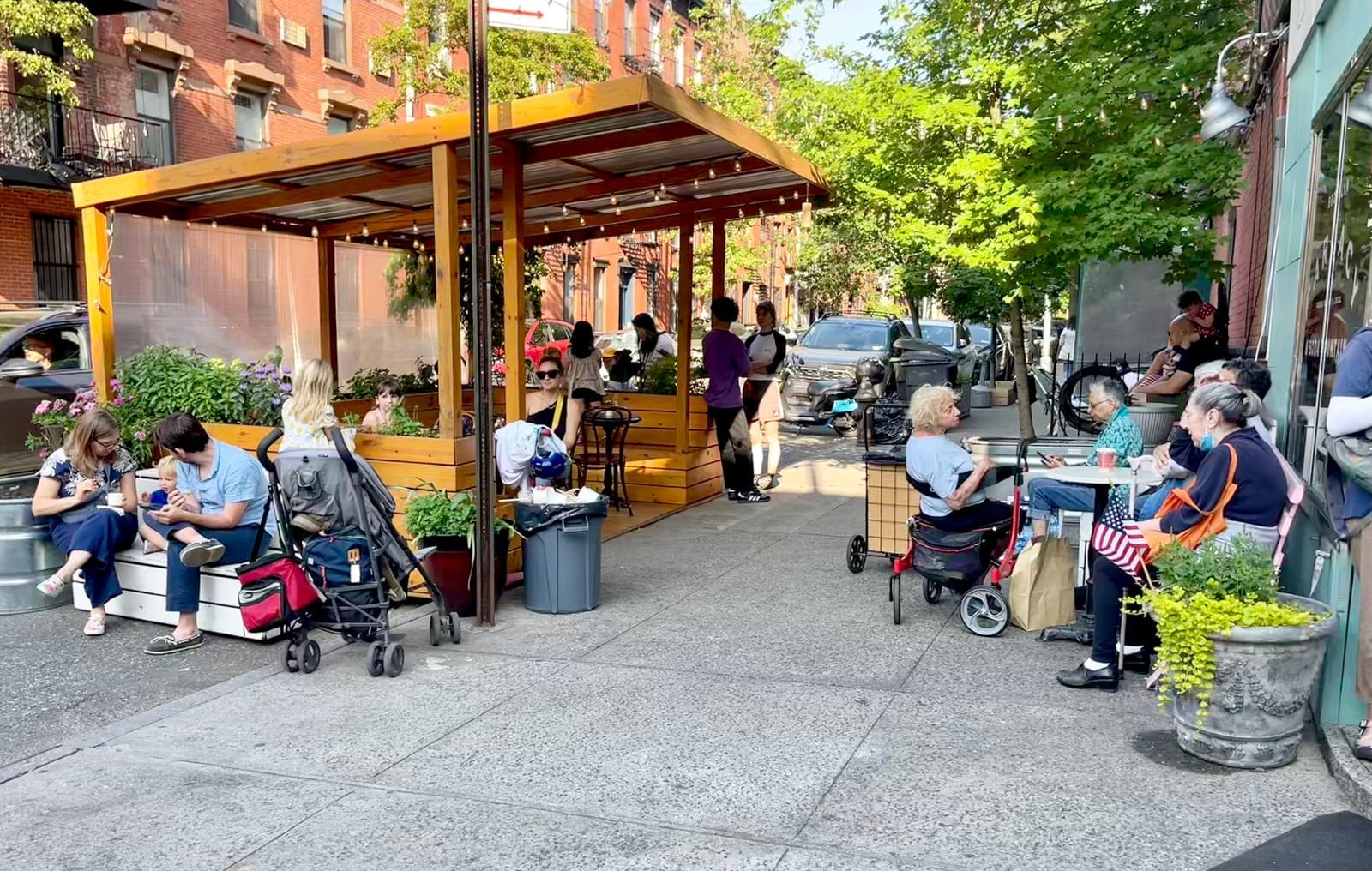
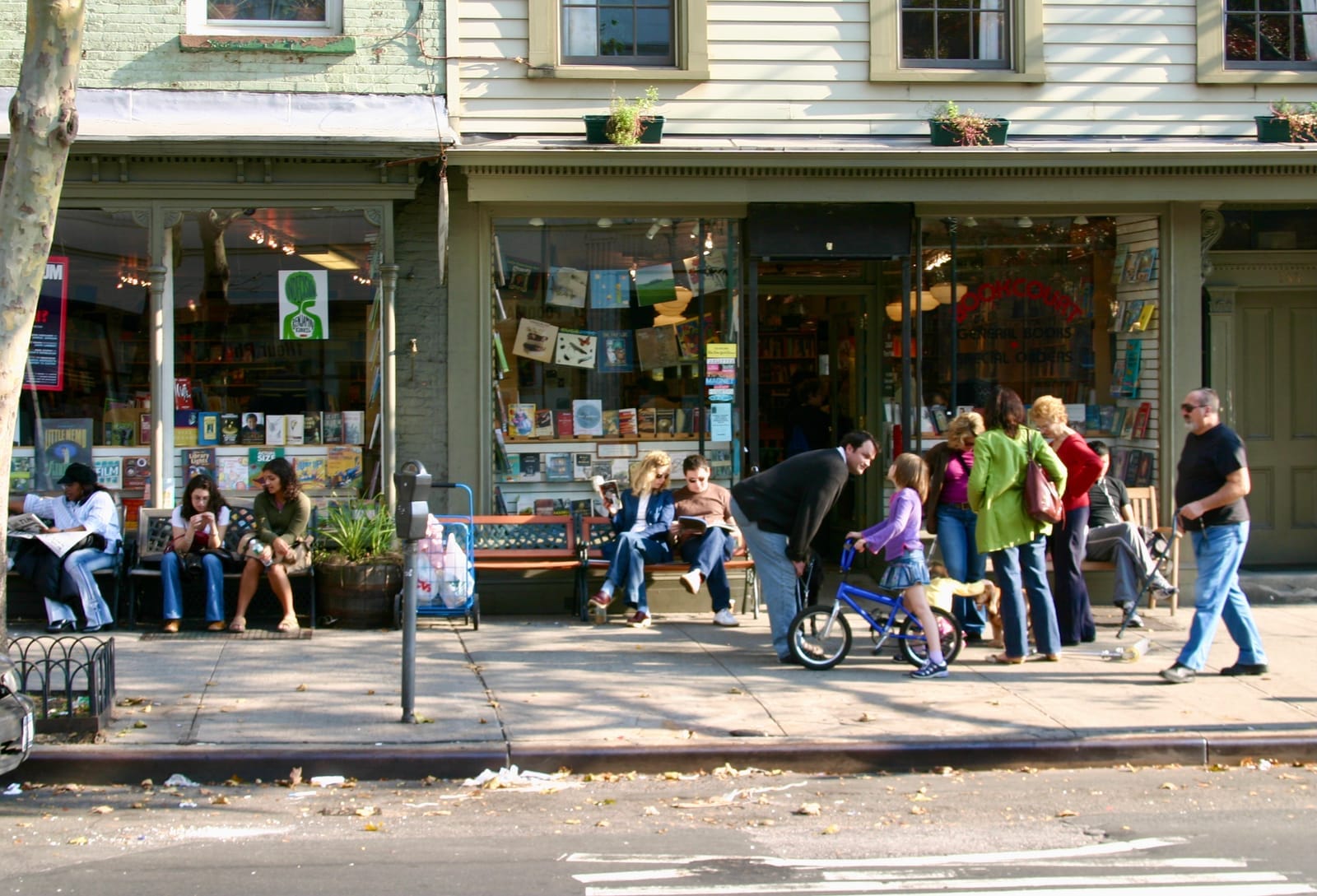
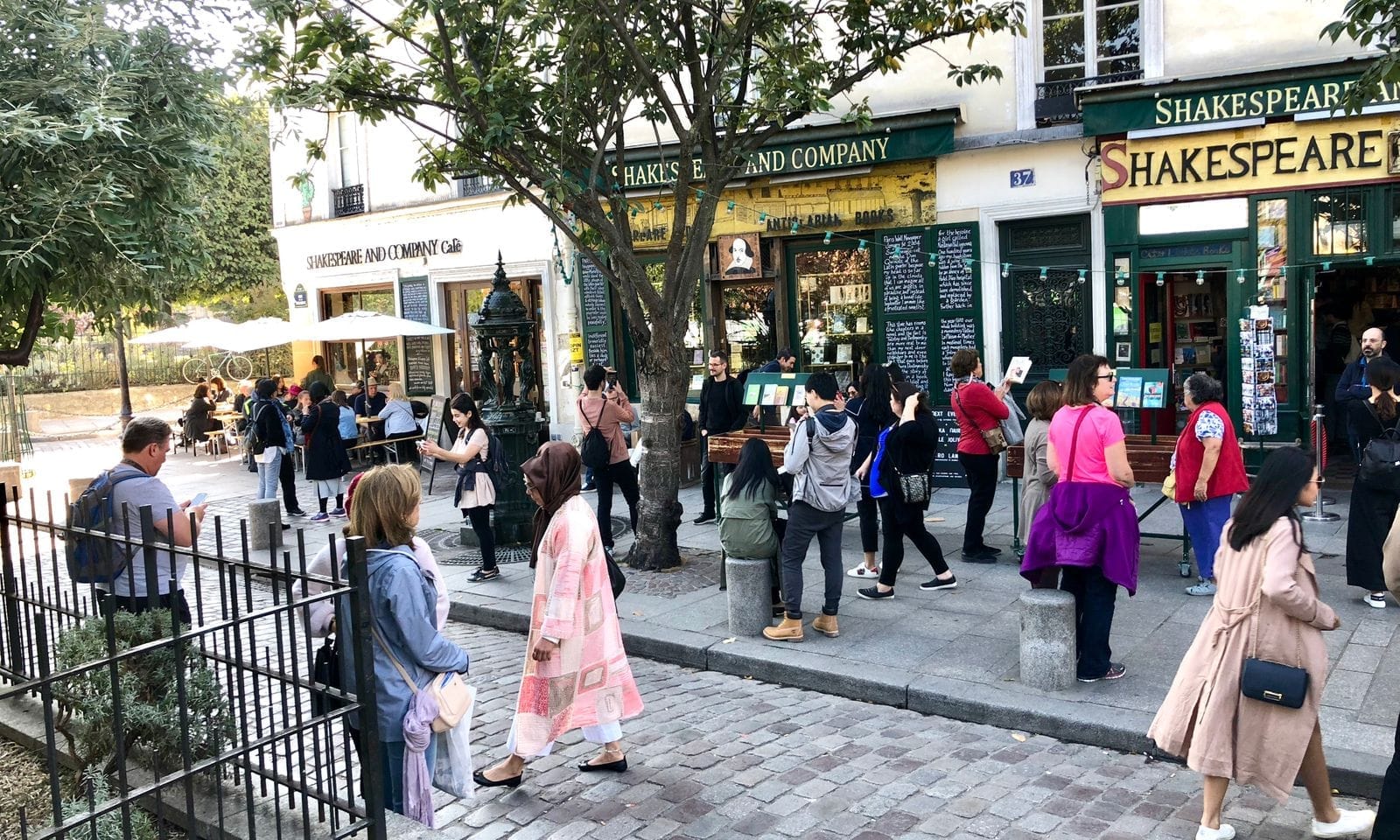
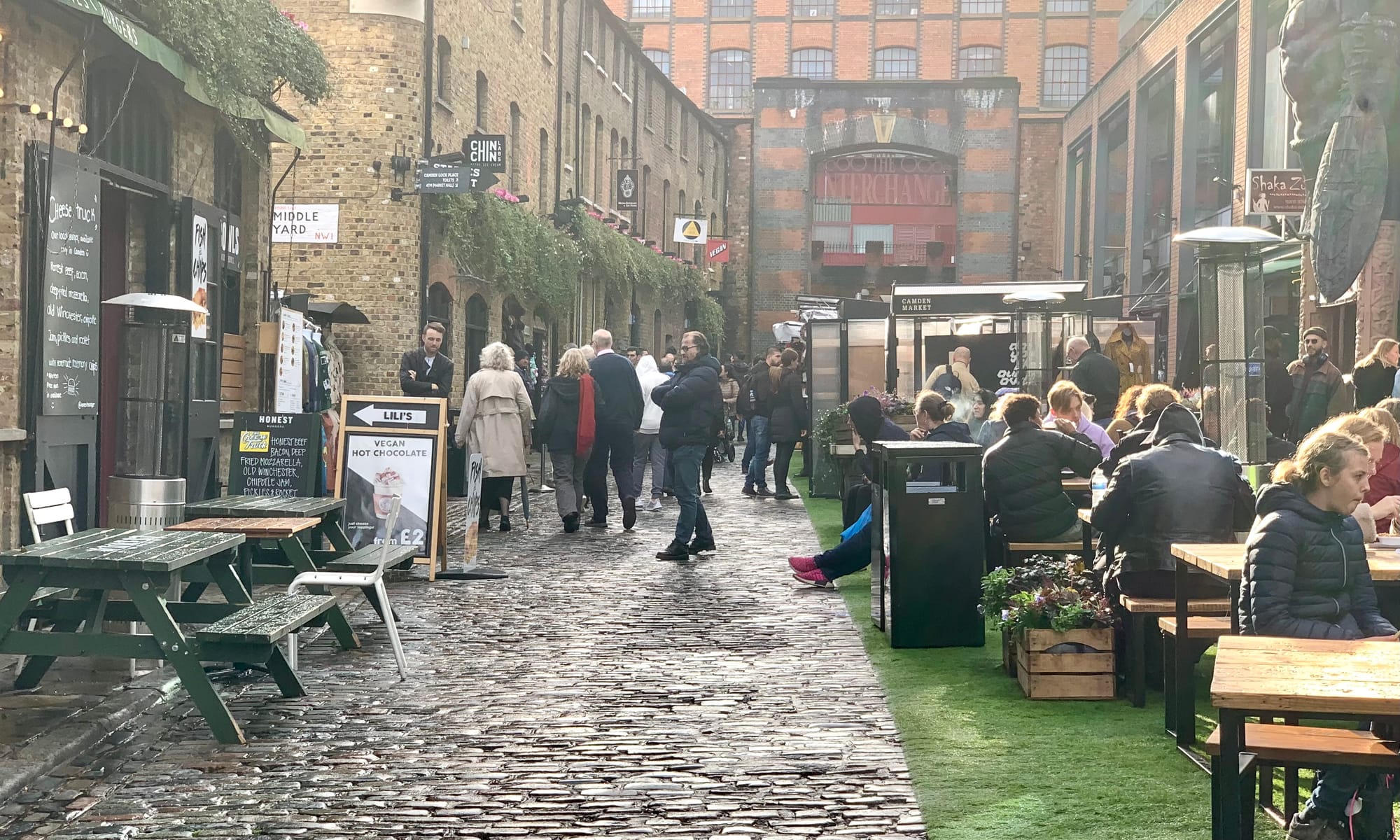
Cobble Hill, Brooklyn, Paris, London, Camden Lock
Sidewalks are our main public spaces. So much of our lives take place on them (or should take place on them) that shifting their design to focus on humans instead of cars changes everything about the experience of being in the city. Widening the sidewalks and intersections helps accommodate walkers and the great variety of activities that contribute to flourishing social and commercial life in a community.
Designing streets and sidewalks to support such activities needs to be a priority because vibrant sidewalk life is the key to making the street a place where people want to spend time, not just drive through. What's more, by improving sidewalks, we can even save the planet, because creating interesting sidewalk life is key to drawing people out of their cars and getting them walking around instead.
Sidewalks Resource guide
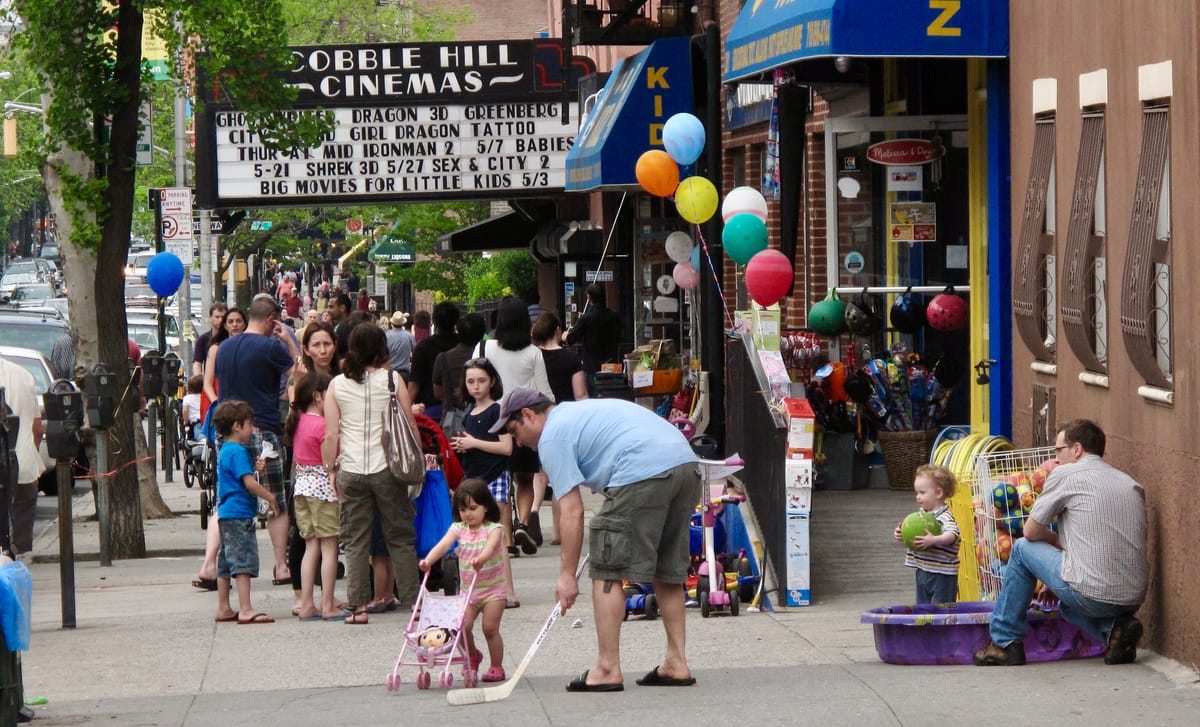
Top Evergreen Posts
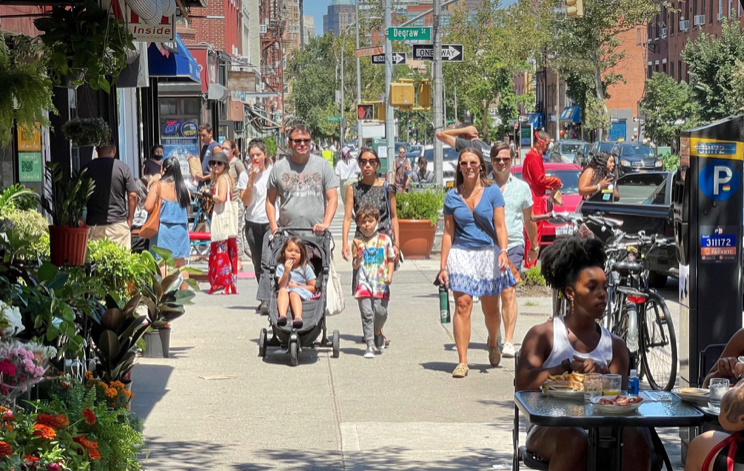
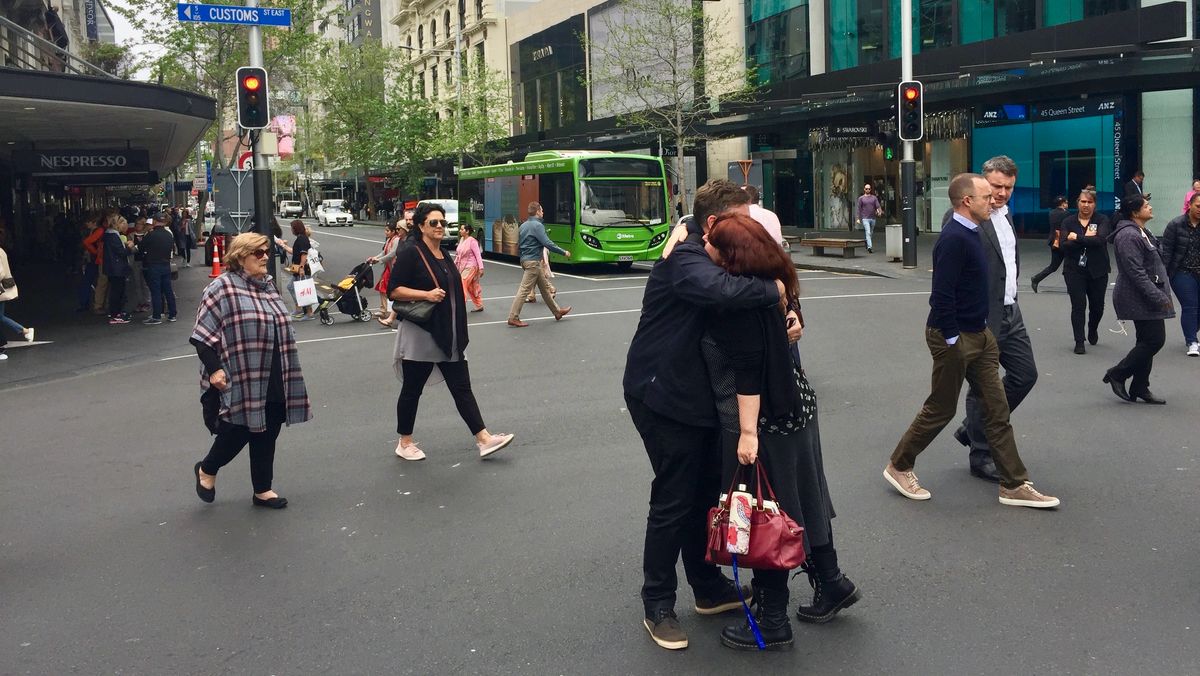
Start with the Corners
Corners are key points of the street network, the places where directions intersect and paths cross. As such, it is very important how they are designed and that they are able to support social life and business activity. Corners are very valuable real estate in the urban fabric. Putting attractive businesses, outdoor seating, shade and other key amenities there can transform them into vibrant hubs of community life and allows them to live up to their full potential.


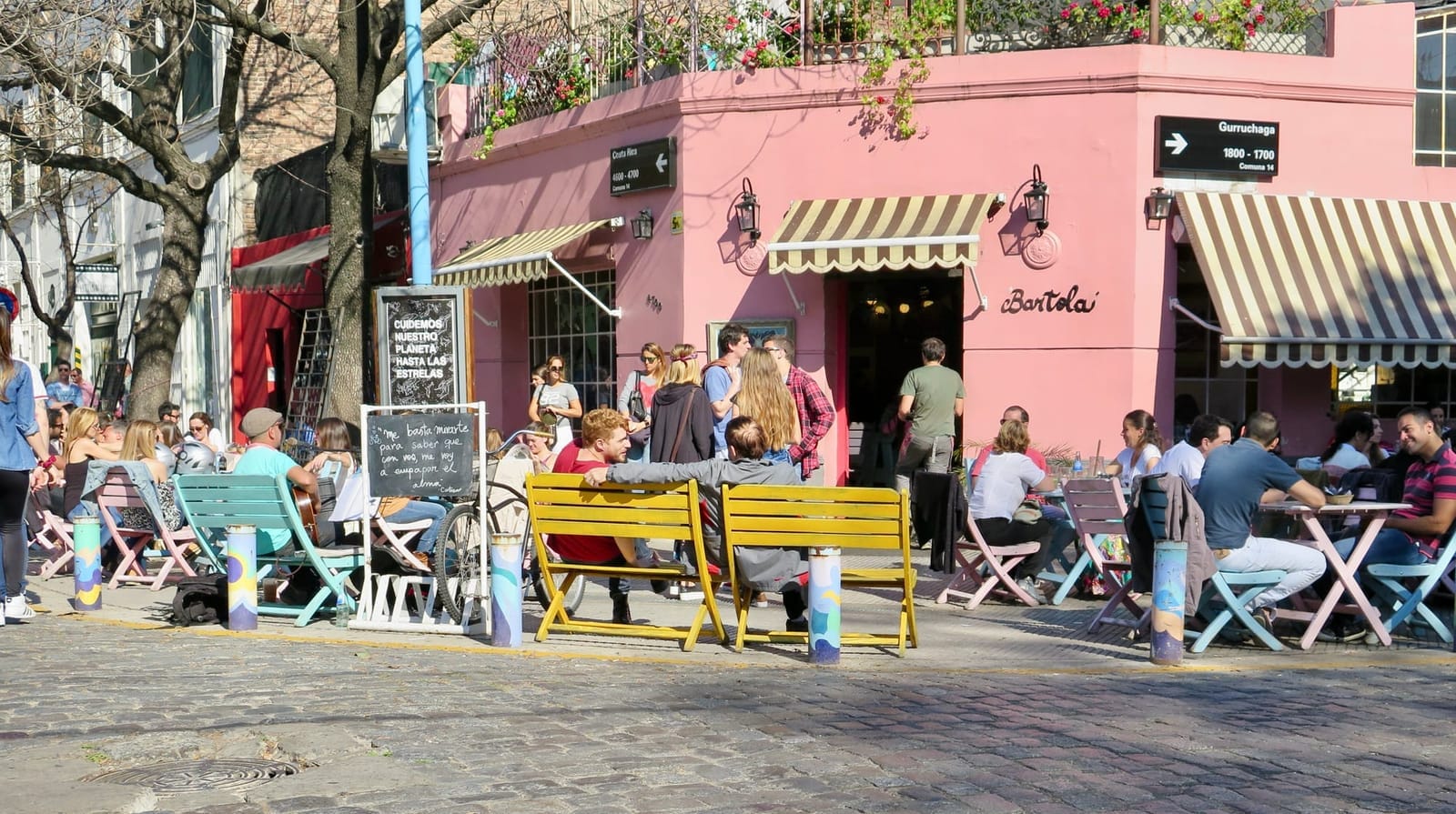
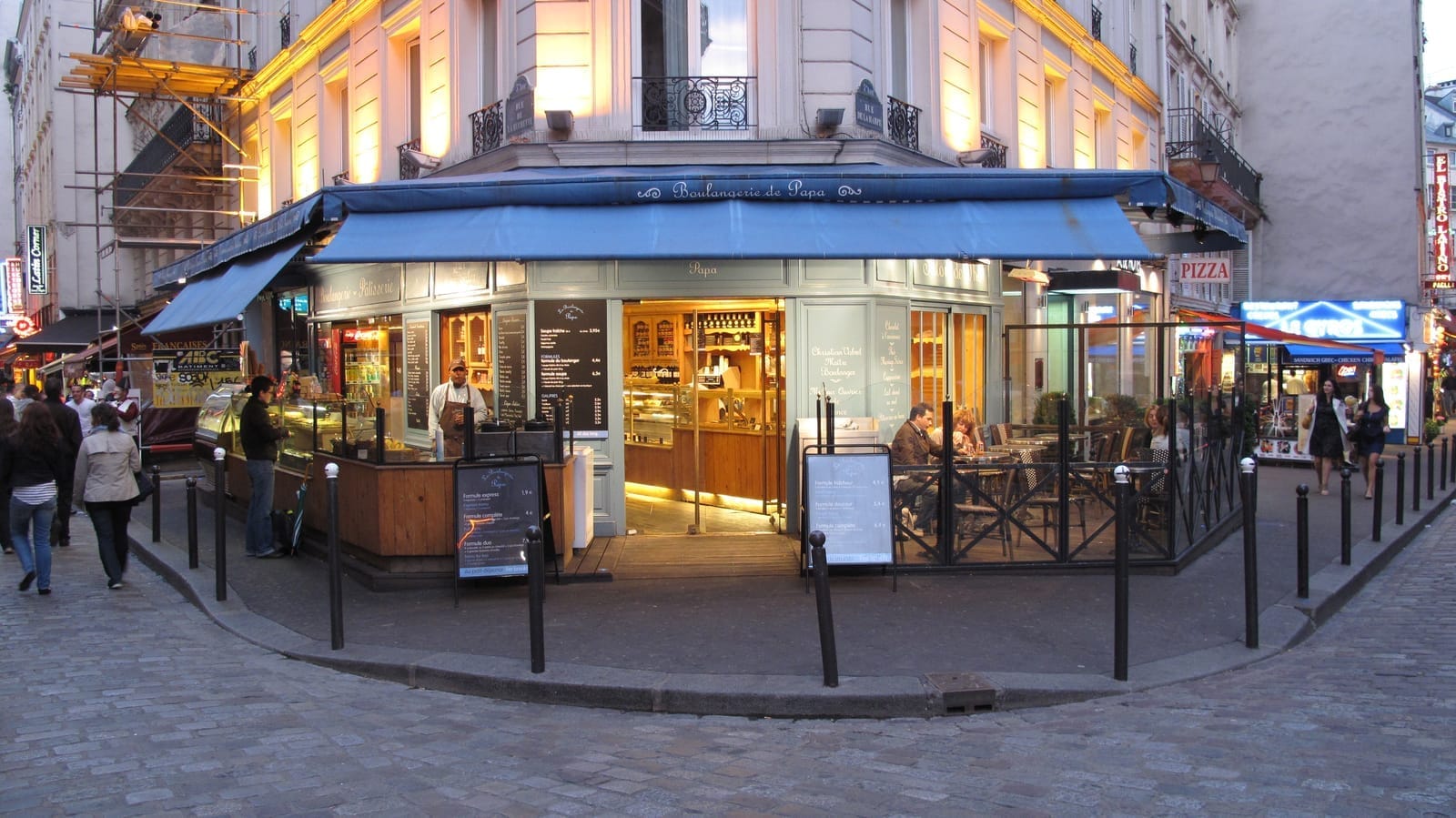
Corners Resource Guide

Top Evergreen Posts
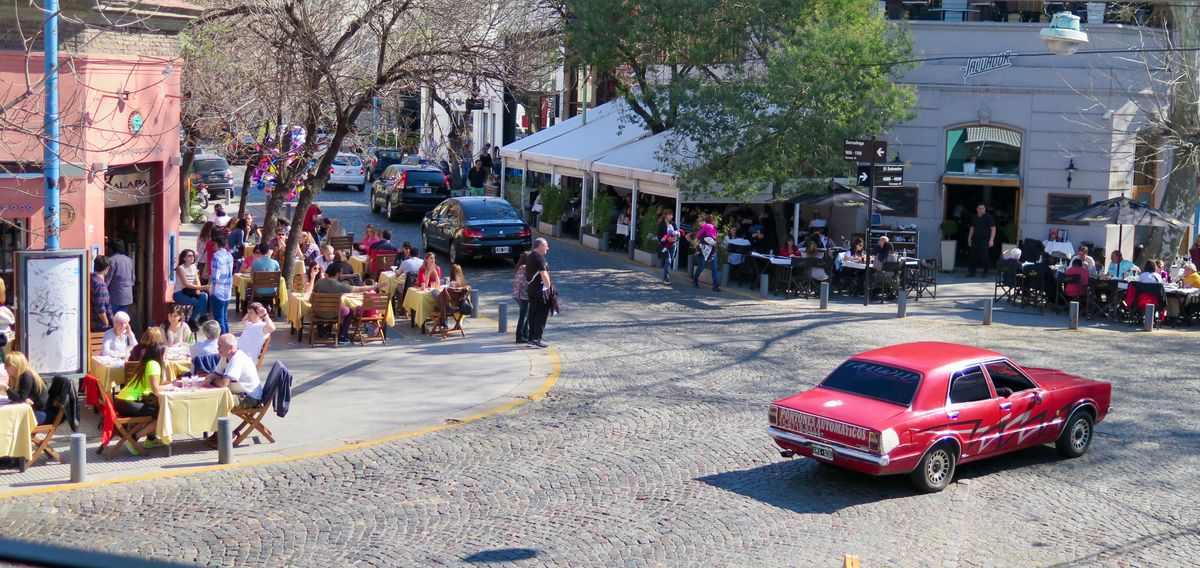
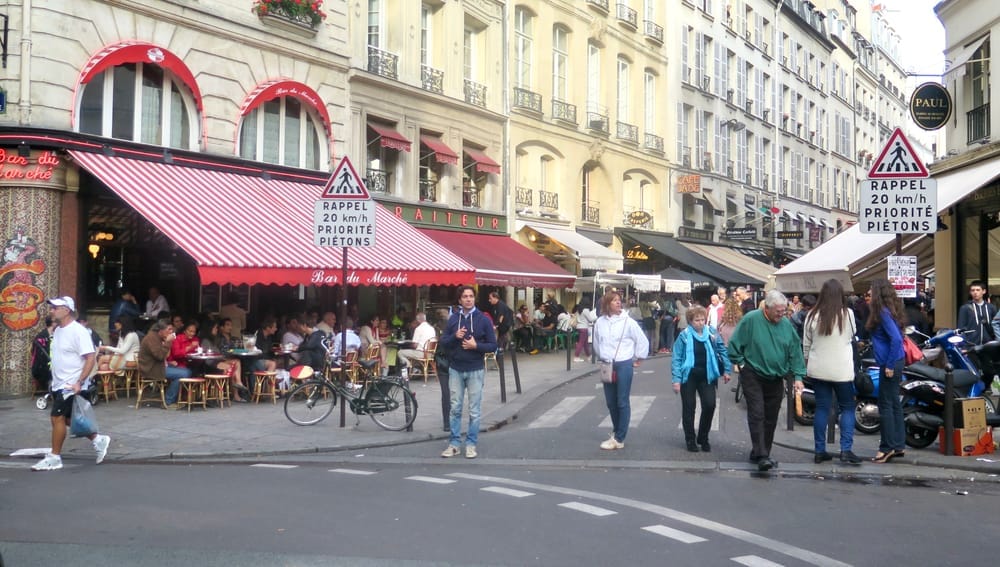
Agenda 2) Add Amenities – the Fundamental Elements That Support Social and Community Life
Amenities are what attract people to places. If we want to make places that people choose to return to again and again, we have to add amenities that make the experience of being there comfortable, convenient, and pleasant, such as shade, seating, food kiosks, etc. Nobody wants to sit in the scorching sun or stand while eating their melting ice cream. They want to sit in a shady spot, relax comfortably and enjoy themselves. Amenities are how we make that happen.
Seating
Seating is essential to great places because everybody wants or needs to sit down once in a while, whether it be because we are tired, hurting, or simply because we want to take a rest and talk with a friend. Putting seating in an area communicates that it is for people and that people's comfort is valued. This makes it a welcoming and pleasant place to be in.
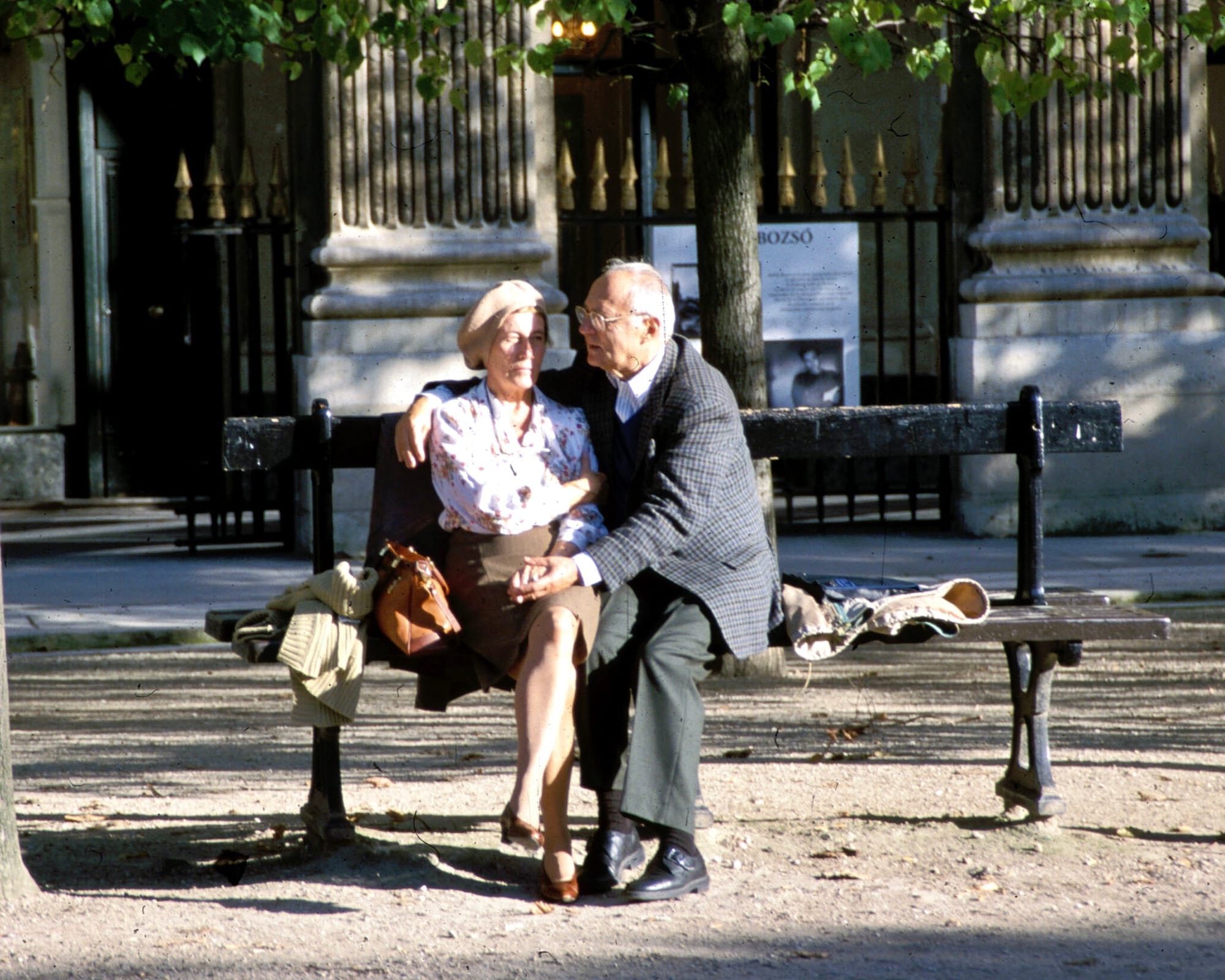
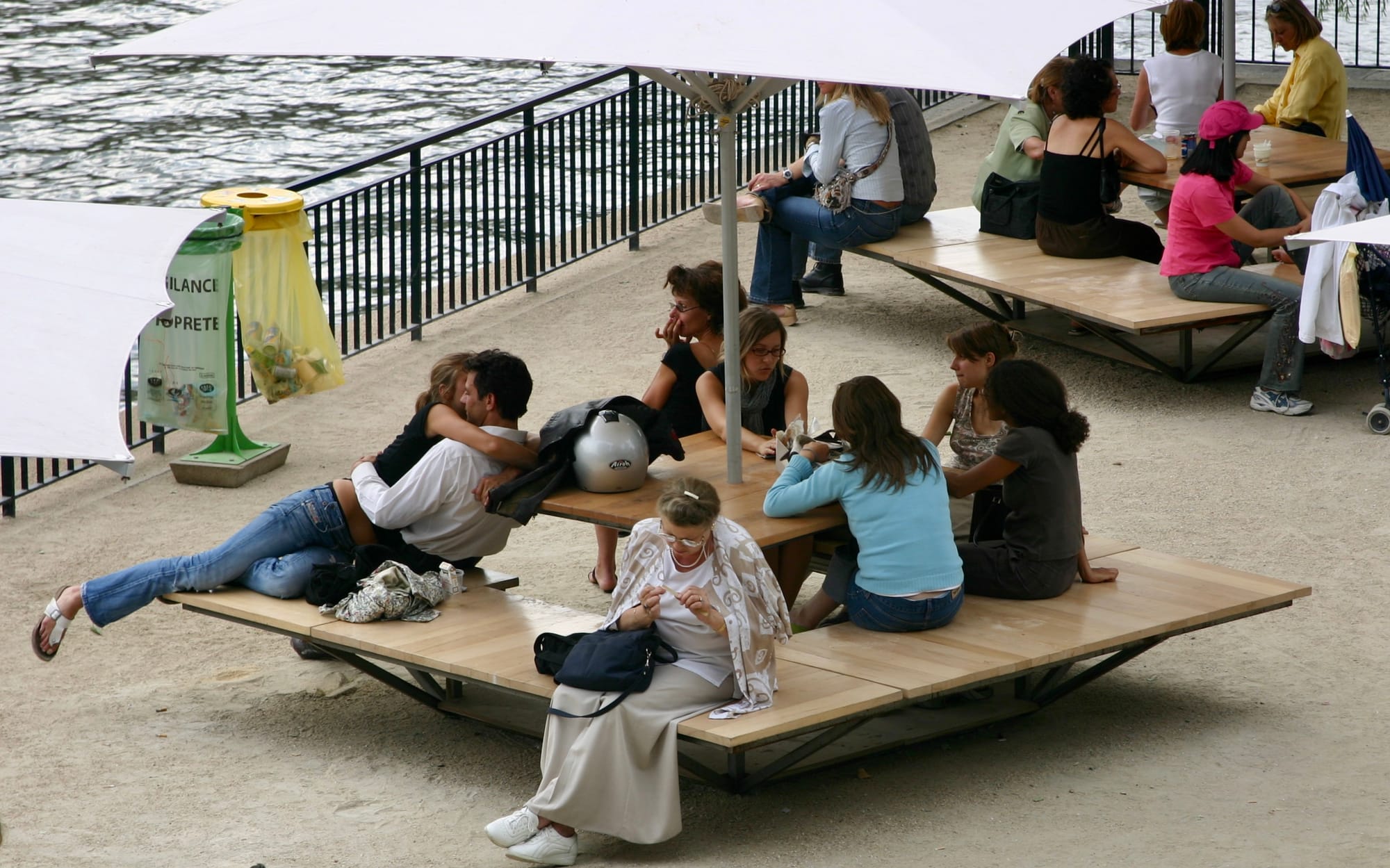
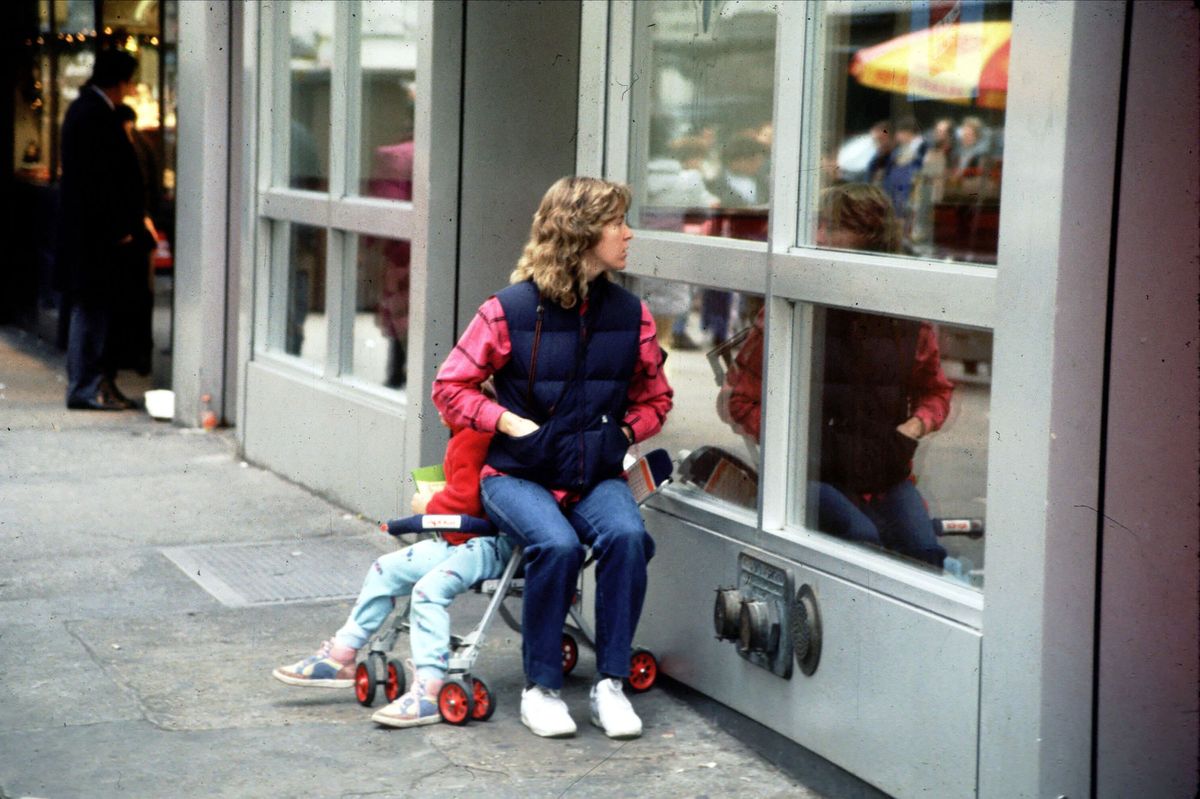
Shade
Shade is vital for places where people are expected to spend time. Not only is being exposed to direct sunlight for long periods dangerous, it's very unpleasant. Nobody likes the experience of the hot sun beating down on them. We are drawn to shady spots and cool reprieves. A square or sidewalk without shade is one that will see little visitation. Shade is therefore one of the most important amenities in public places, especially where sunshine is abundant.
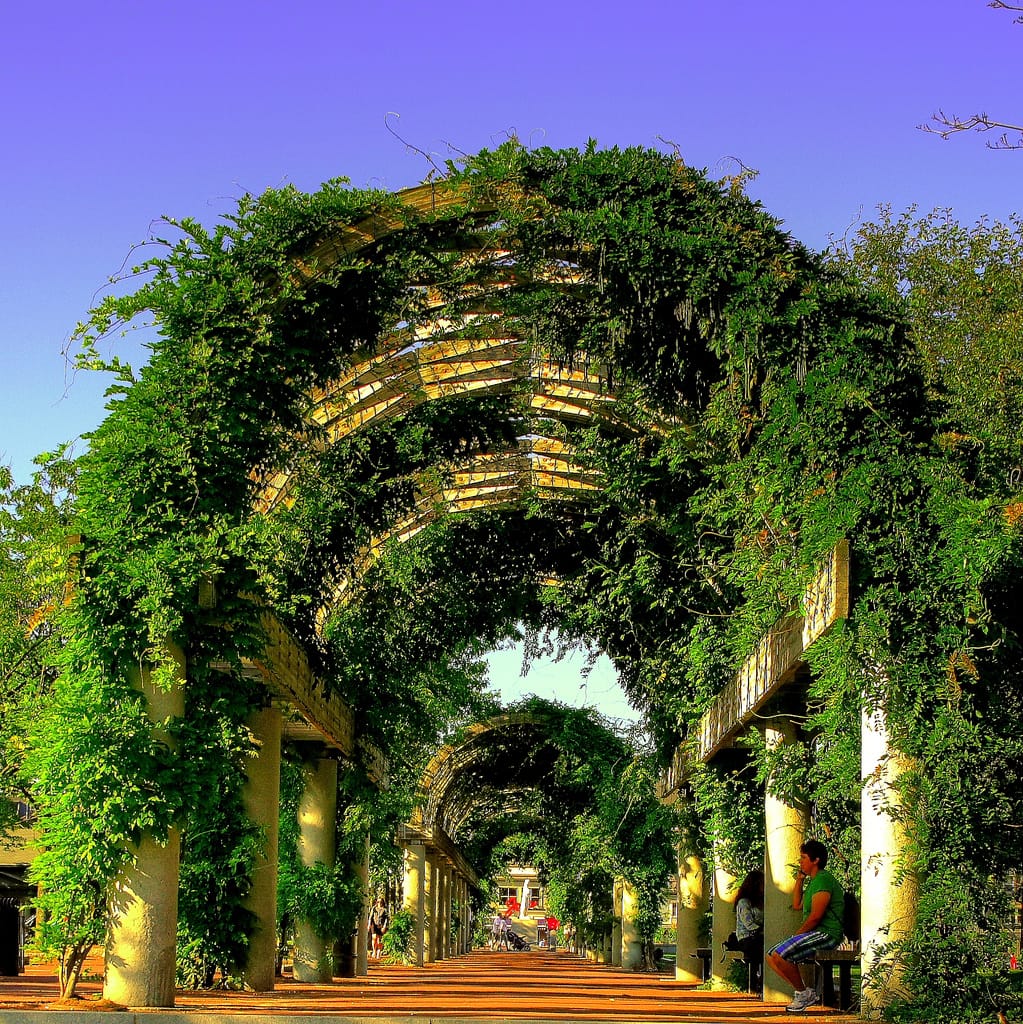
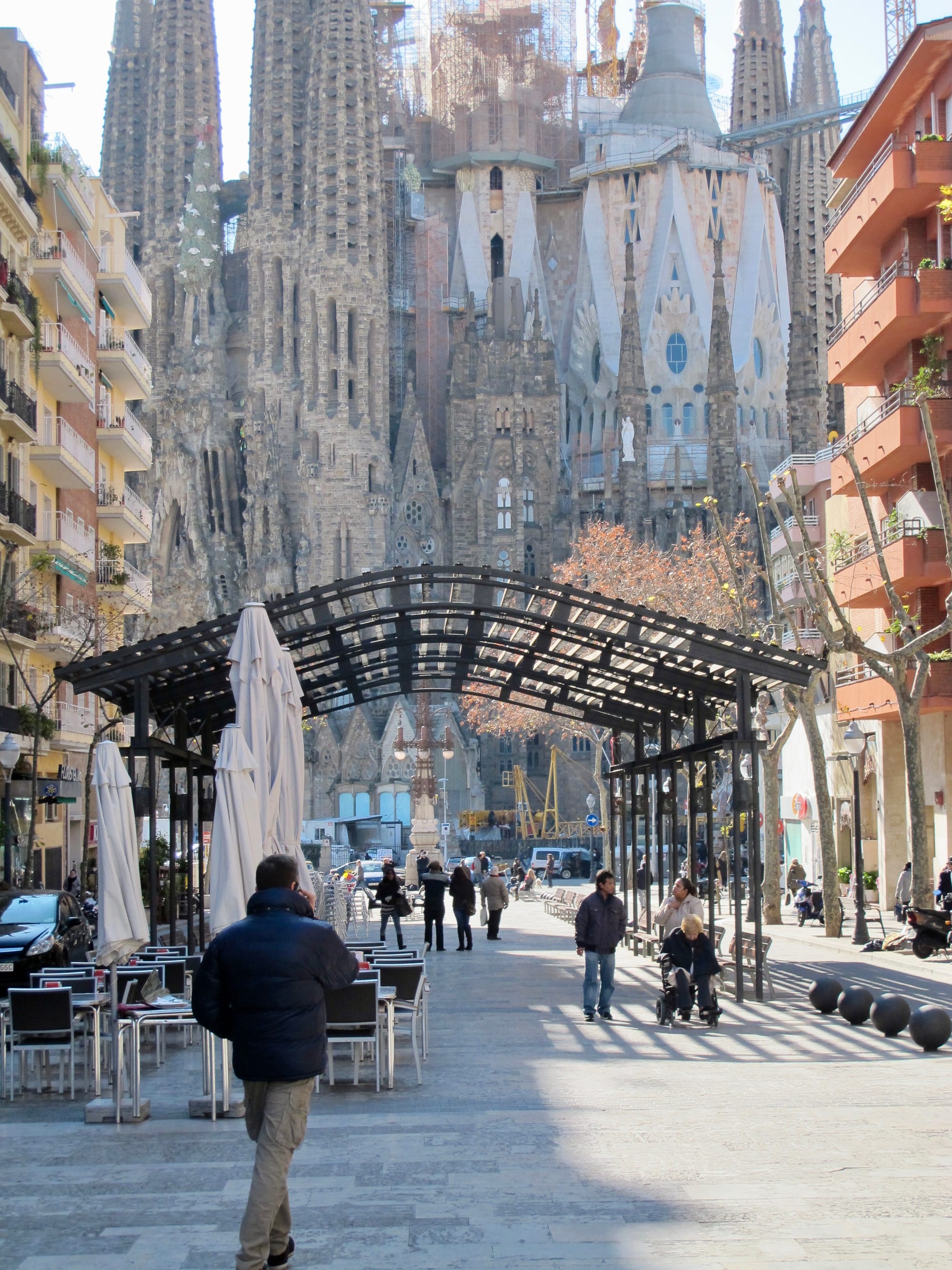

Bollards
Bollards are important amenities for several reasons. On the one hand, they protect pedestrians from cars by providing a structural separation between the sidewalk and street. They are an indicator that these are separate realms with distinct roles in urban life that shouldn't be mixed. On the other hand, bollards are great spots to pause and lean on, talk, or take photos from. In a way, they are triggers for social interactions.
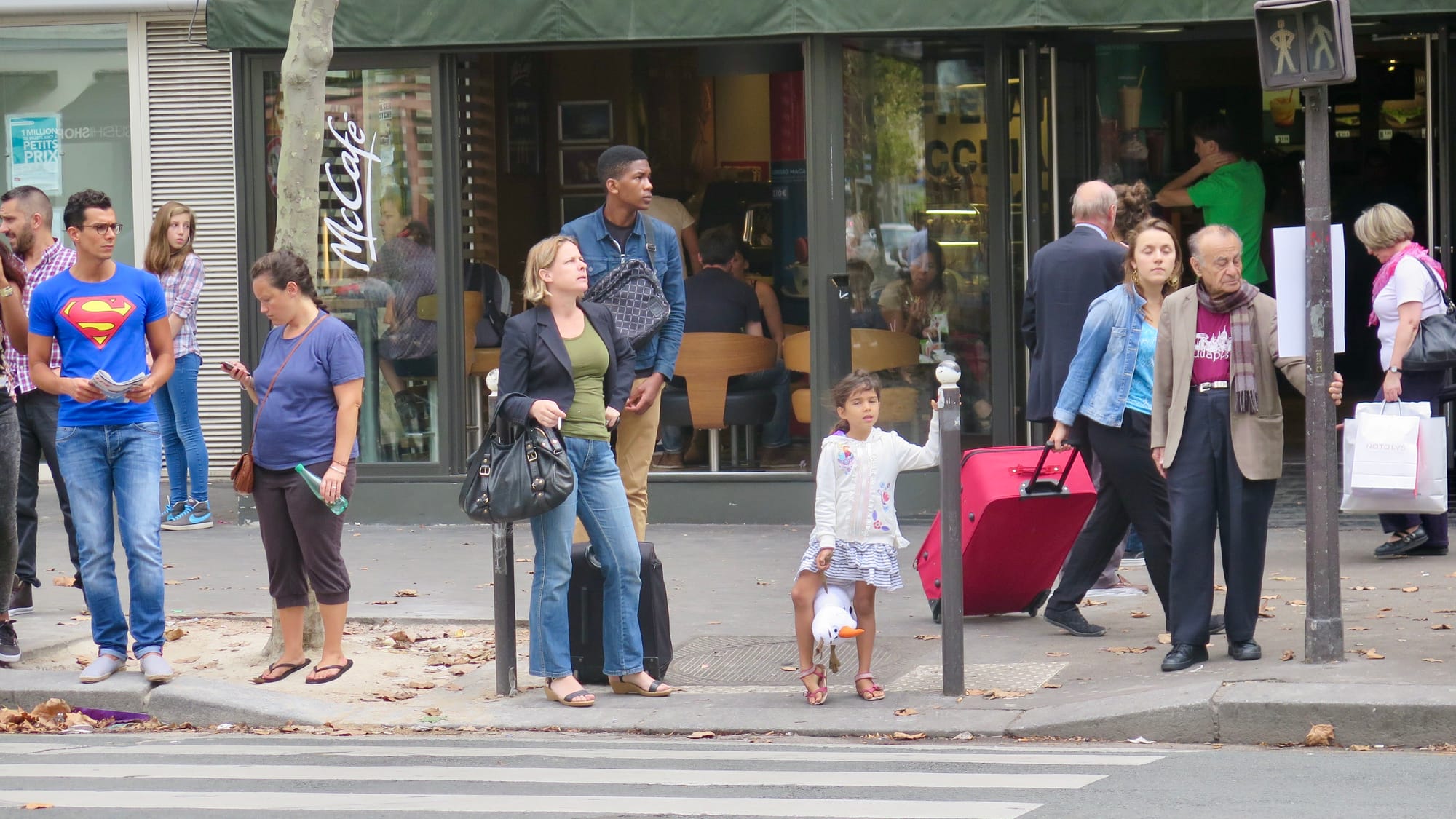
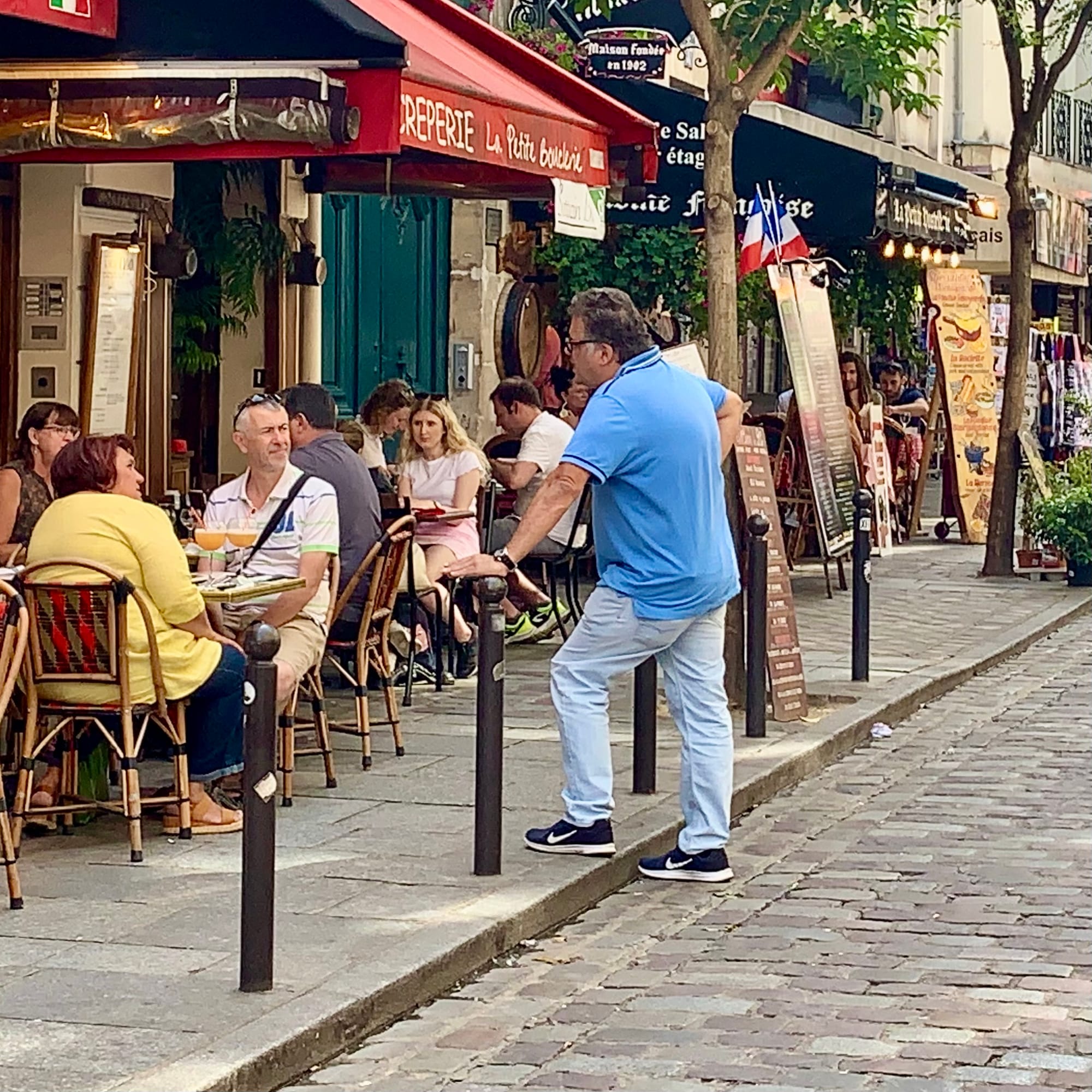
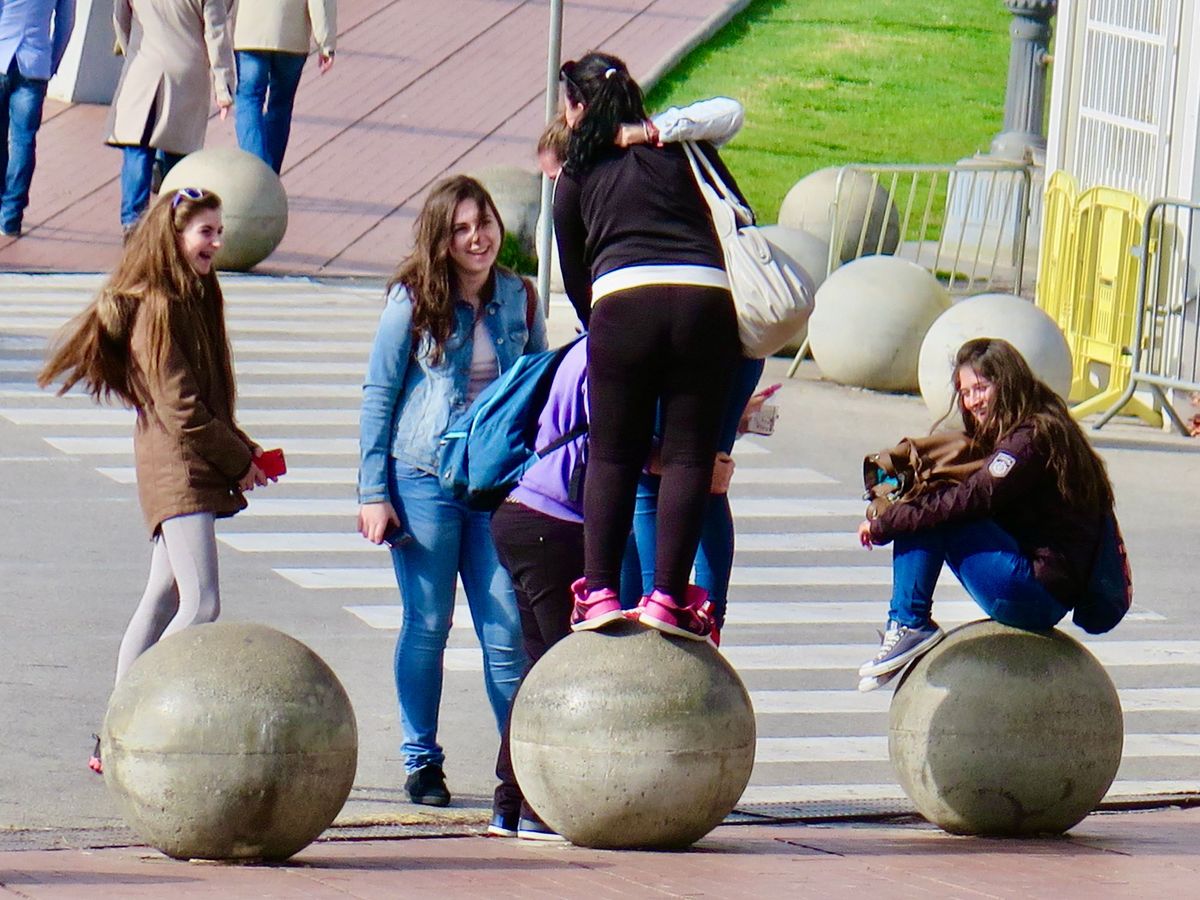
Amenities Resource Guide
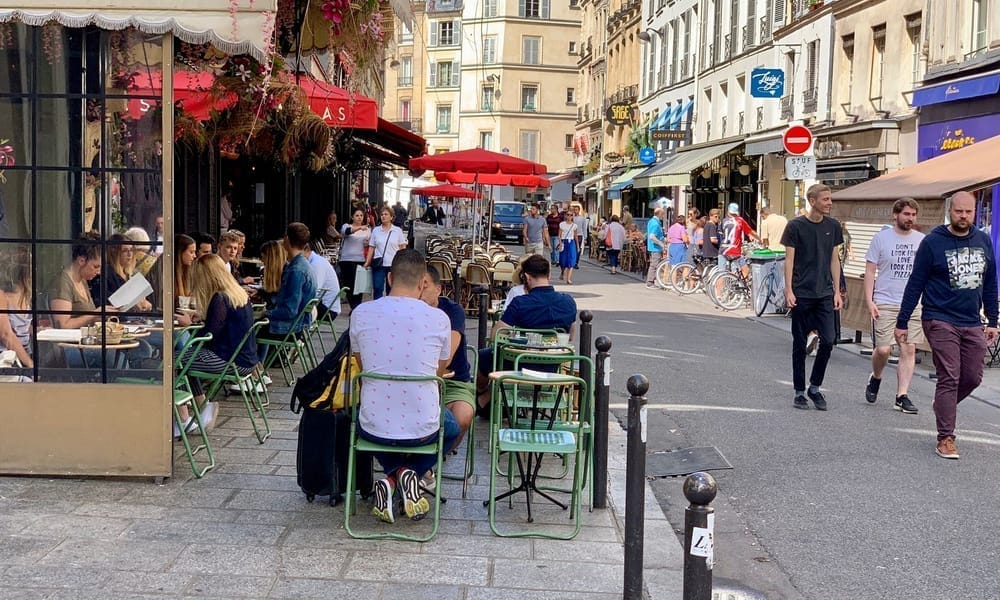
Agenda 3) Turn Buildings "Inside Out"
If sidewalks are lined by bare walls and closed doors, they become dull places where there is nothing to see or experience. Naturally, people avoid such places rather than flock to them. The way to reverse this is to make them interesting and vibrant places by pulling the things that are normally behind walls and closed doors out into the public realm, allowing activities from stores, restaurants, and cultural institutions to spill into sidewalk life.
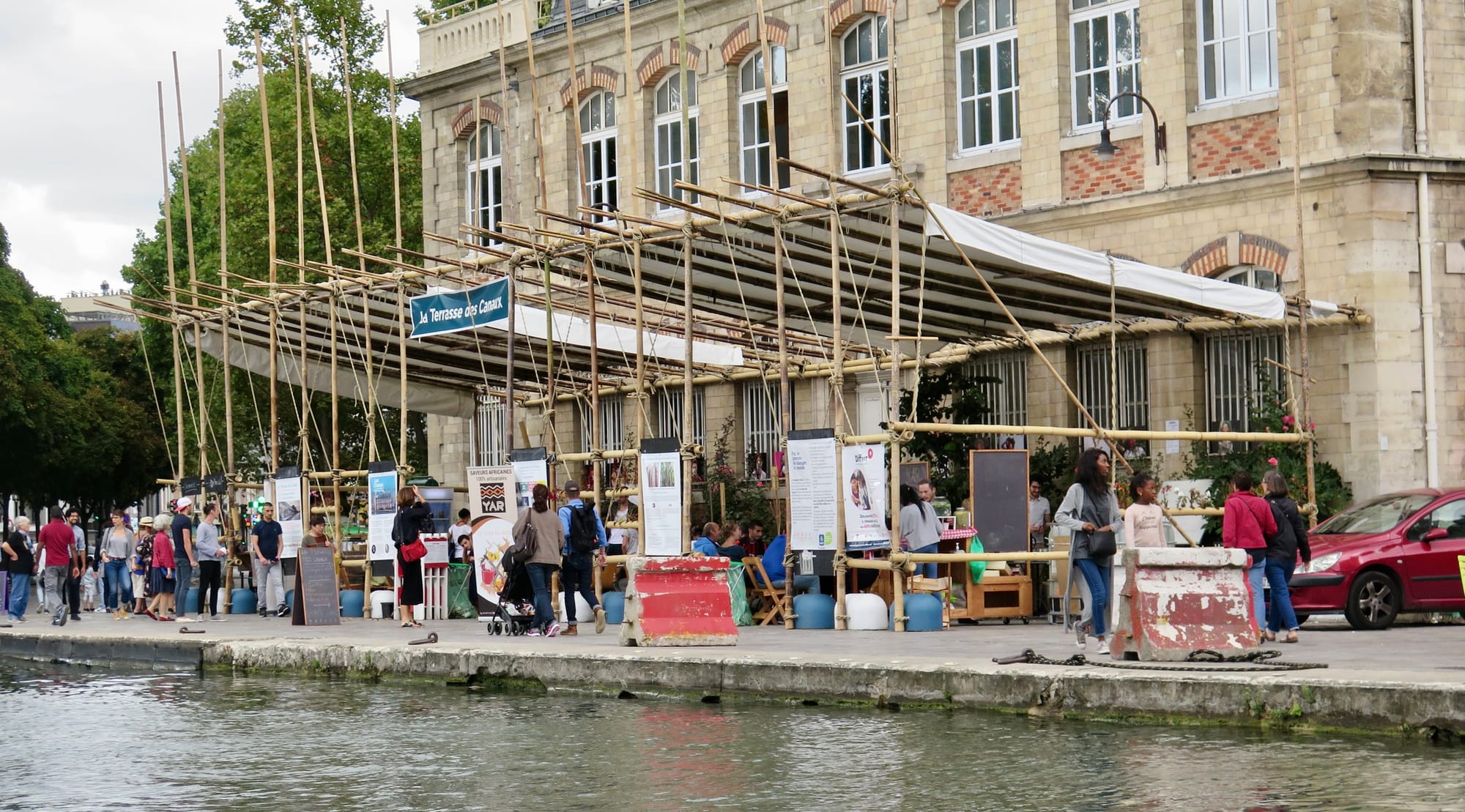

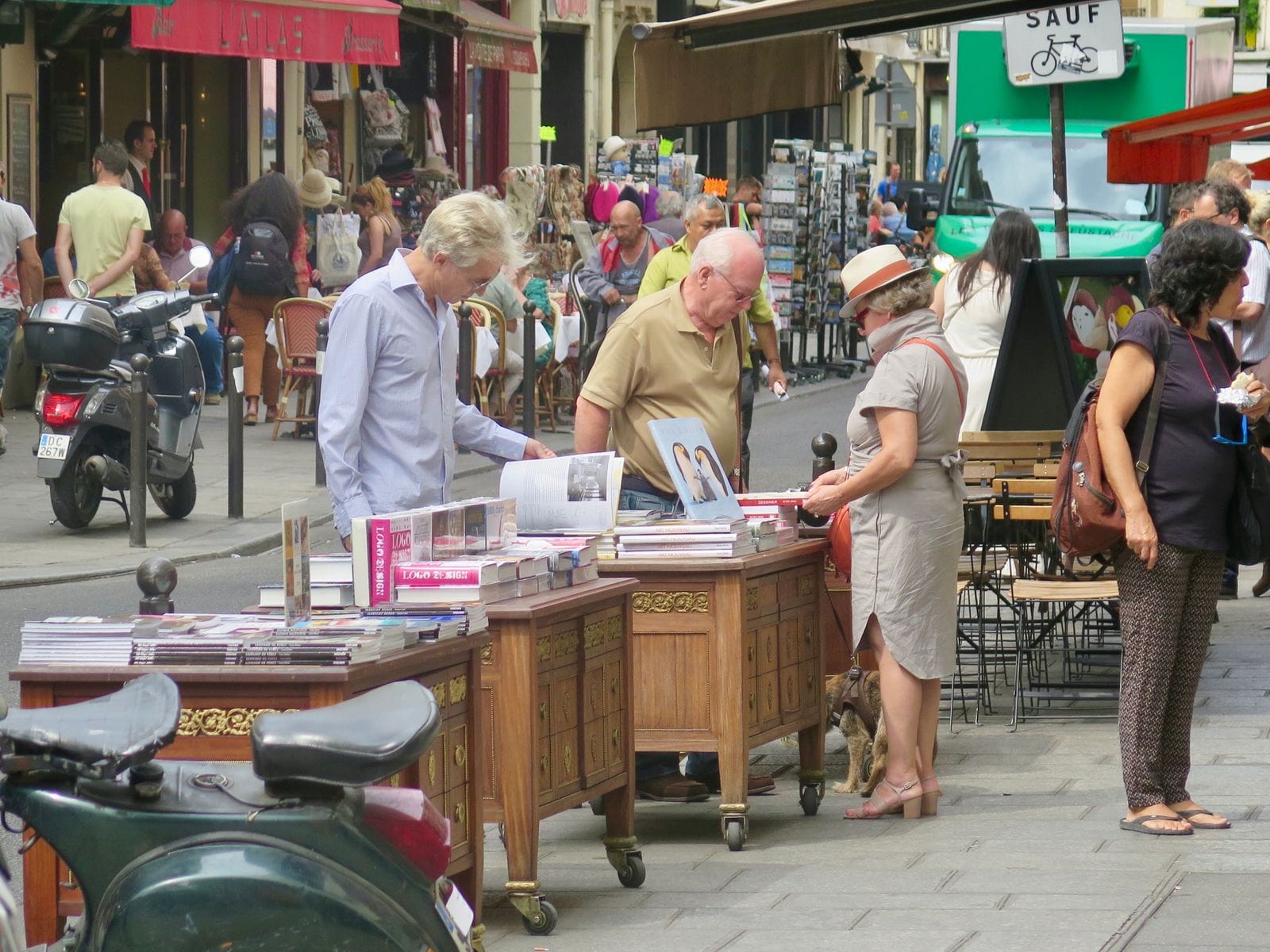
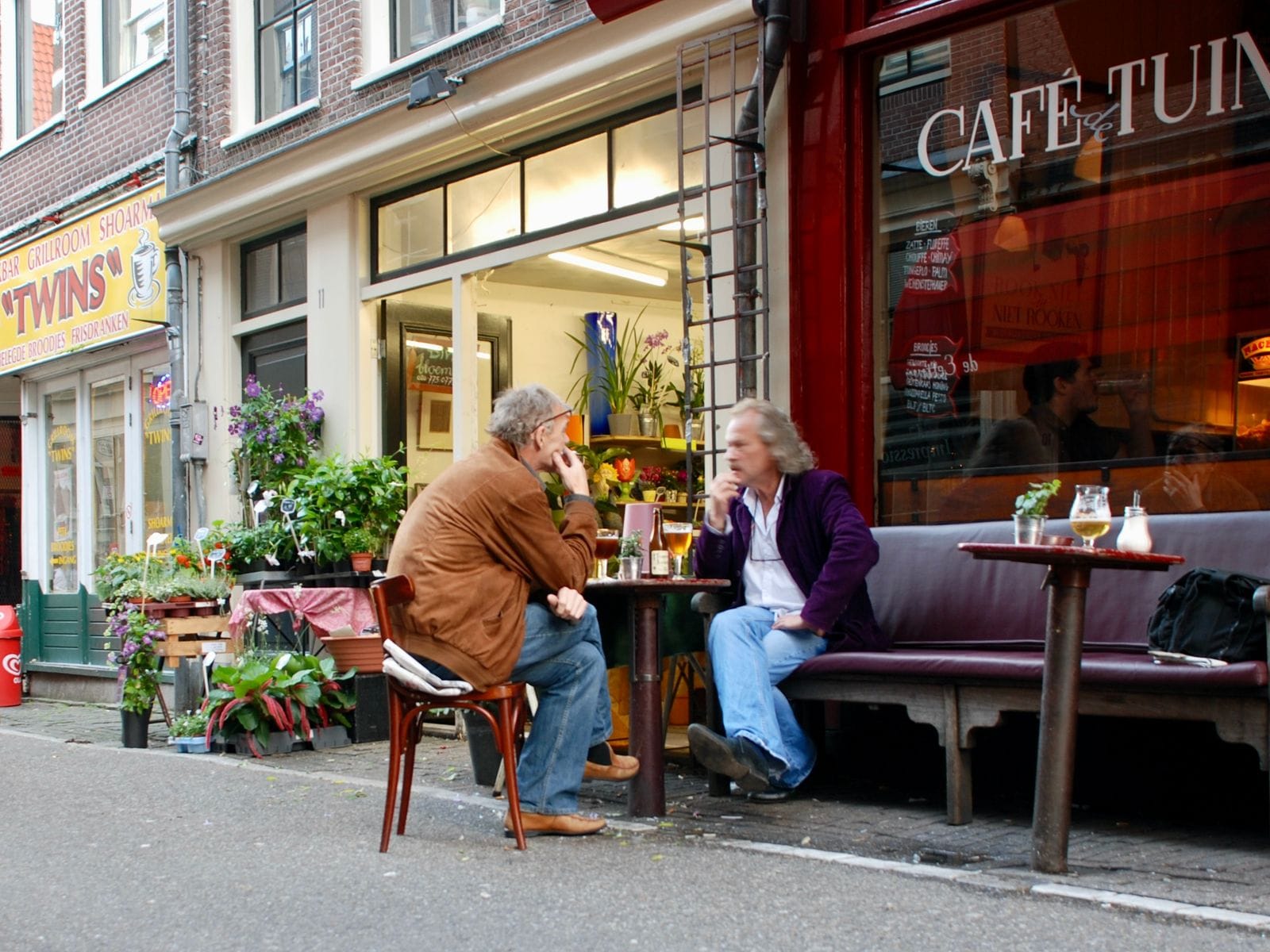
Paris - Two historic buildings with "porches" that bring buildings alive
Inside Out Design Resource Guide
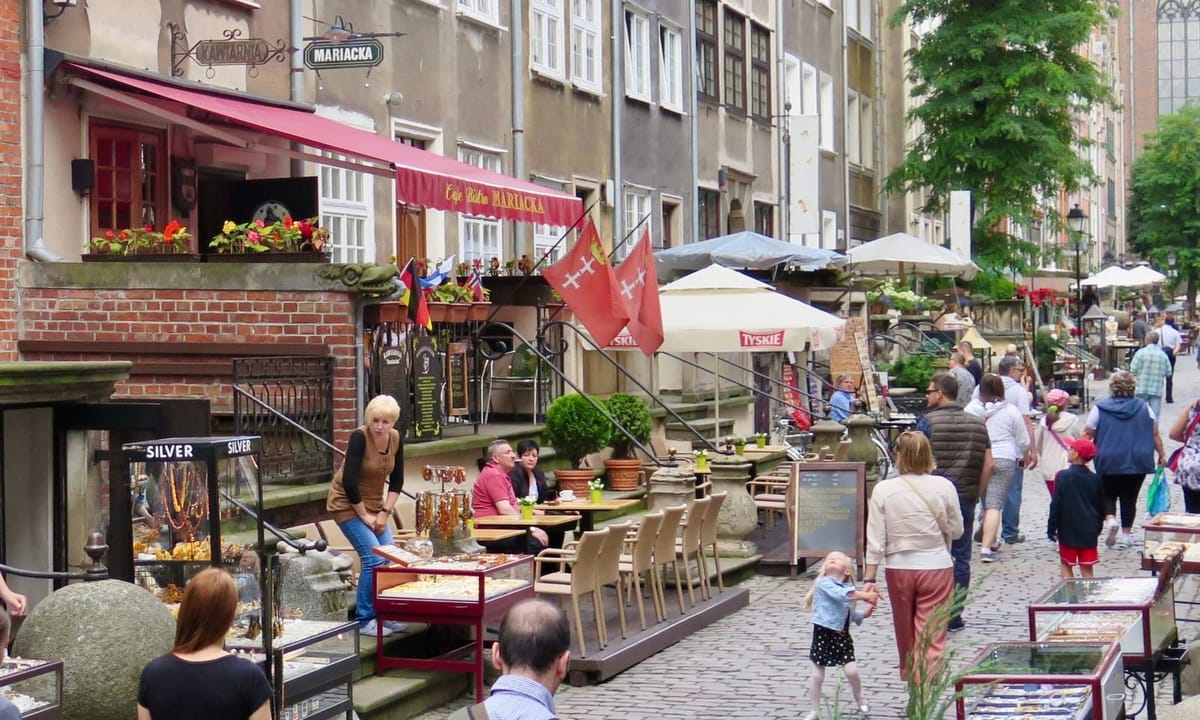
Top Evergreen Posts
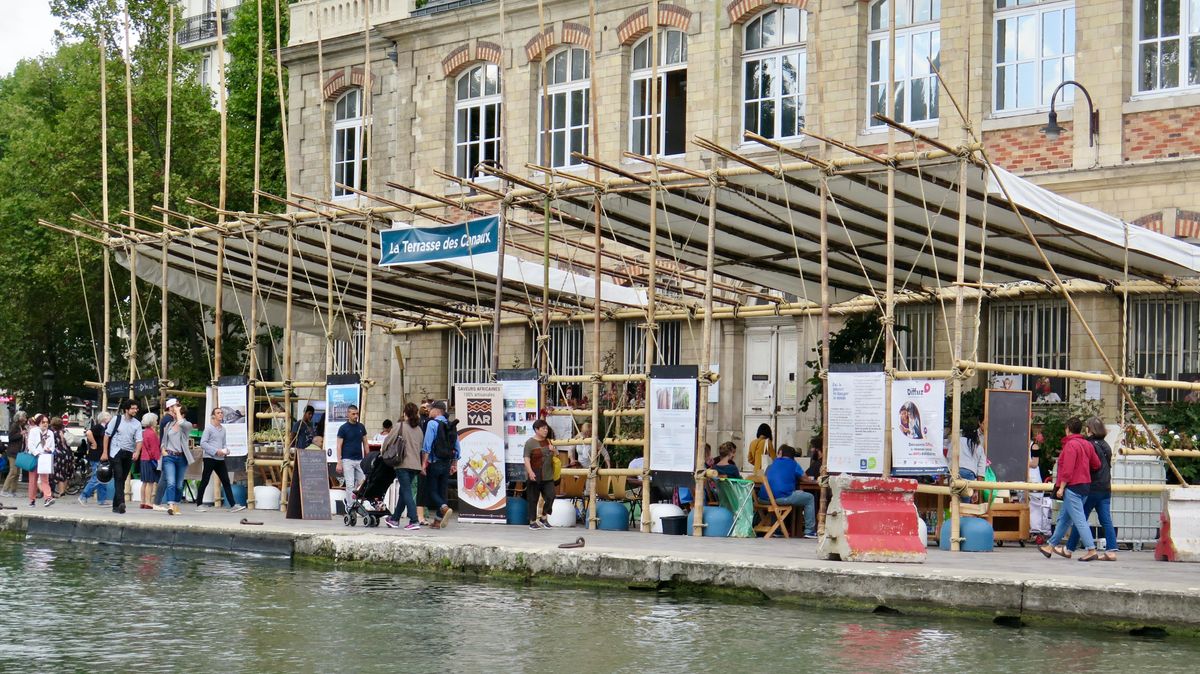
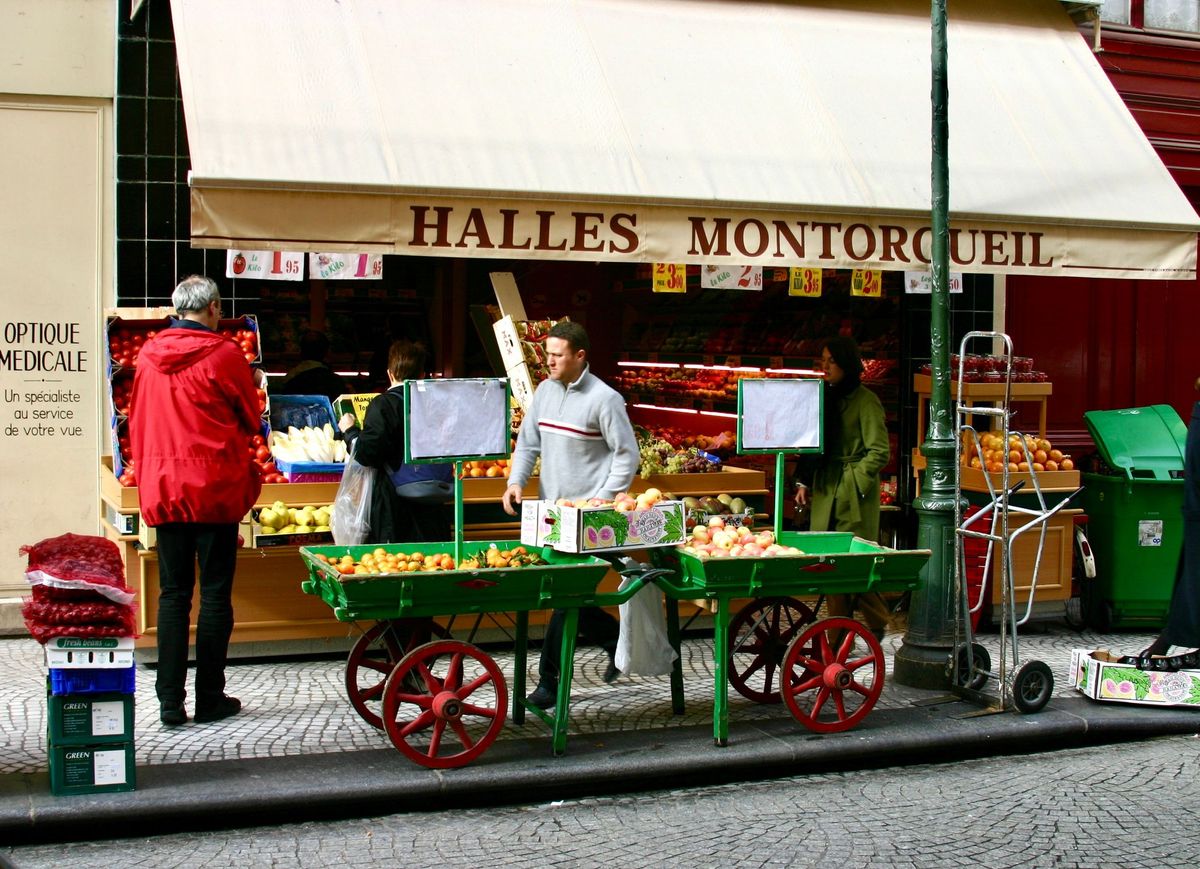
Agenda 4) Go "Back to the Future"
Before cars, cities were designed to be enjoyable and comfortable to people on foot. They had narrower streets, a pleasant mix of businesses and homes, and great public places where the community could come together. In the modern day, we have shifted our focus from designing for people to designing for cars which has led to a slew of negative consequences. If we want to have human-friendly cities again, it's important to look back at how it was done before and bring some of those lessons with us into the future.
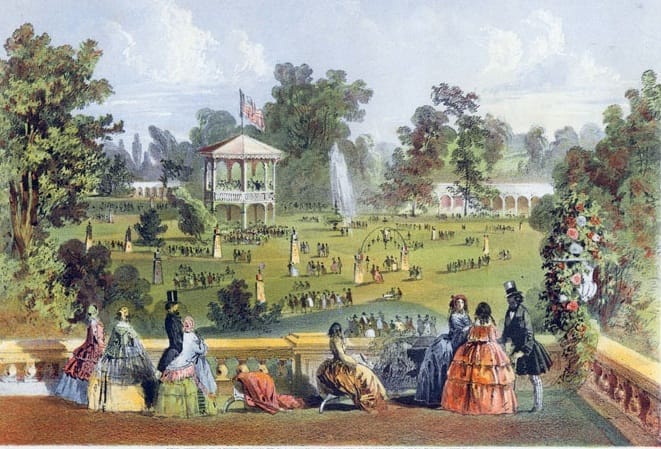
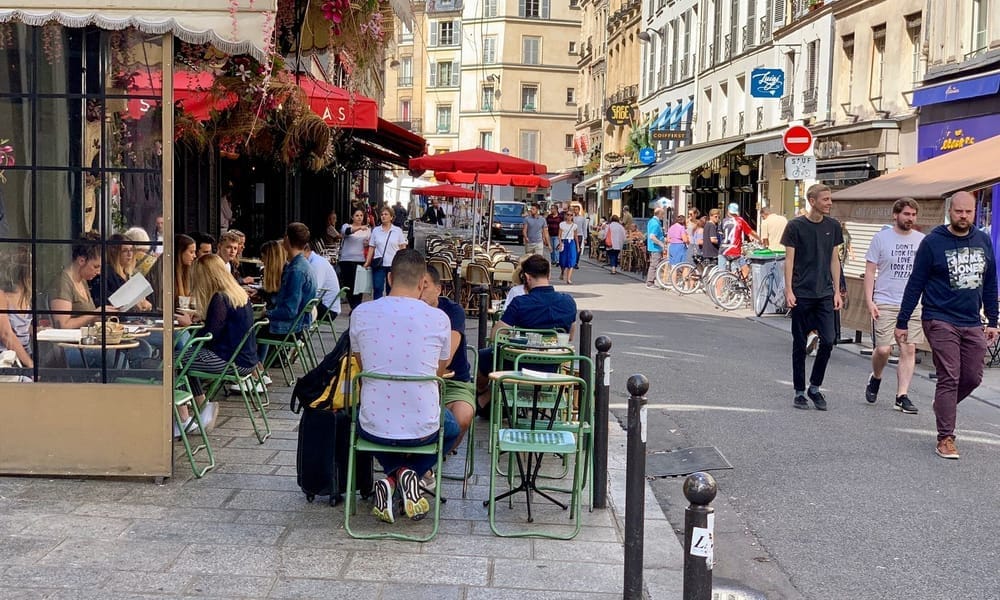
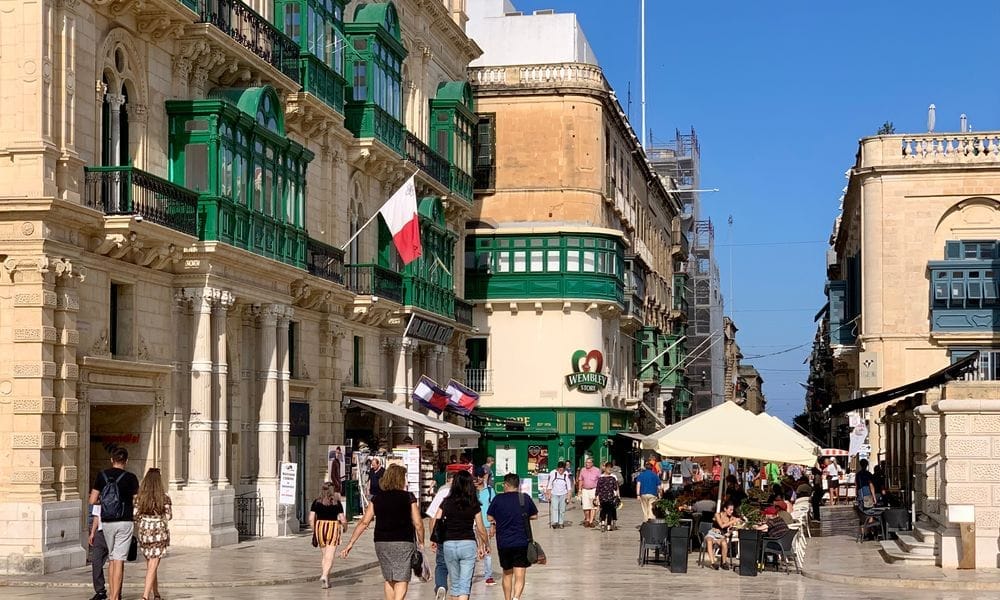

Back to the Future Resource Guide
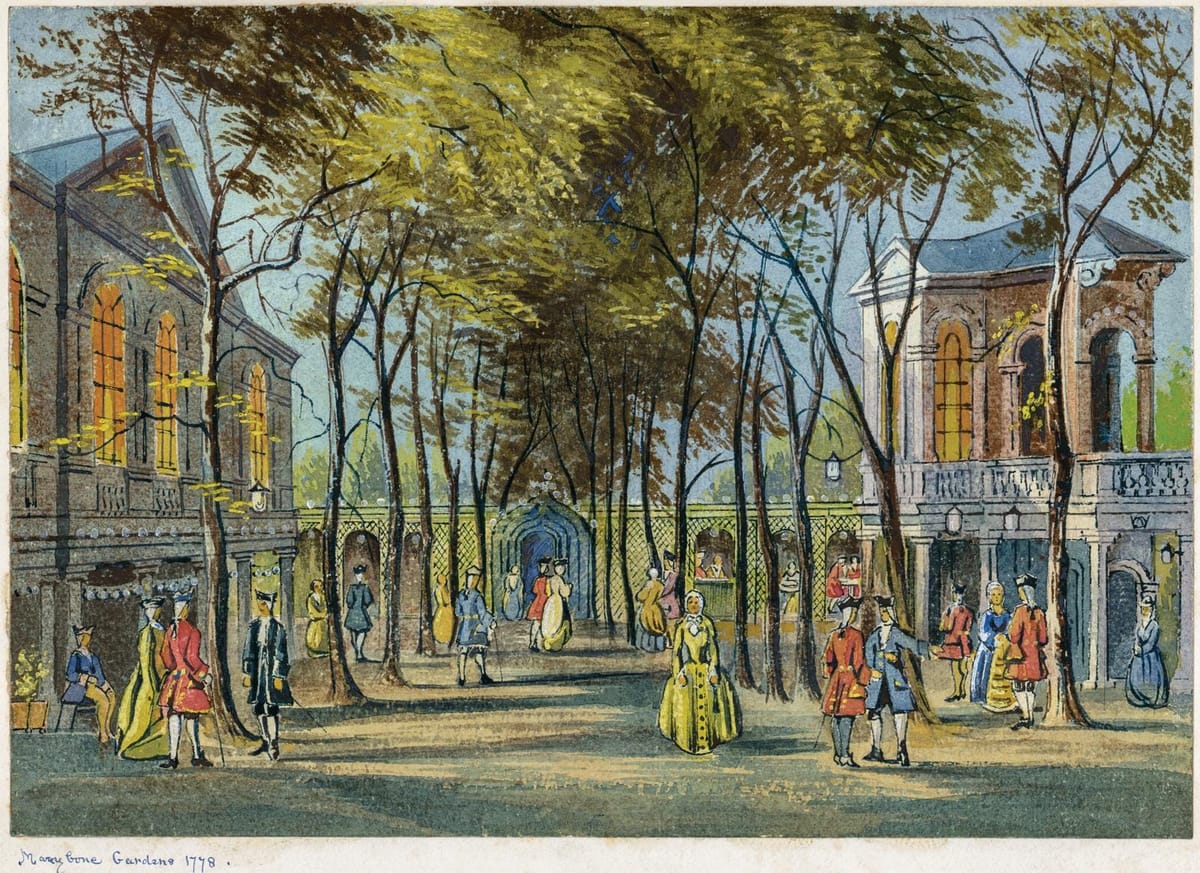
Top Evergreen Posts
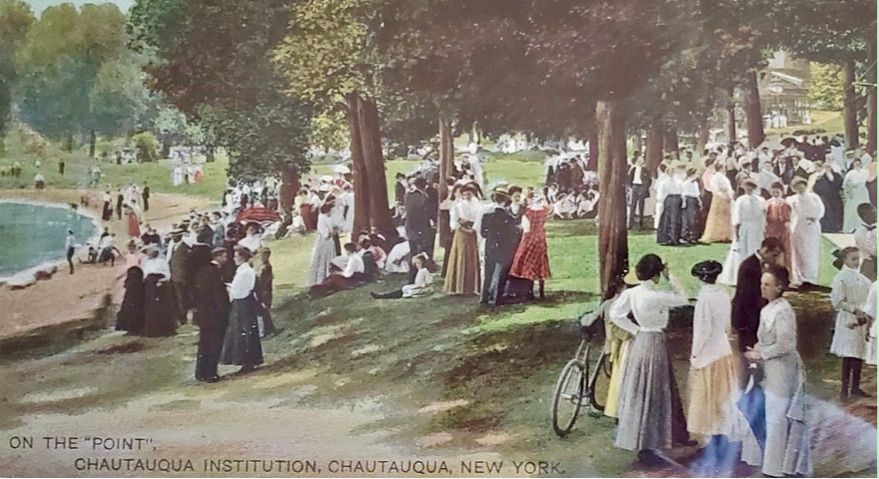
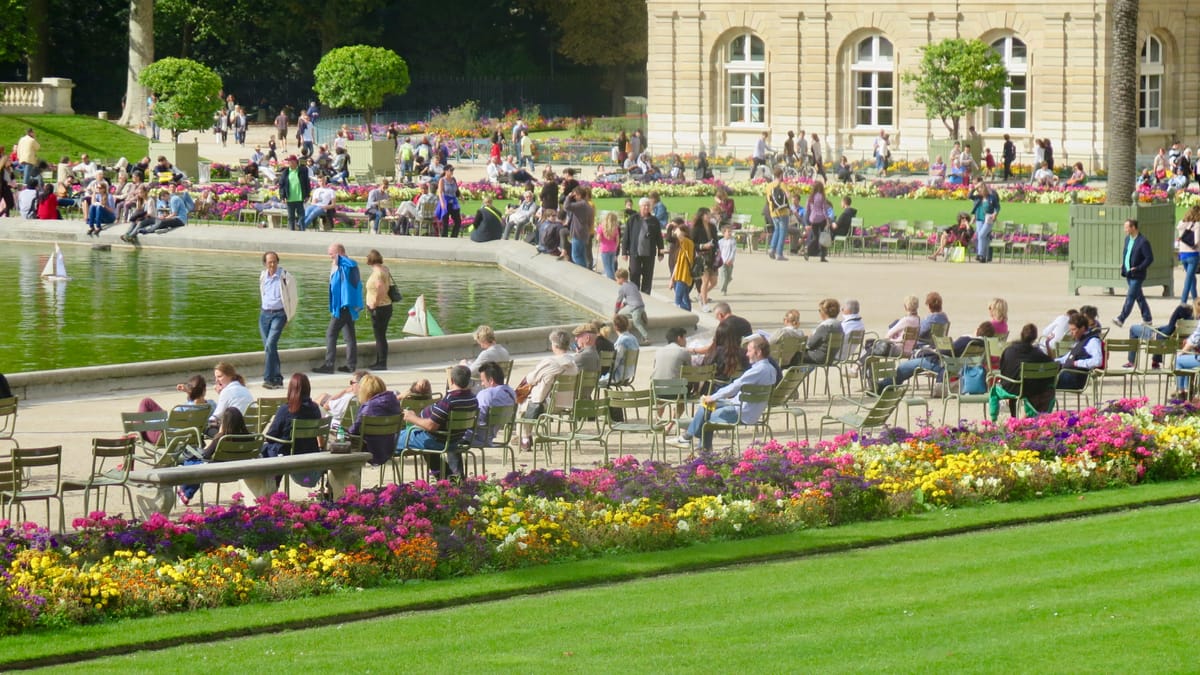
Agenda 5) Foster Social Hubs
Places where neighbors can gather and connect with each other are essential to creating healthy and thriving communities. We call these social hubs and they come in a variety of forms – they can be local cafes or eateries, vibrant spots in a public place, or a cluster of amenities that attract people to hang out. Without such social hubs, people don't have opportunities to meet up and spend time together, which keeps them strangers isolated from each other. Community life grows in hubs where social life takes place and friendships are made and maintained.
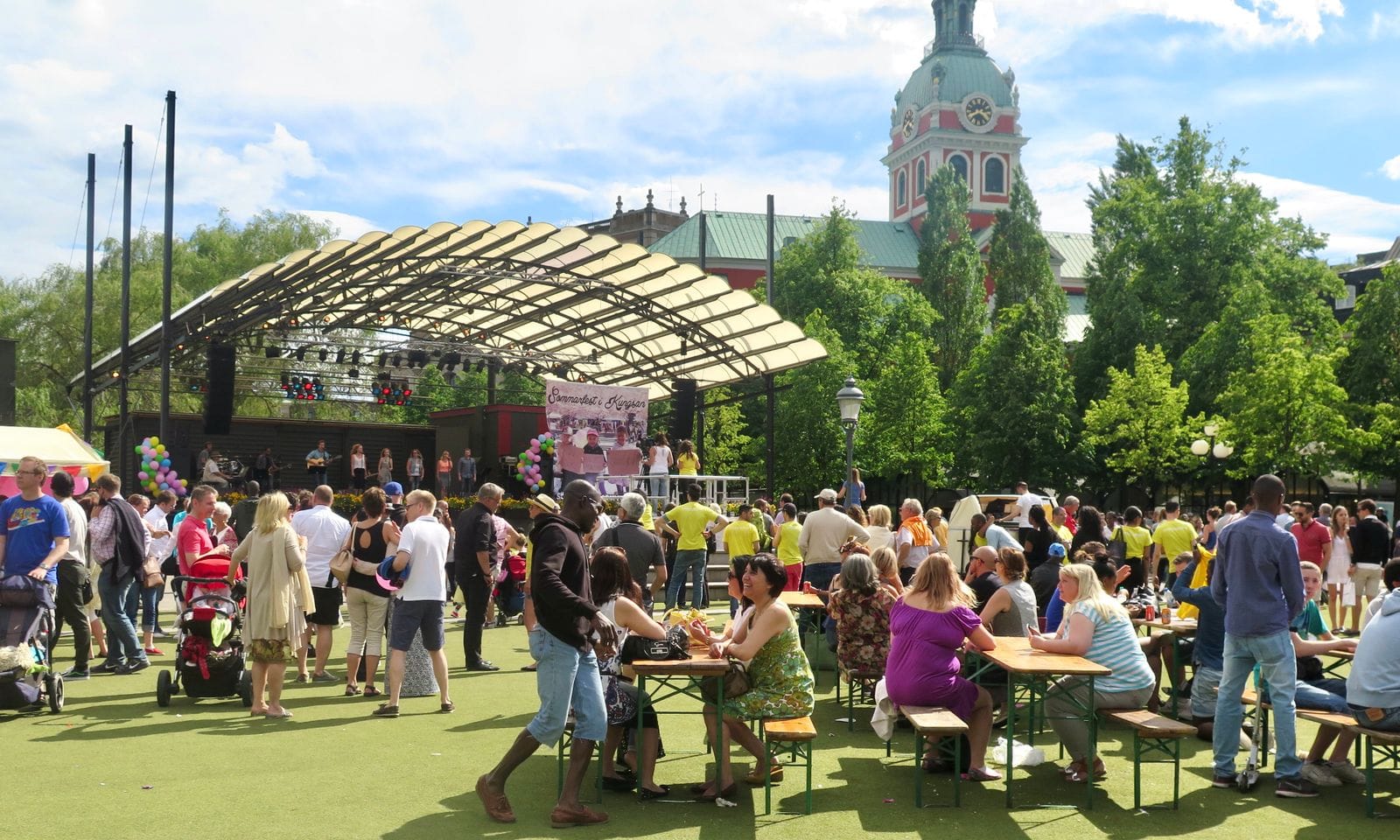

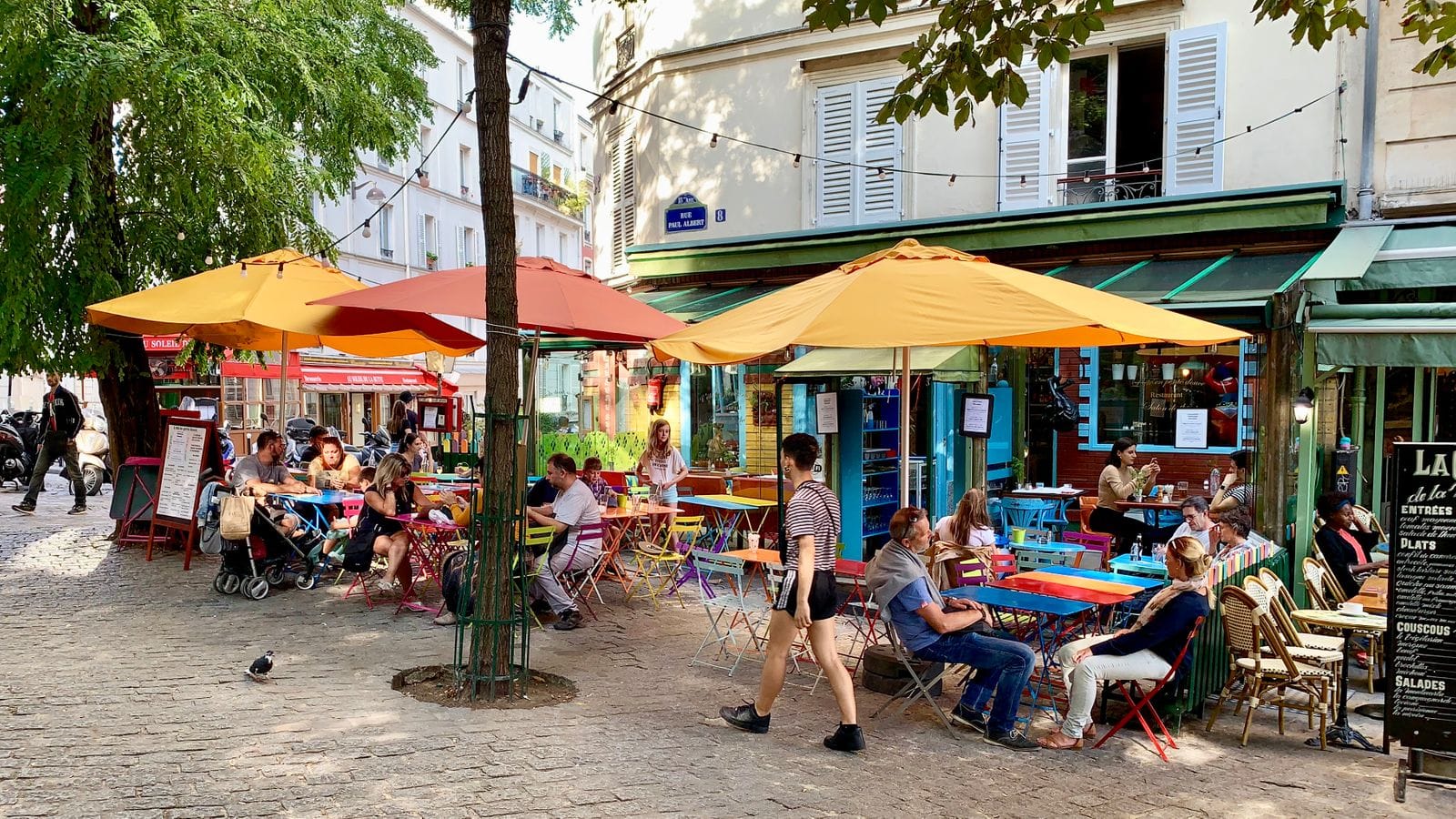
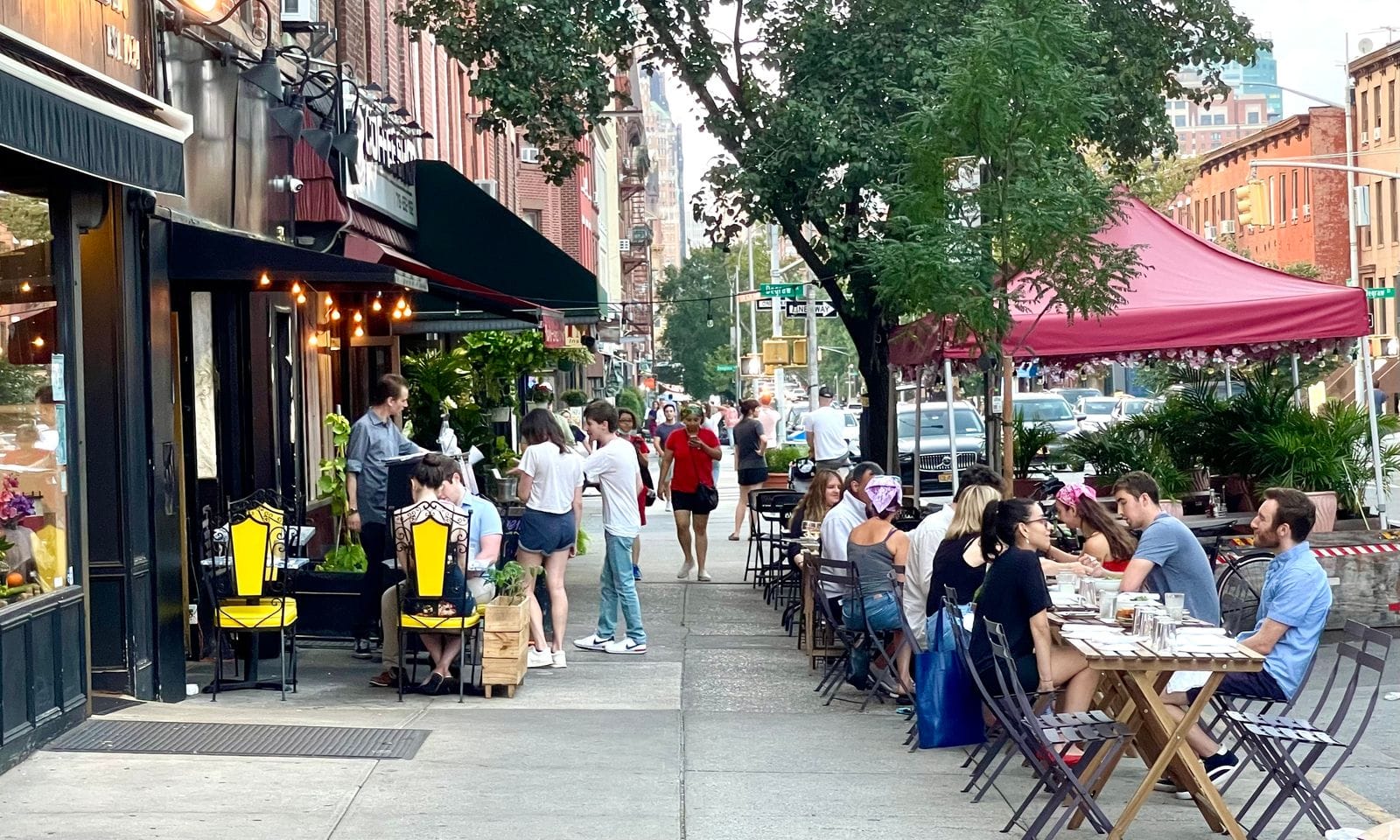
Social Hubs Evergreen Post
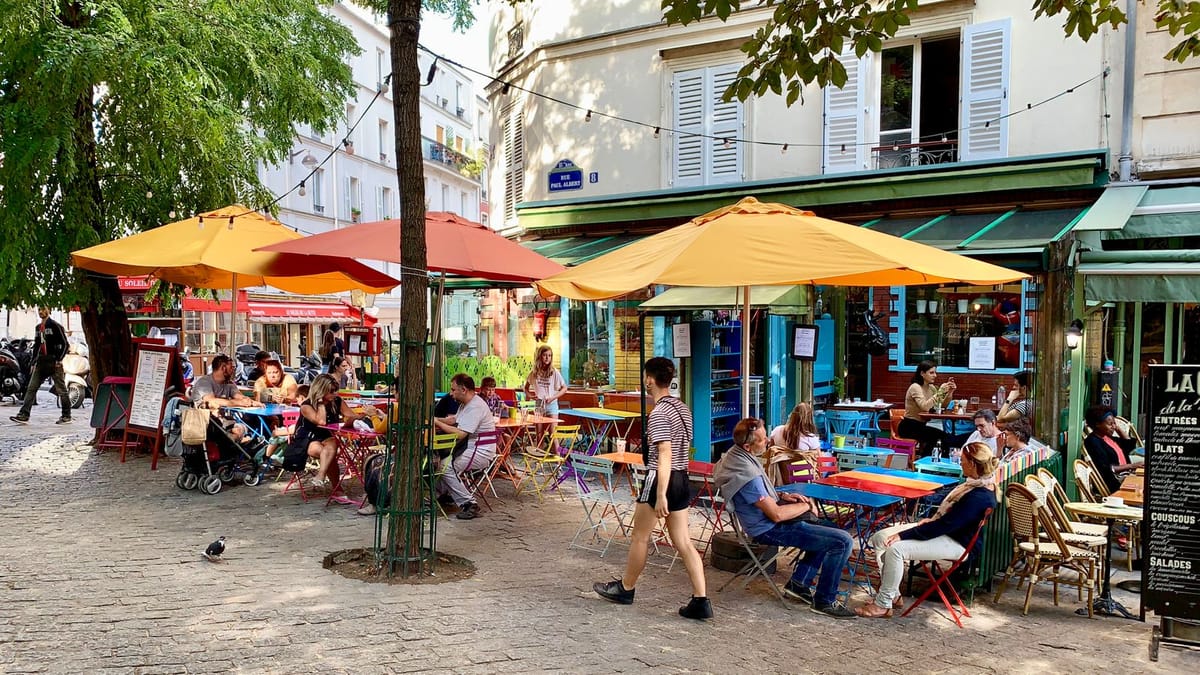
Agenda 6) Turn Squares and Village Greens into the Heart of Communities
Sidewalks and streets lead us to destinations, such as squares. Squares are the part of the public realm where people naturally gather to eat, talk, play, watch performances, participate in community activities, and enjoy each other's company. As the central places for community life, they need to be welcoming, comfortable, and enjoyable for everyone to encourage them to spend time there. Amenities, landmarks, and programming can transform squares into the heart of communities.
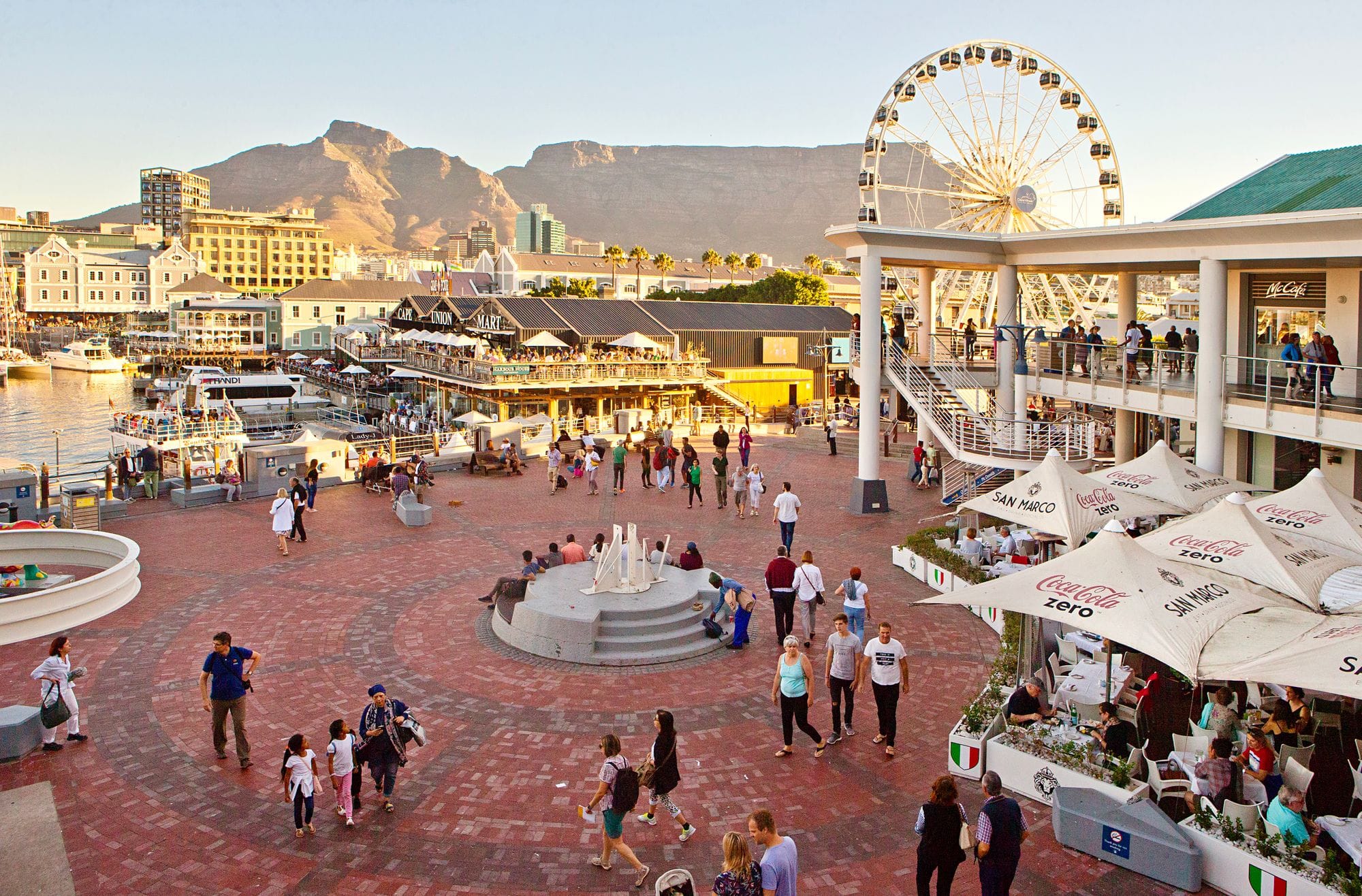
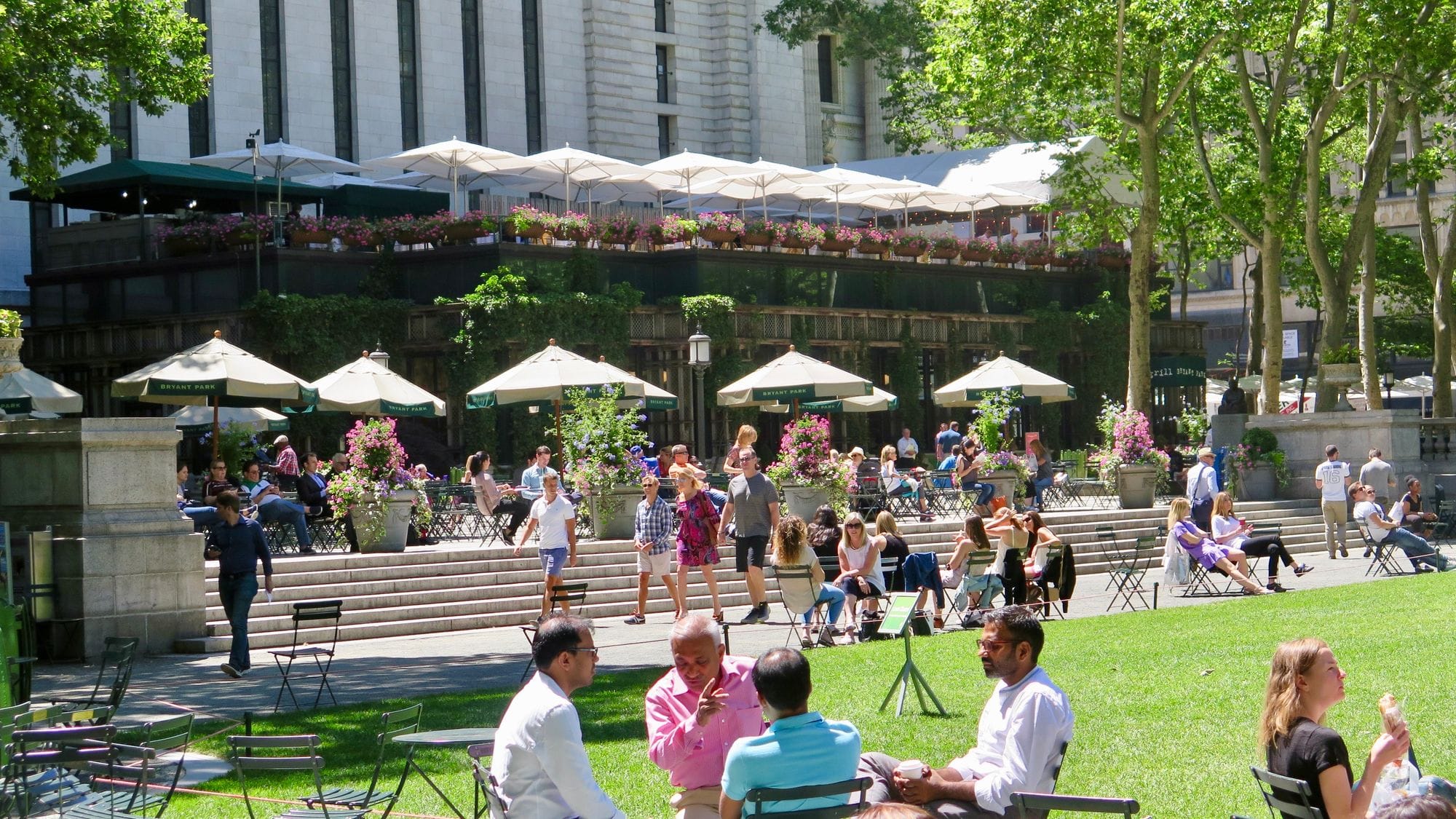
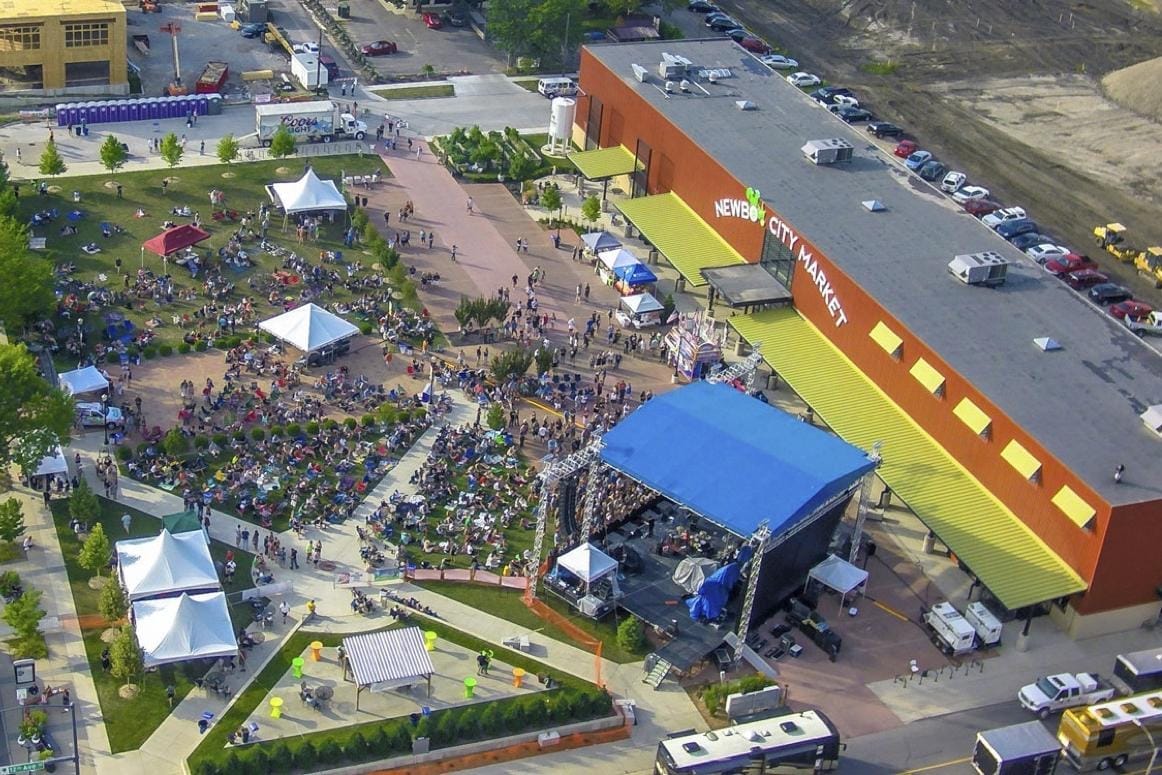
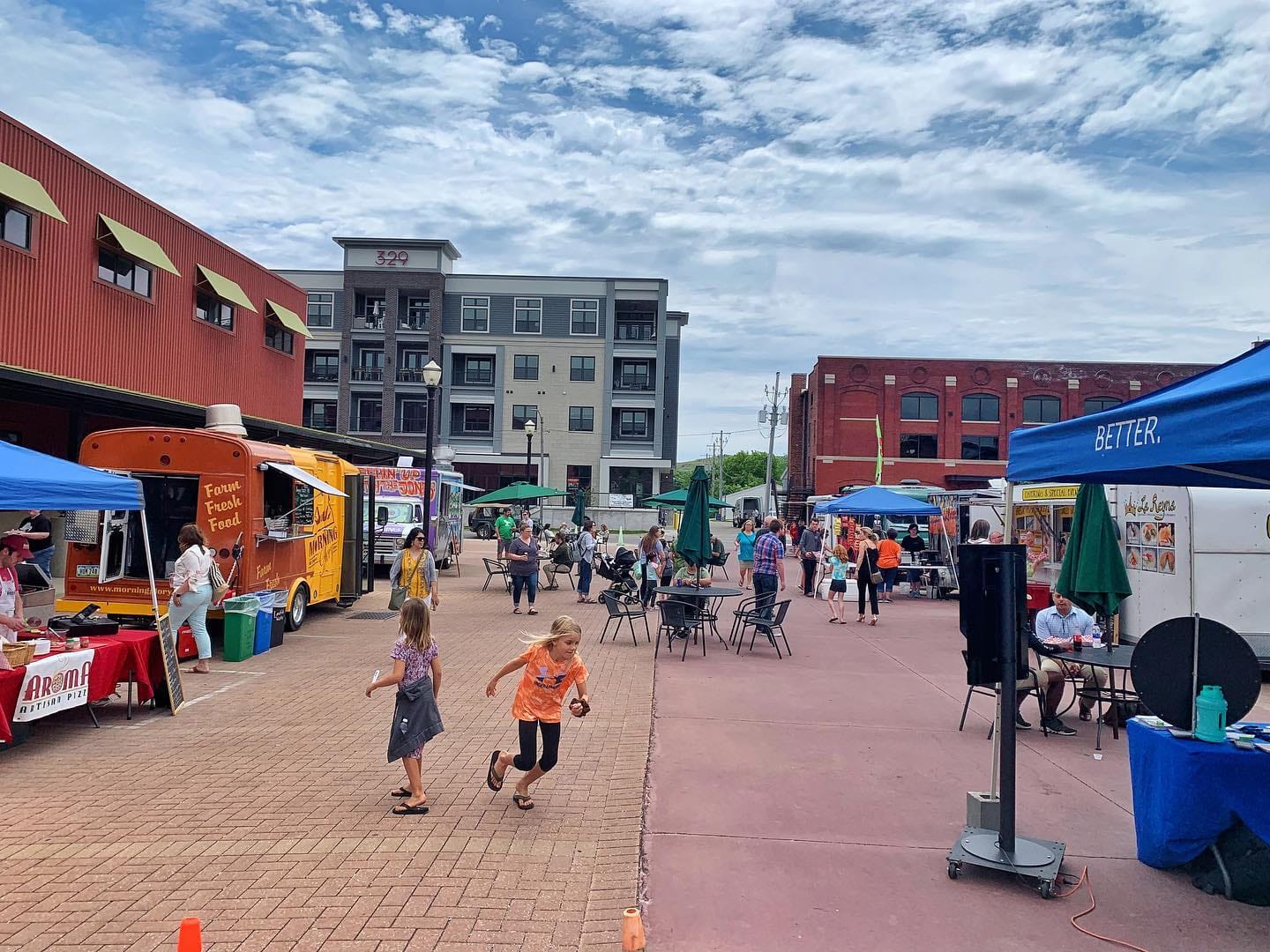
Squares Resource Guide
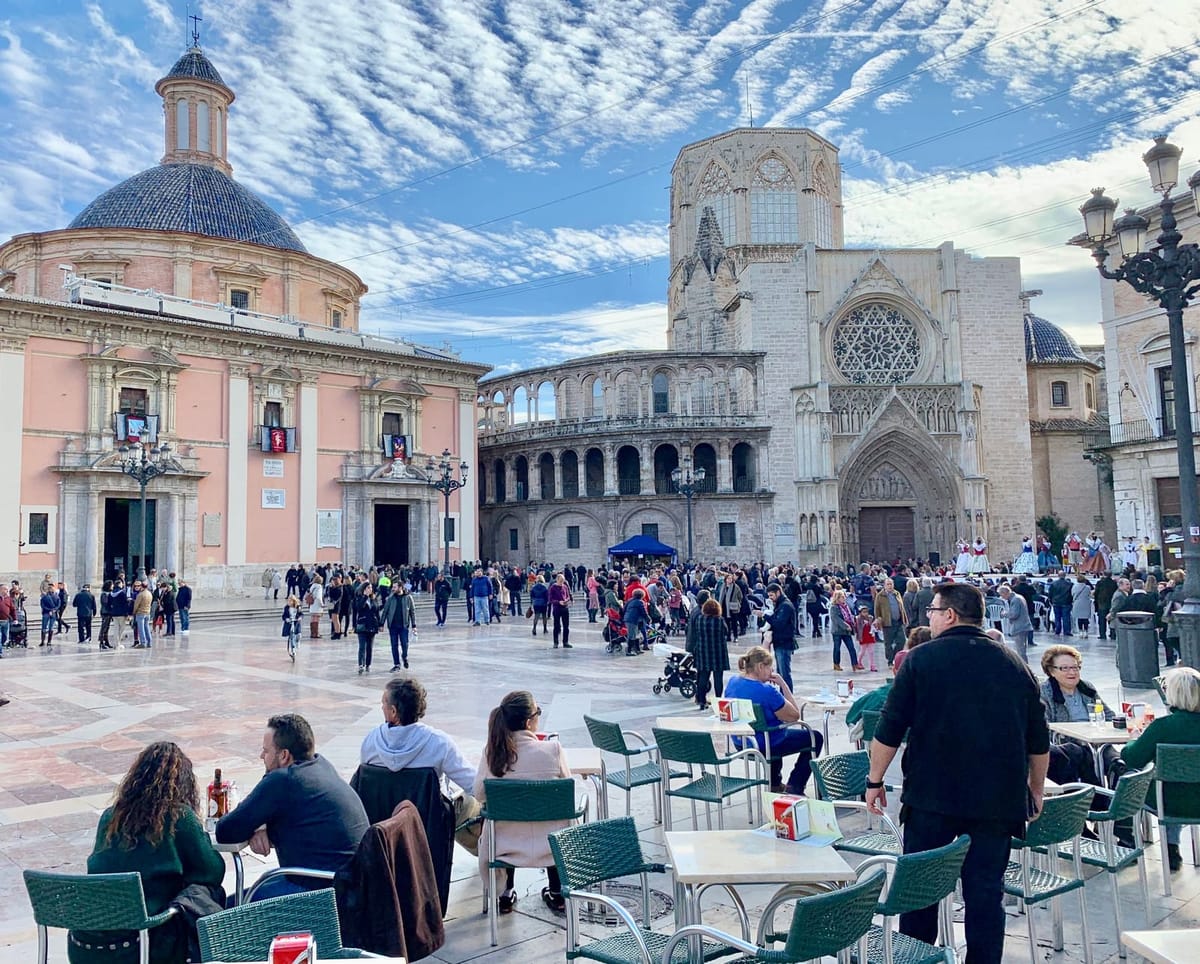
Top Evergreen Posts
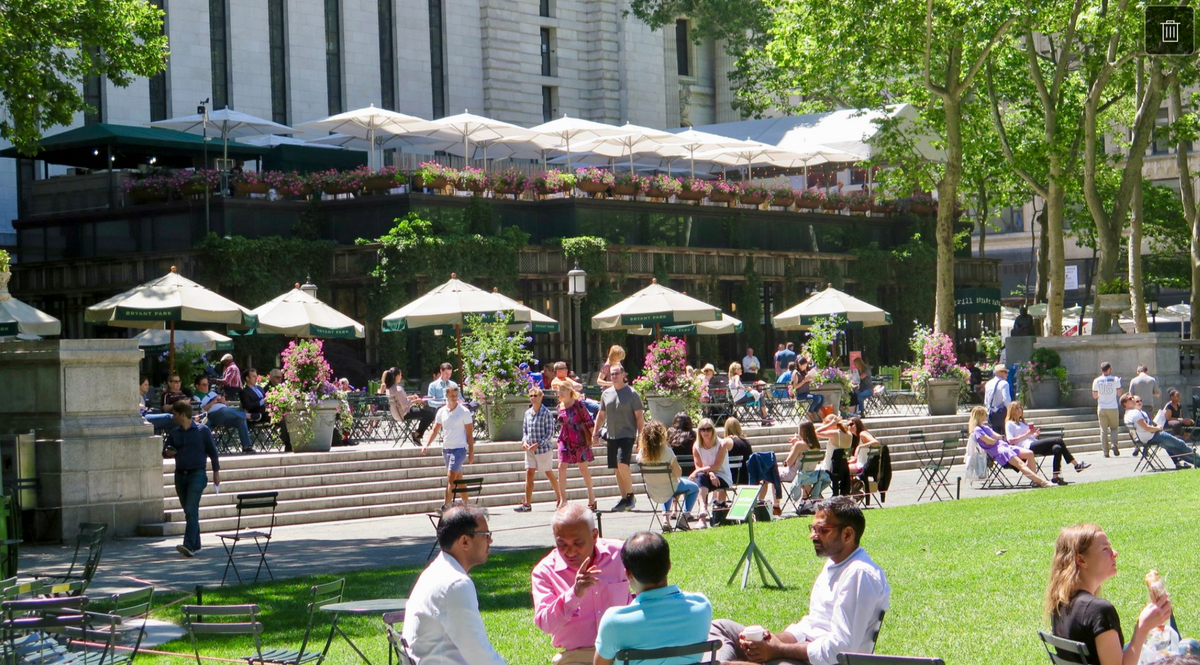
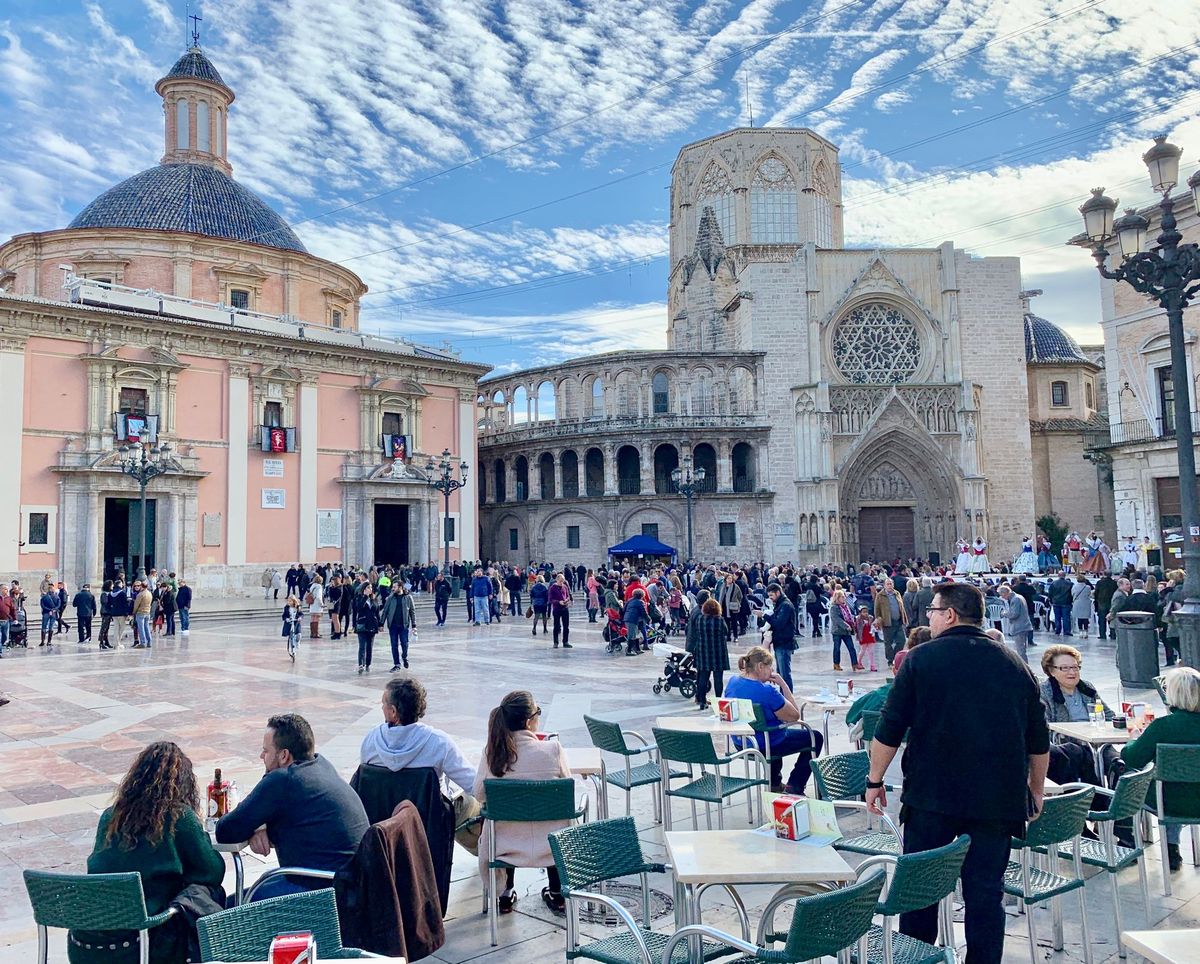
Agenda 7) Treat Markets as the Soul of Communities
Markets are places where the multitude of exchanges between vendors and customers create an energy that brings the "body of the city" to life. In markets, all kinds of people cross paths and interact from either side of stalls as visitors explore a great variety of goods, services, and crafts. They are places full of excitement, discovery, and connection that make up the core of a city's social and commercial activity. From small to big, markets are essential to the rhythm of the city.
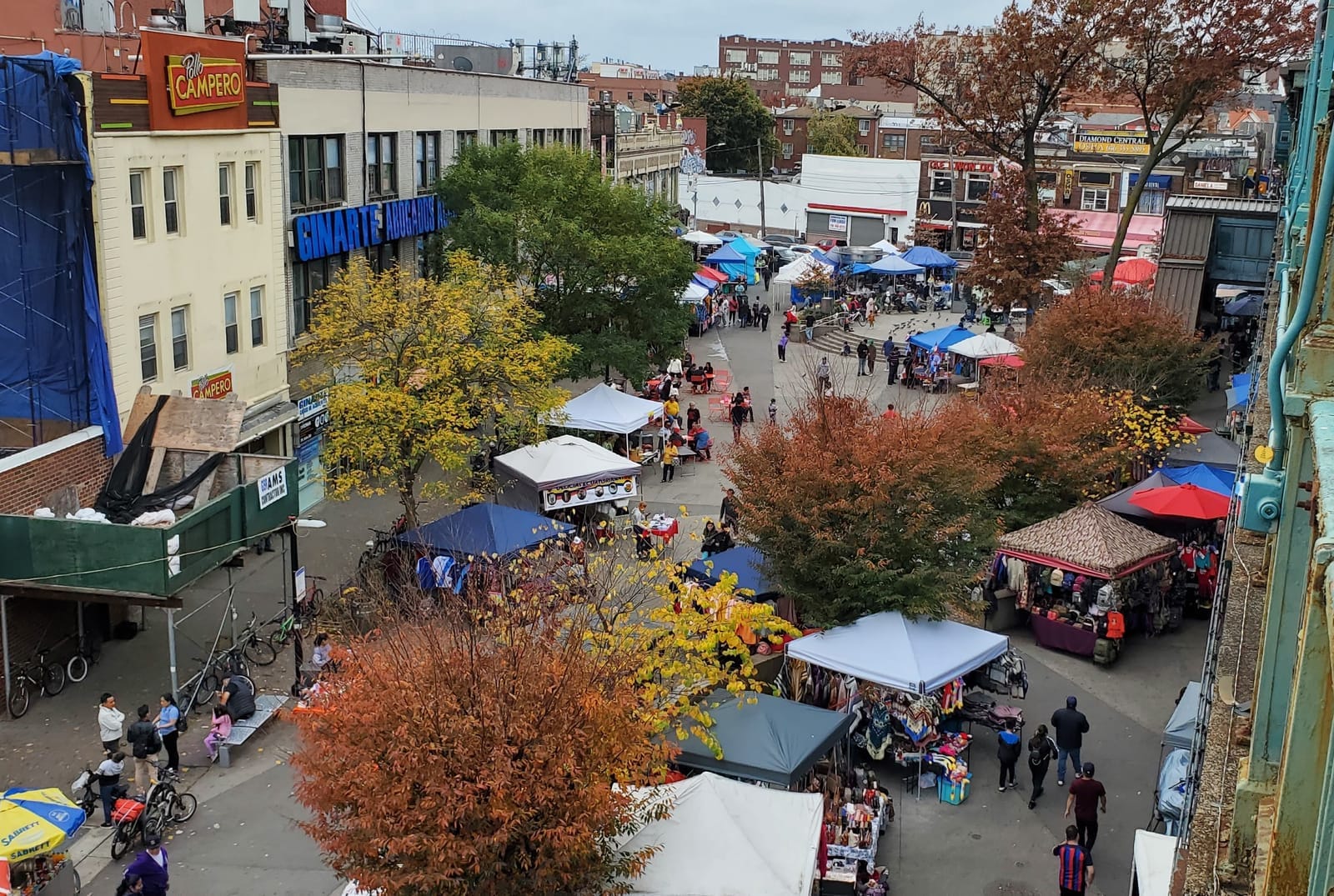
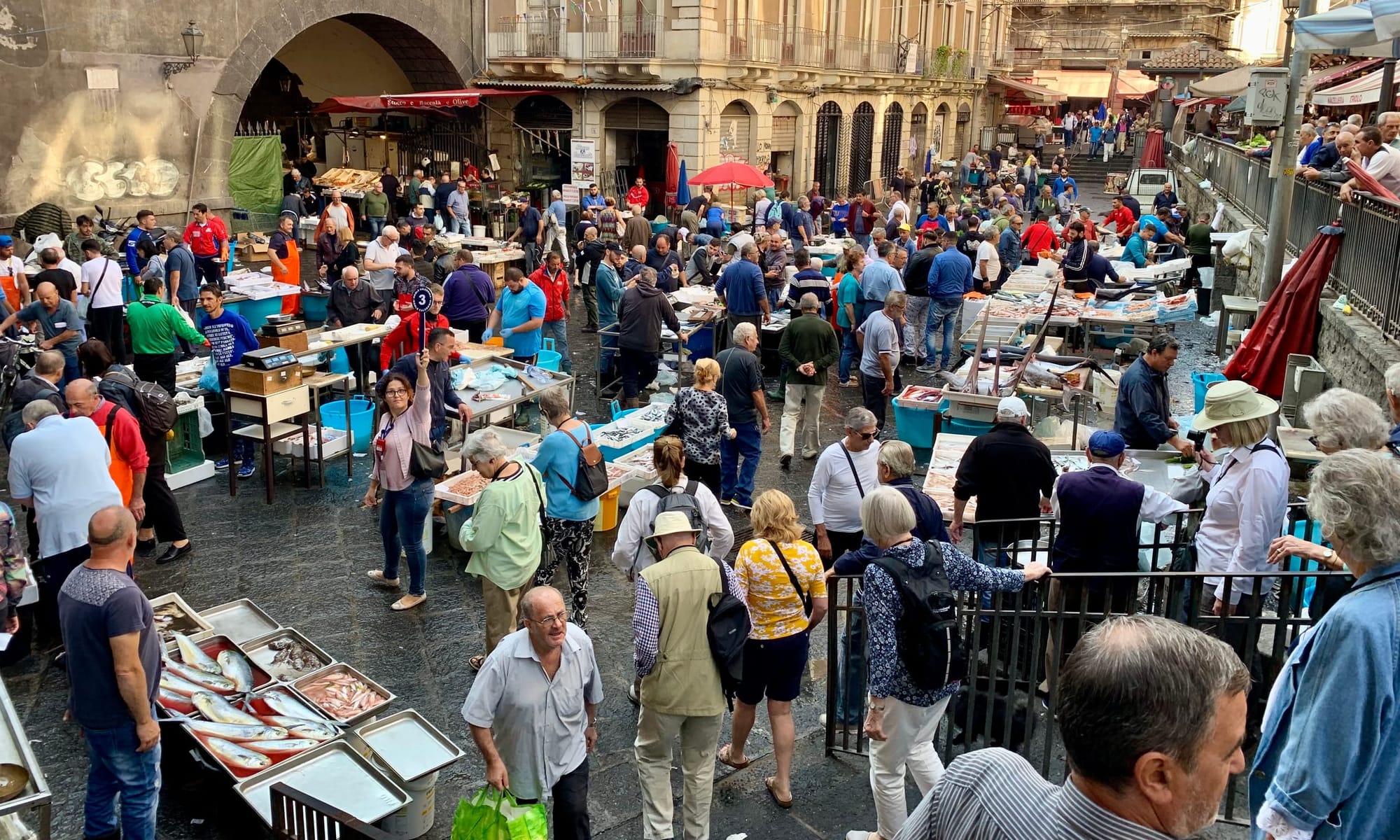
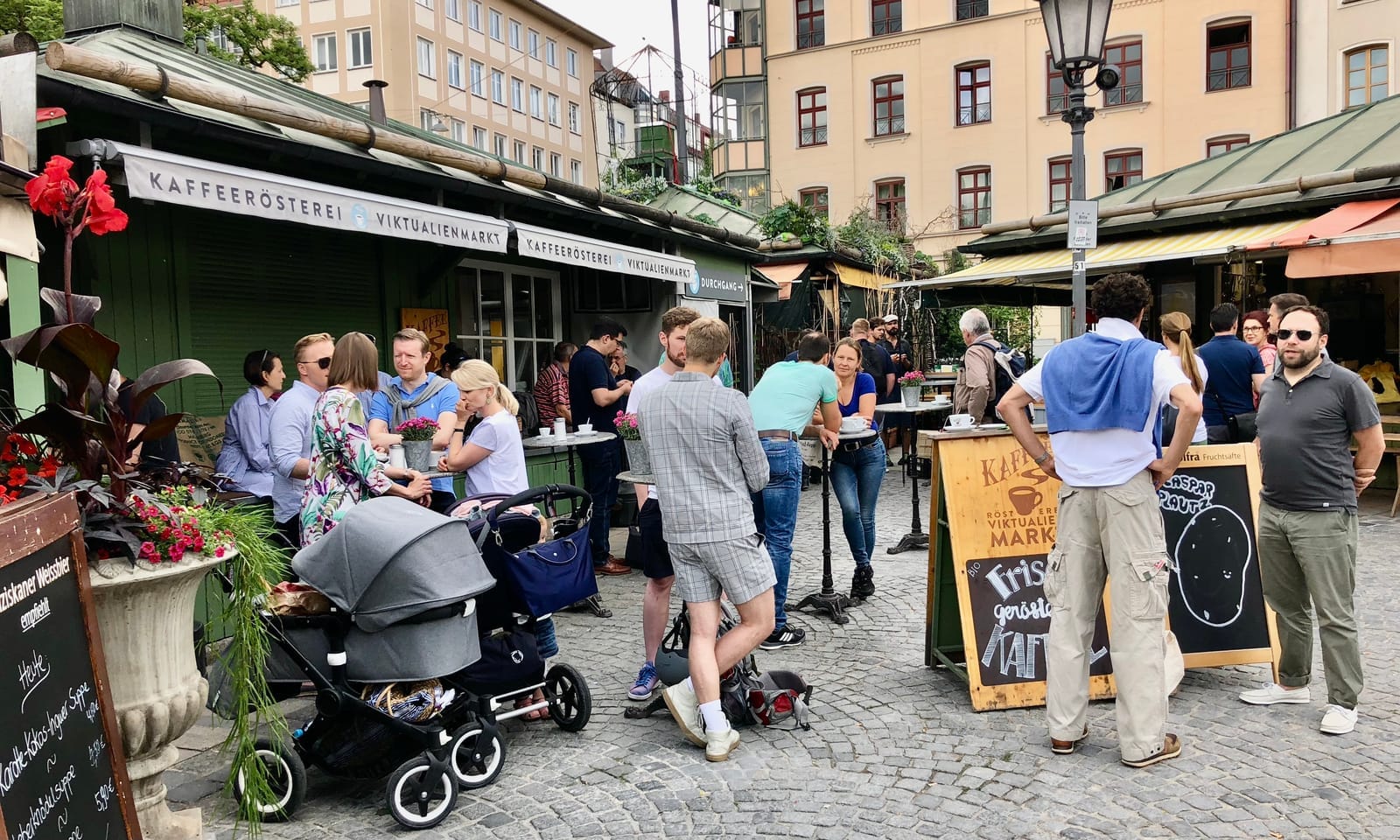
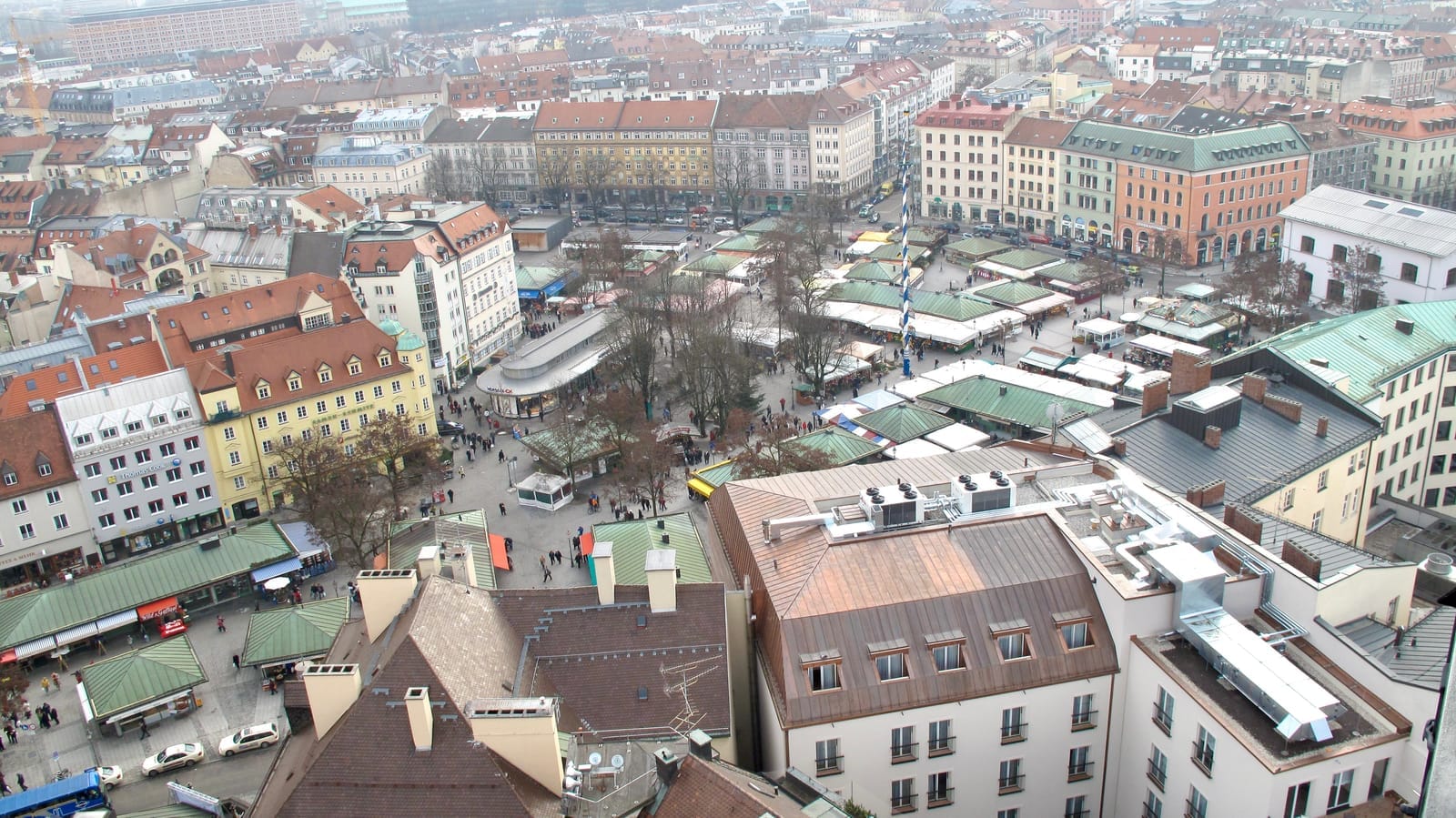
Markets Resource Guide
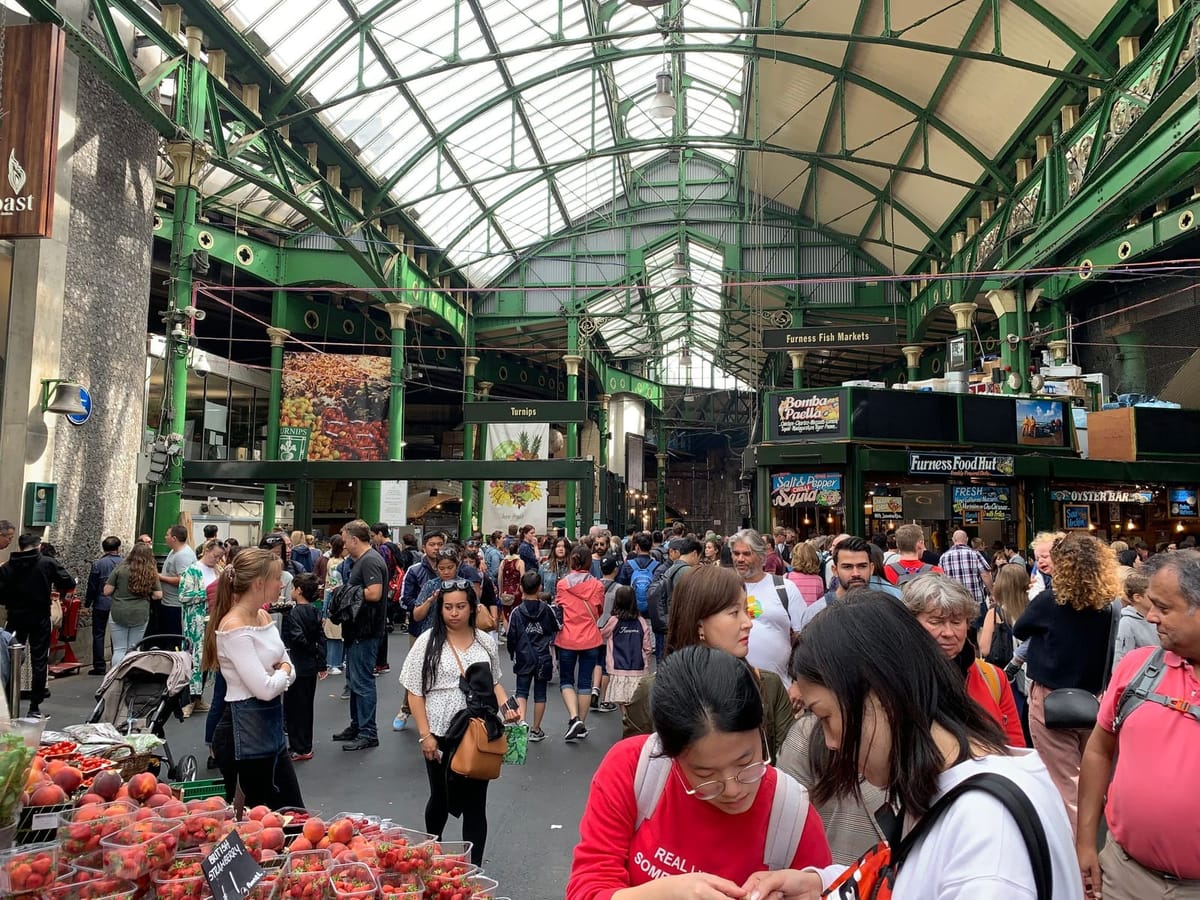
Top Evergreen Posts
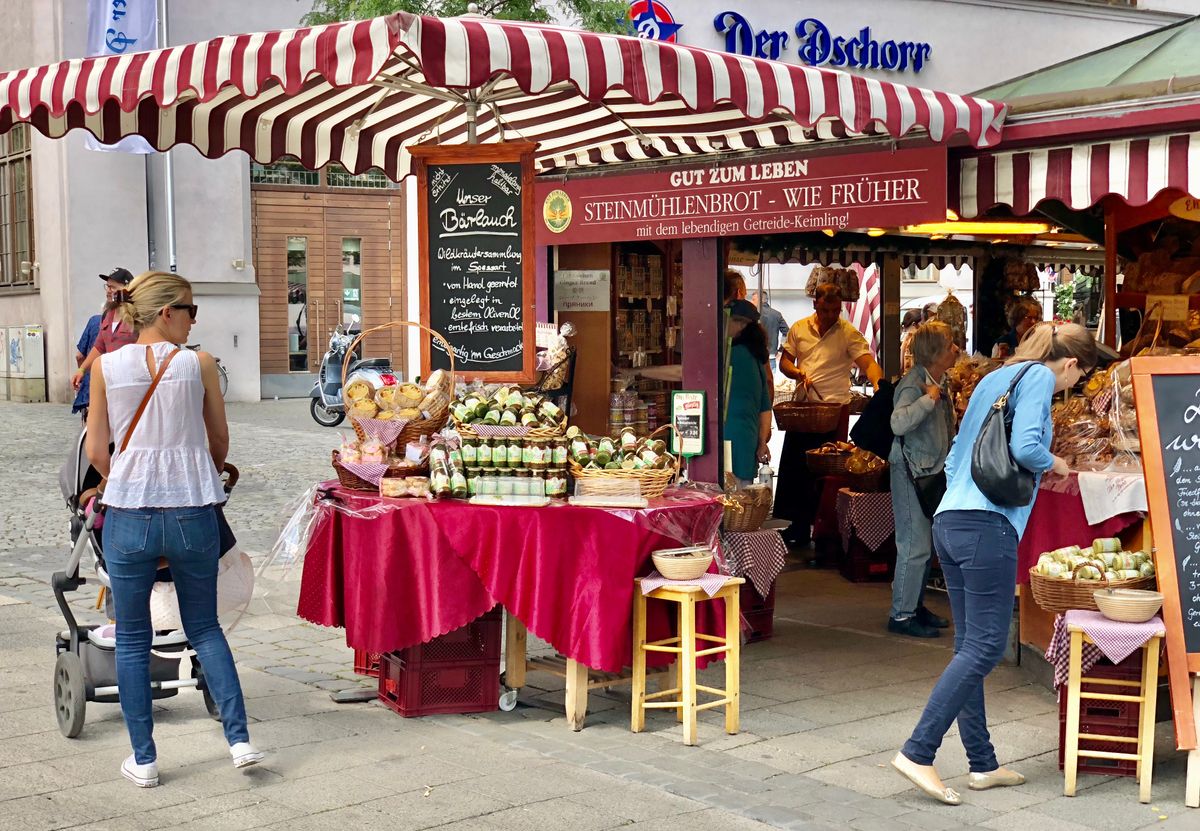
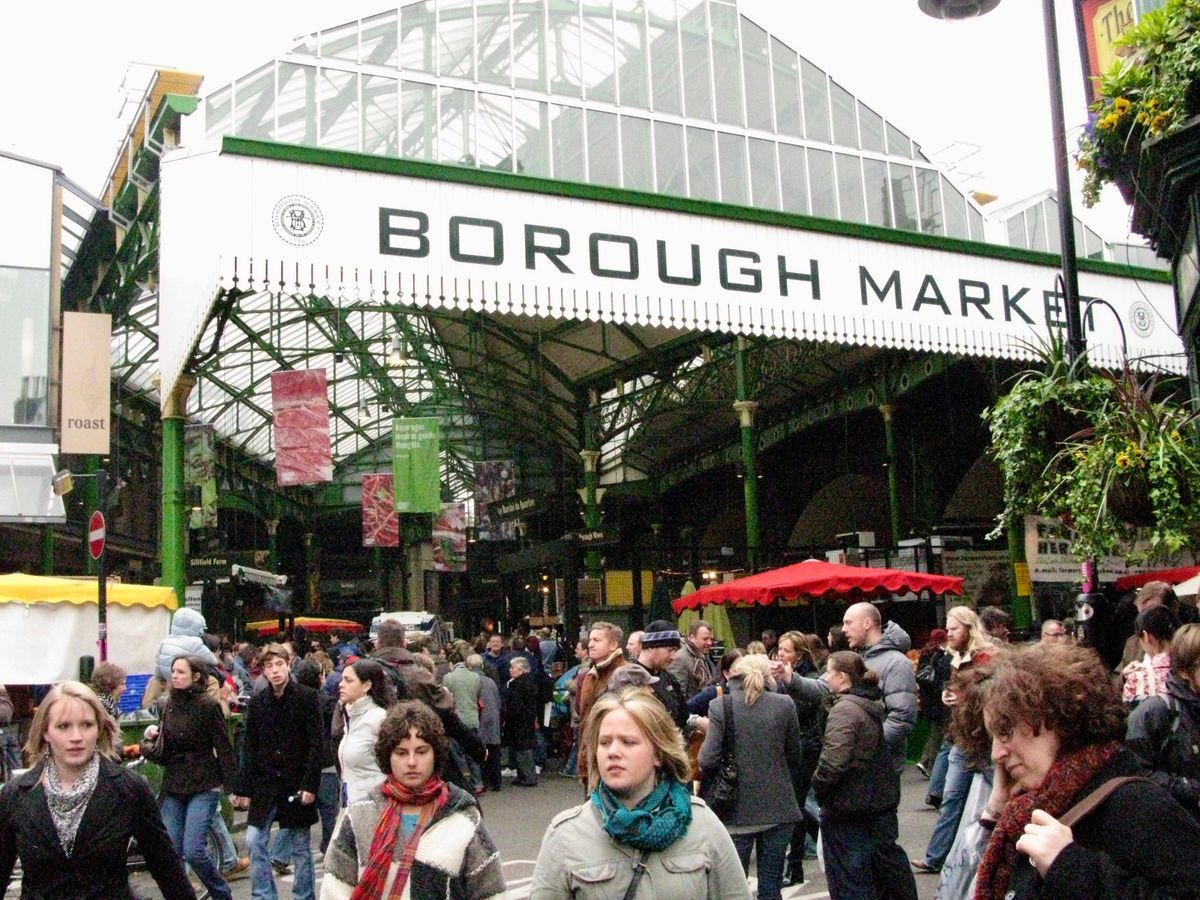
Agenda 8) Capitalize on the Appeal of Water Features and Waterfronts
People love to be by the water – it's relaxing, beautiful, and awe-inspiring. Because of this, water features and waterfronts are some of the most valuable assets a city can have. They absolutely cannot be overlooked or under-appreciated as they are in all too many cities. Highlighting and making the most of a waterfront is essential for a city that wants to live up to its potential.
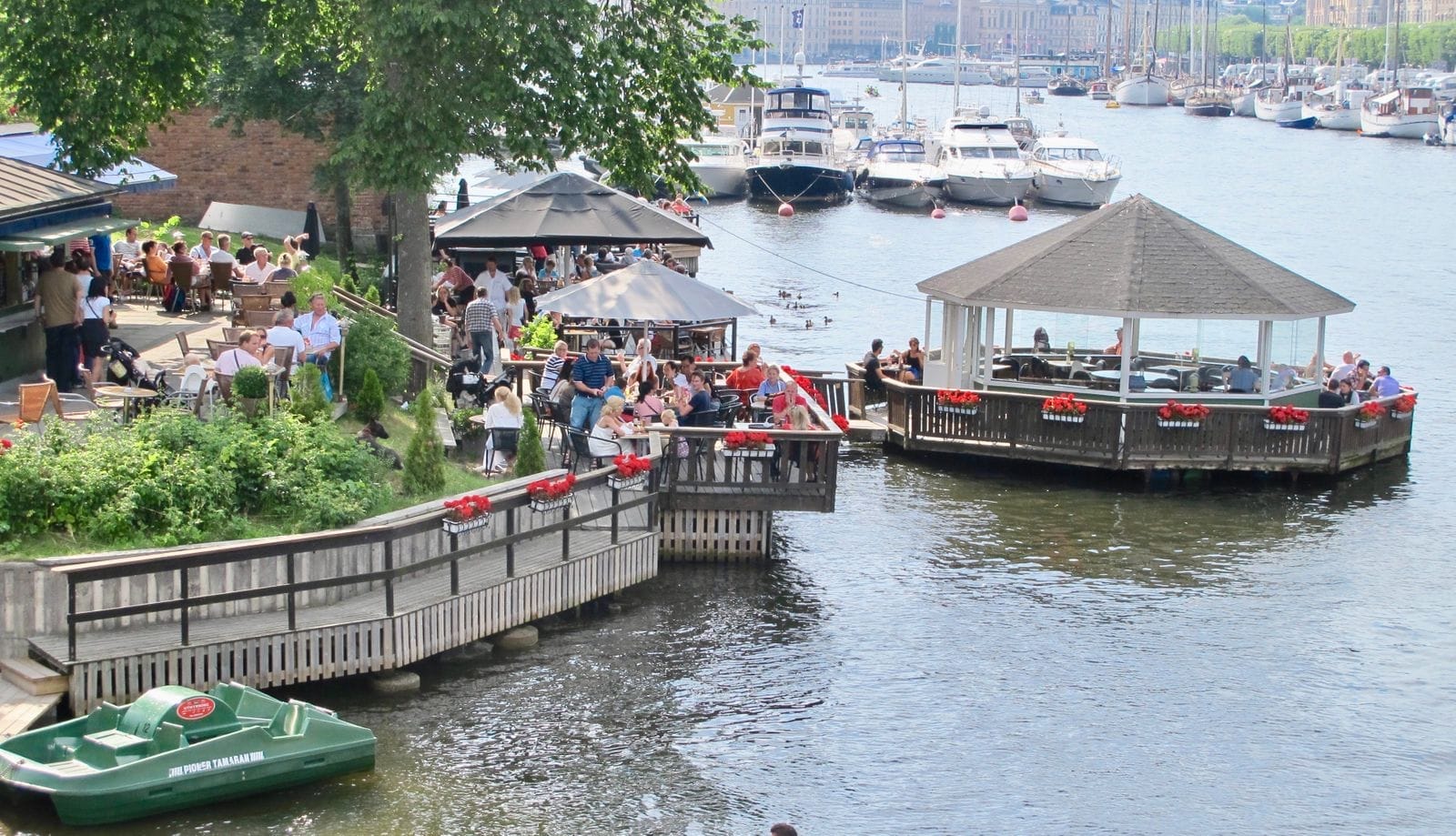
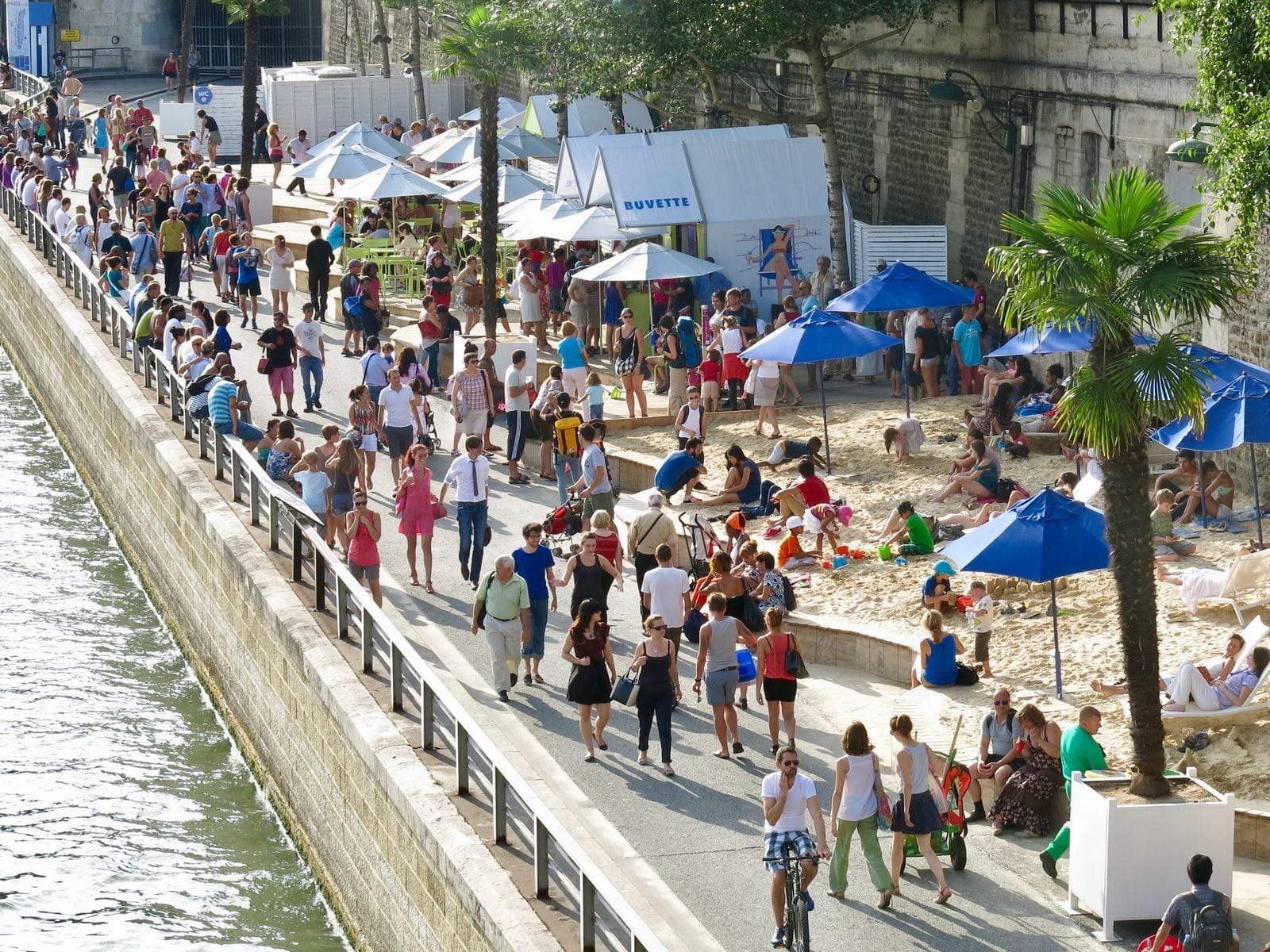
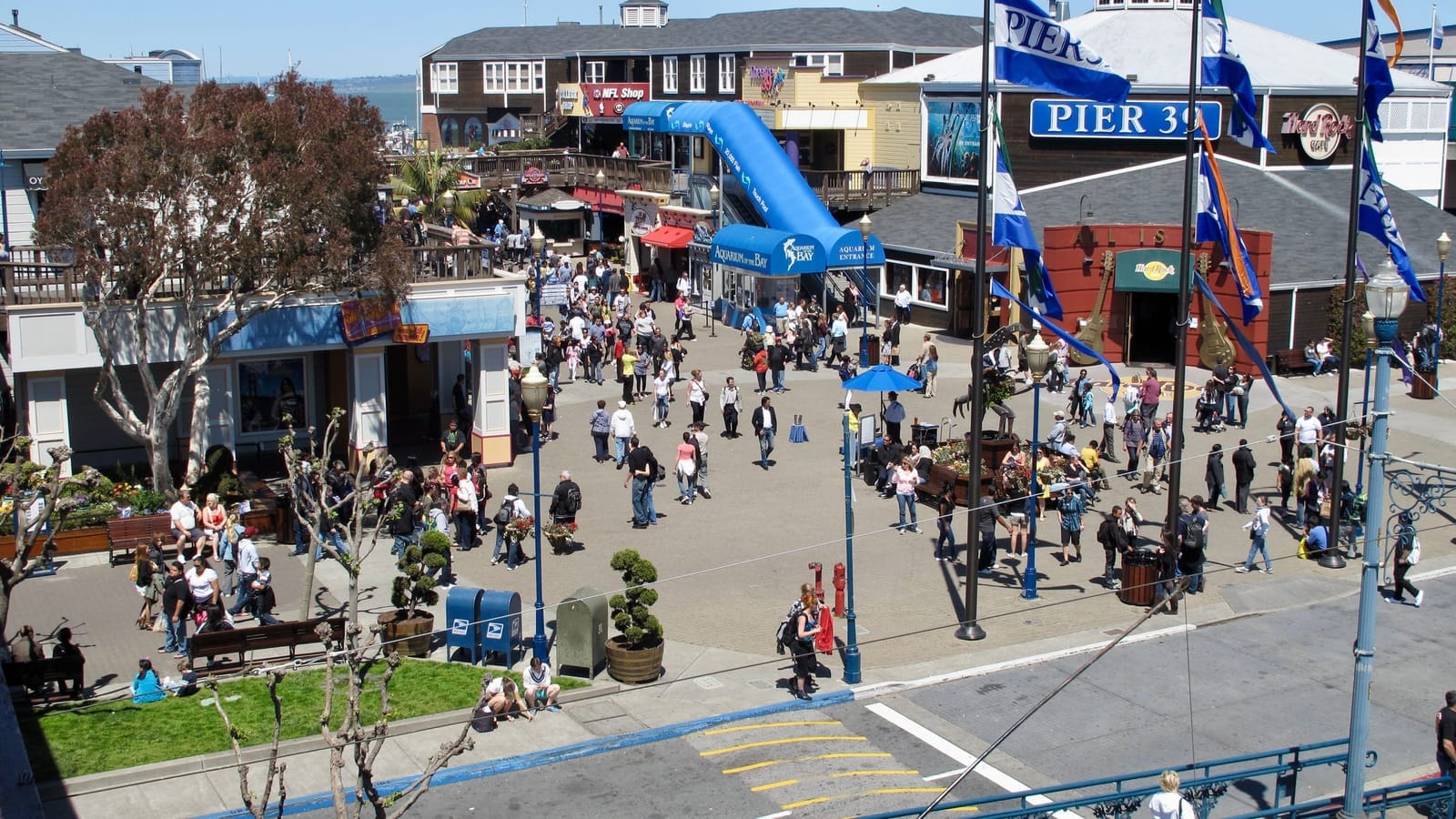
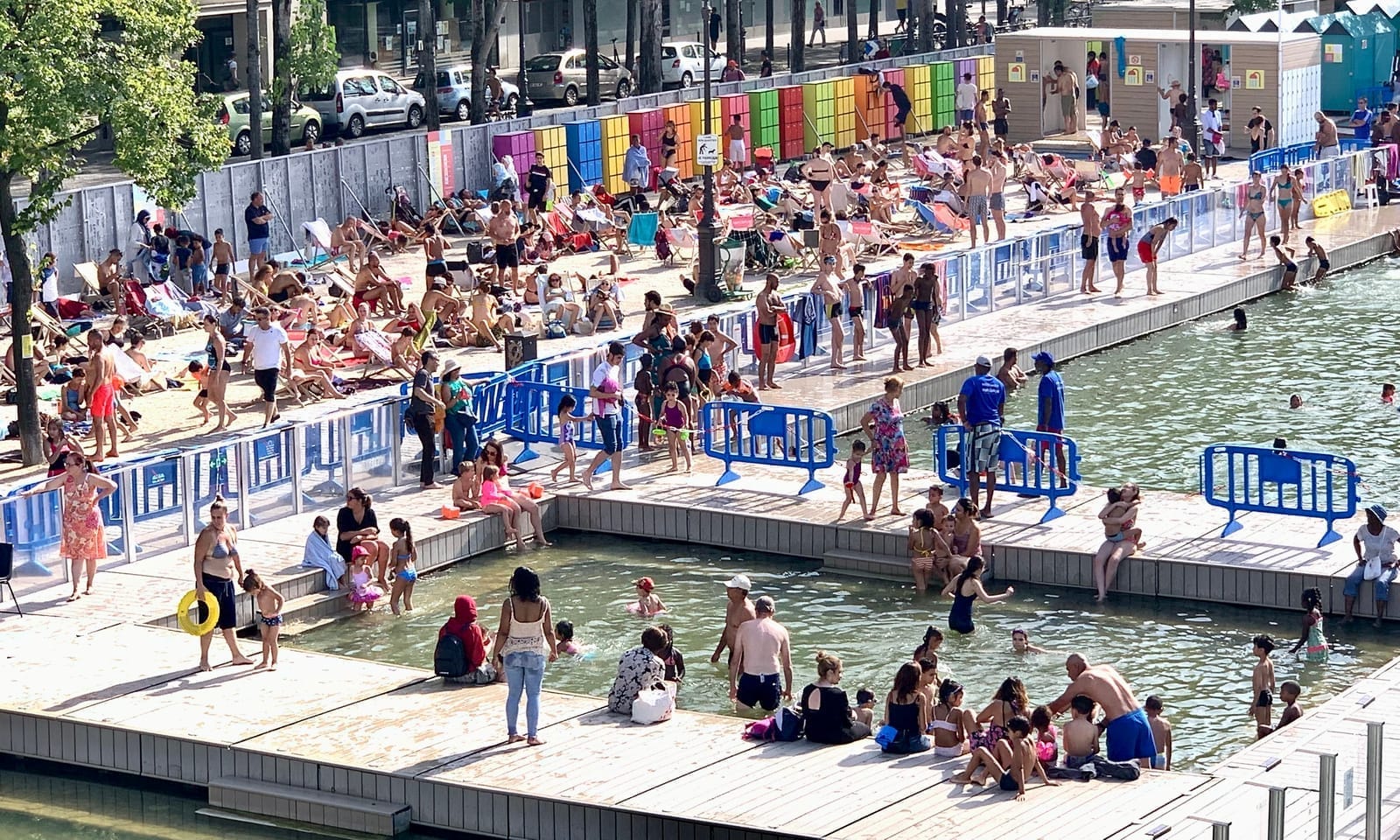
Stockholm, Paris Plage, Paris Bassin de la Villette
Waterfronts Resource Guide
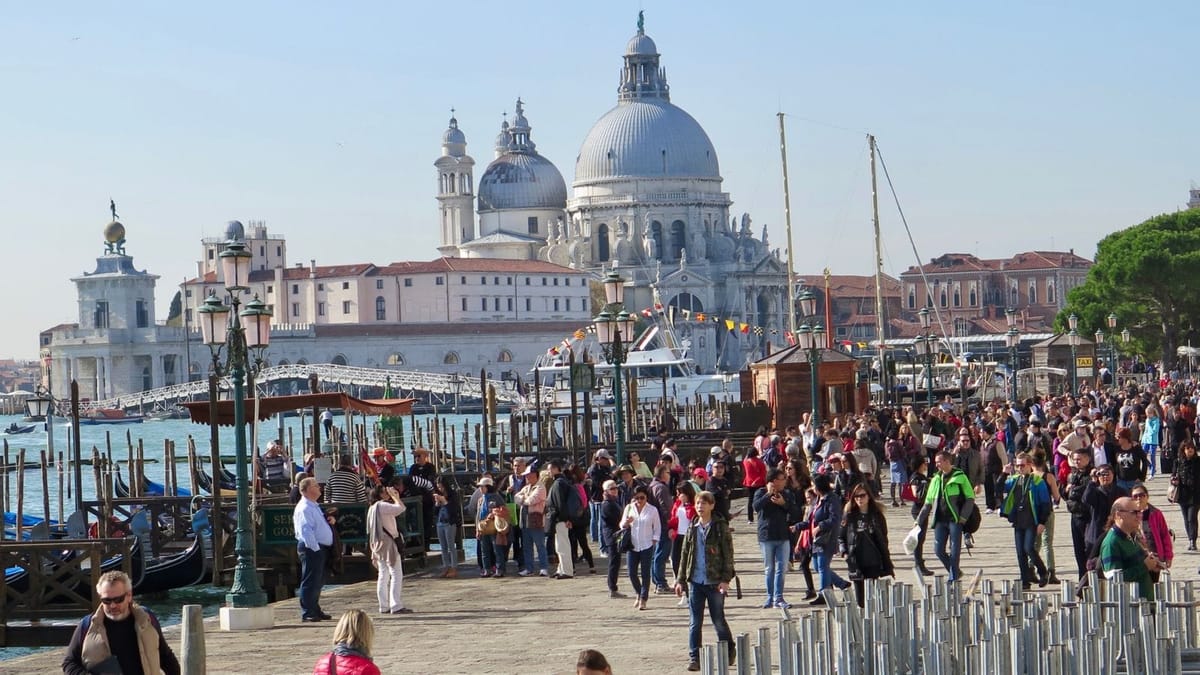
Top Evergreen Posts
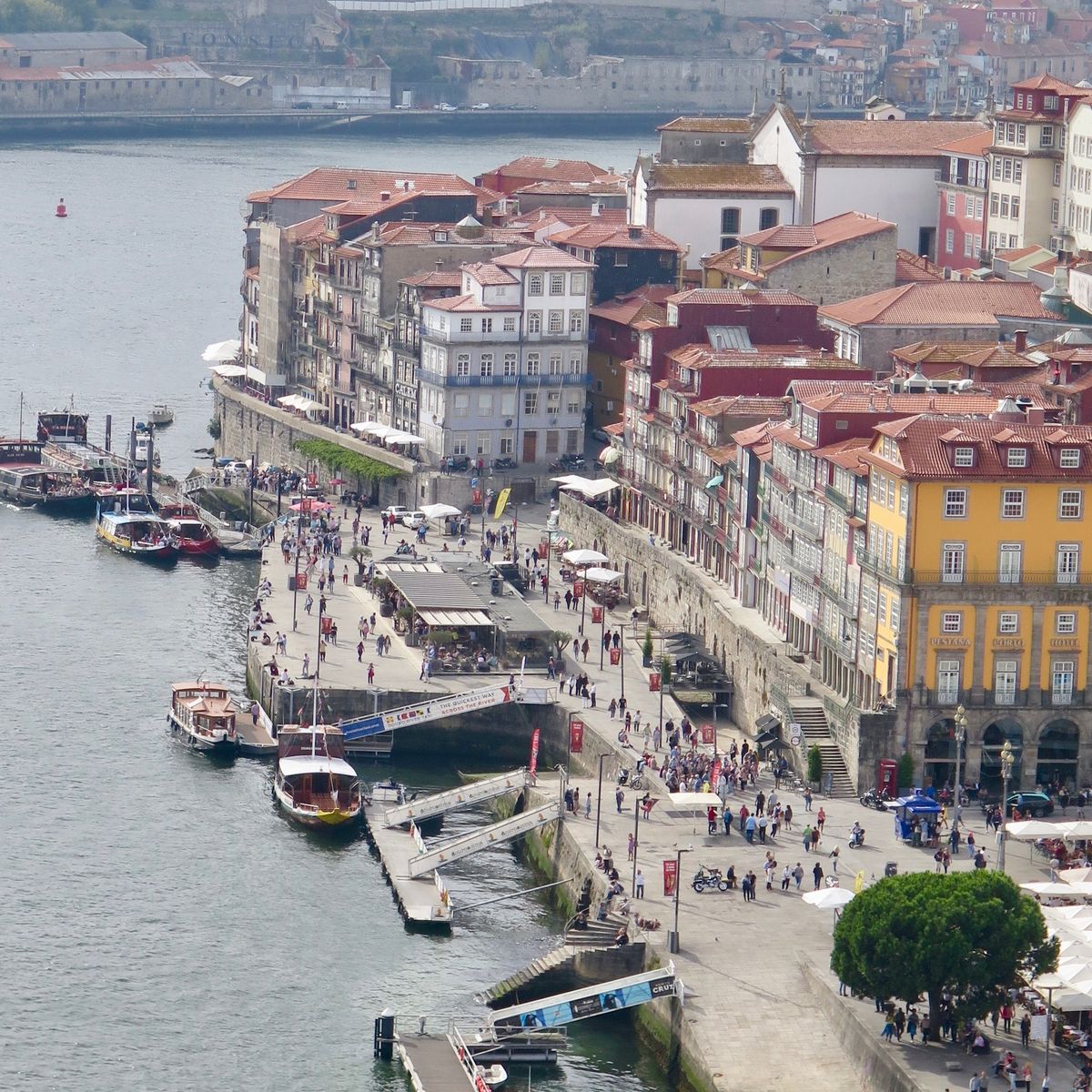
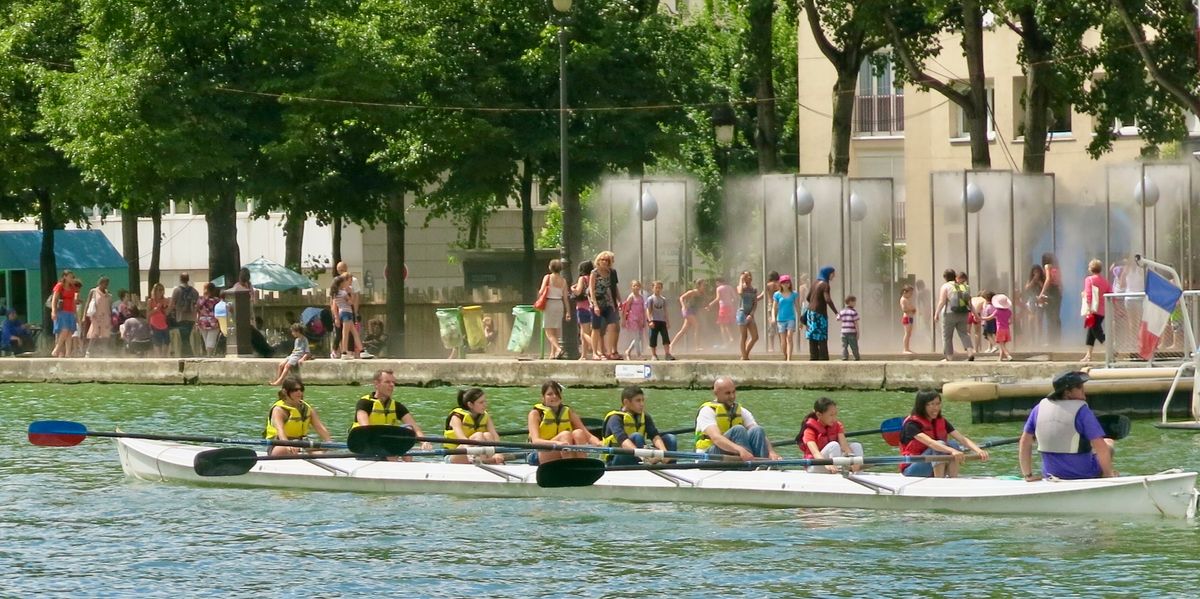
Agenda 9) Communicate a City’s Culture and Character Through Assets
Assets like art, nature, and landmarks make a city beautiful and unique. They show what makes a city special by being a reflection of the interests, skills, cultures, and history of the people who live there. Assets create value that people treasure, instilling pride and inspiration. Assets can be things like murals, fountains, sculptures, flowers, and more. They act as important focal points in a space where people naturally gather.
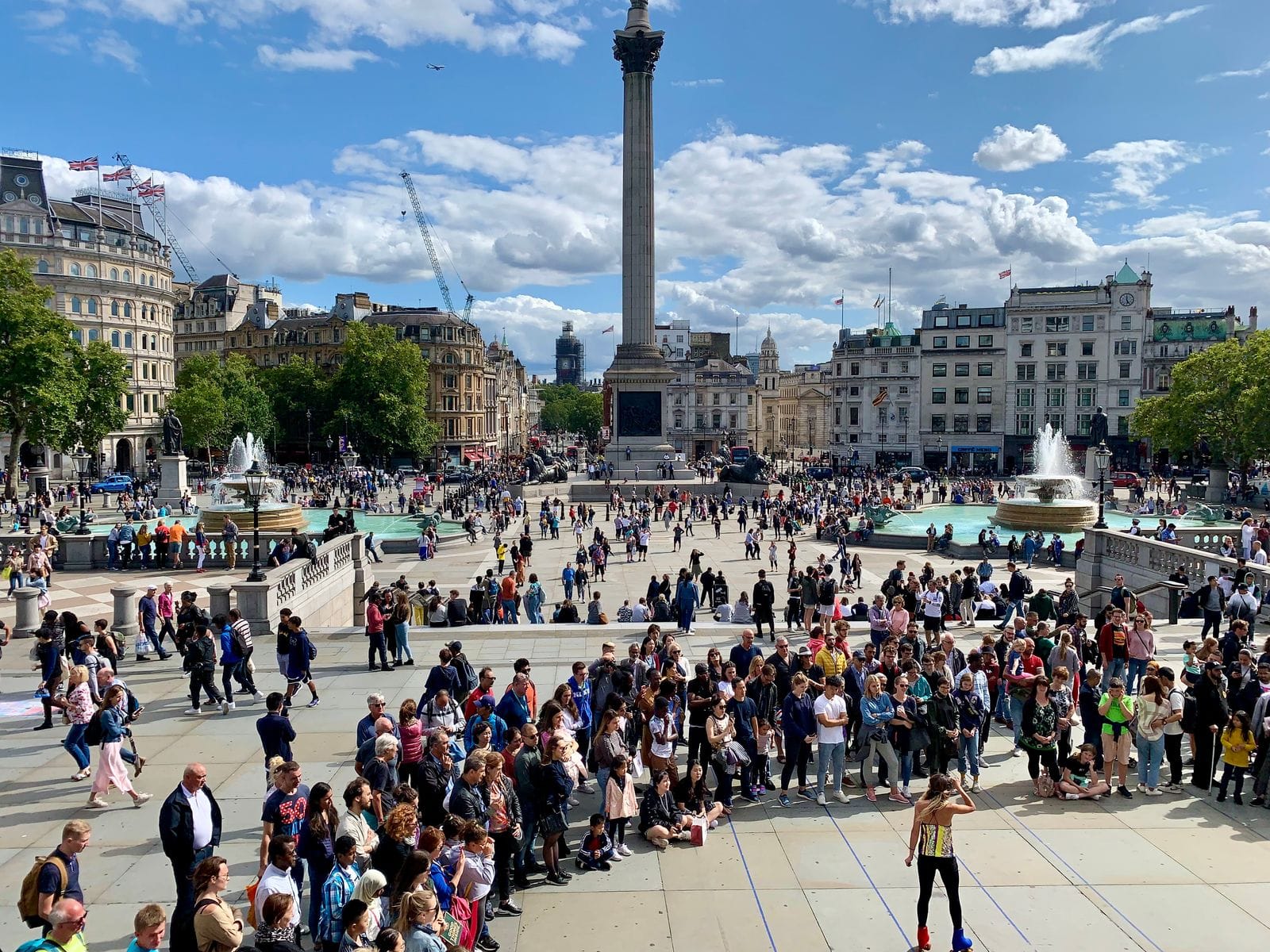
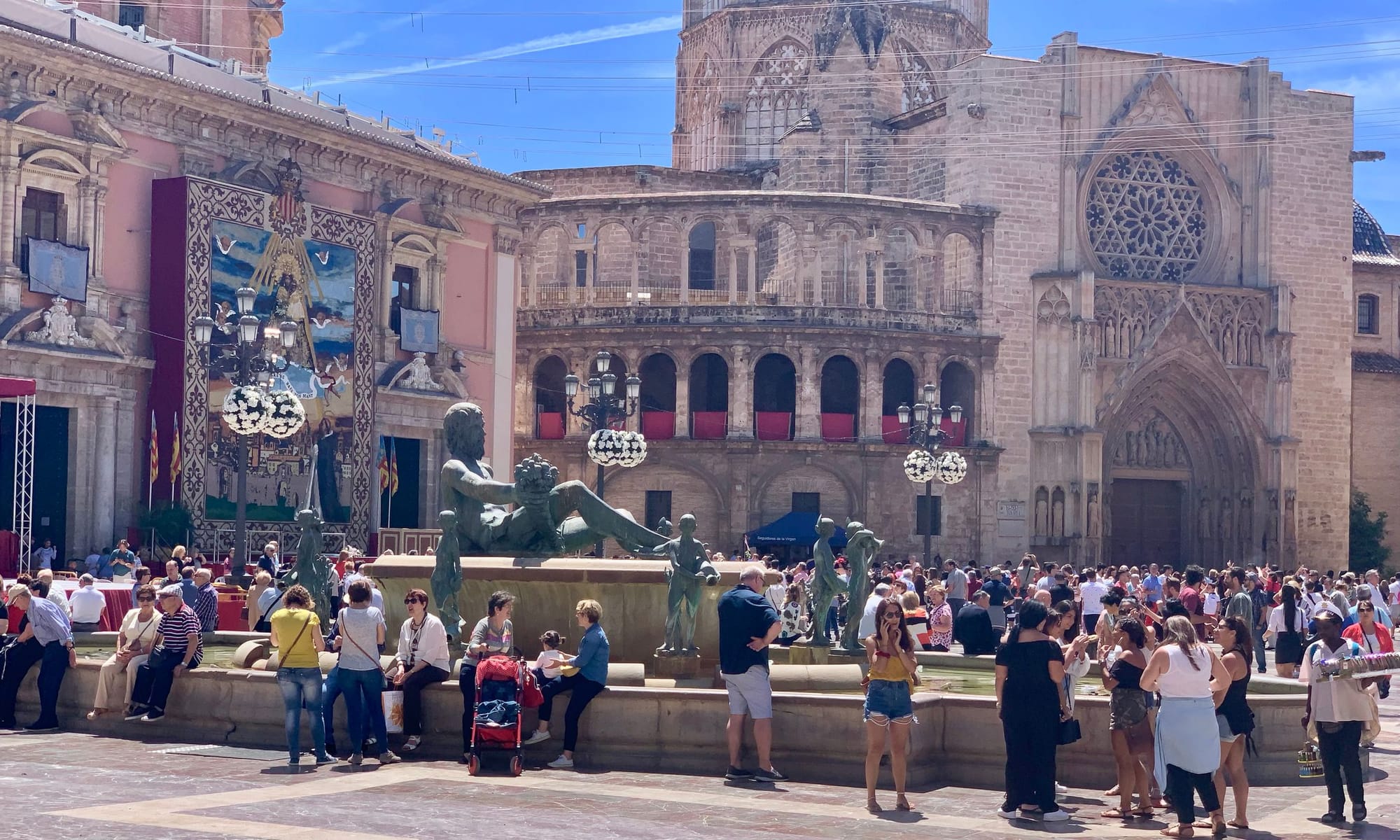
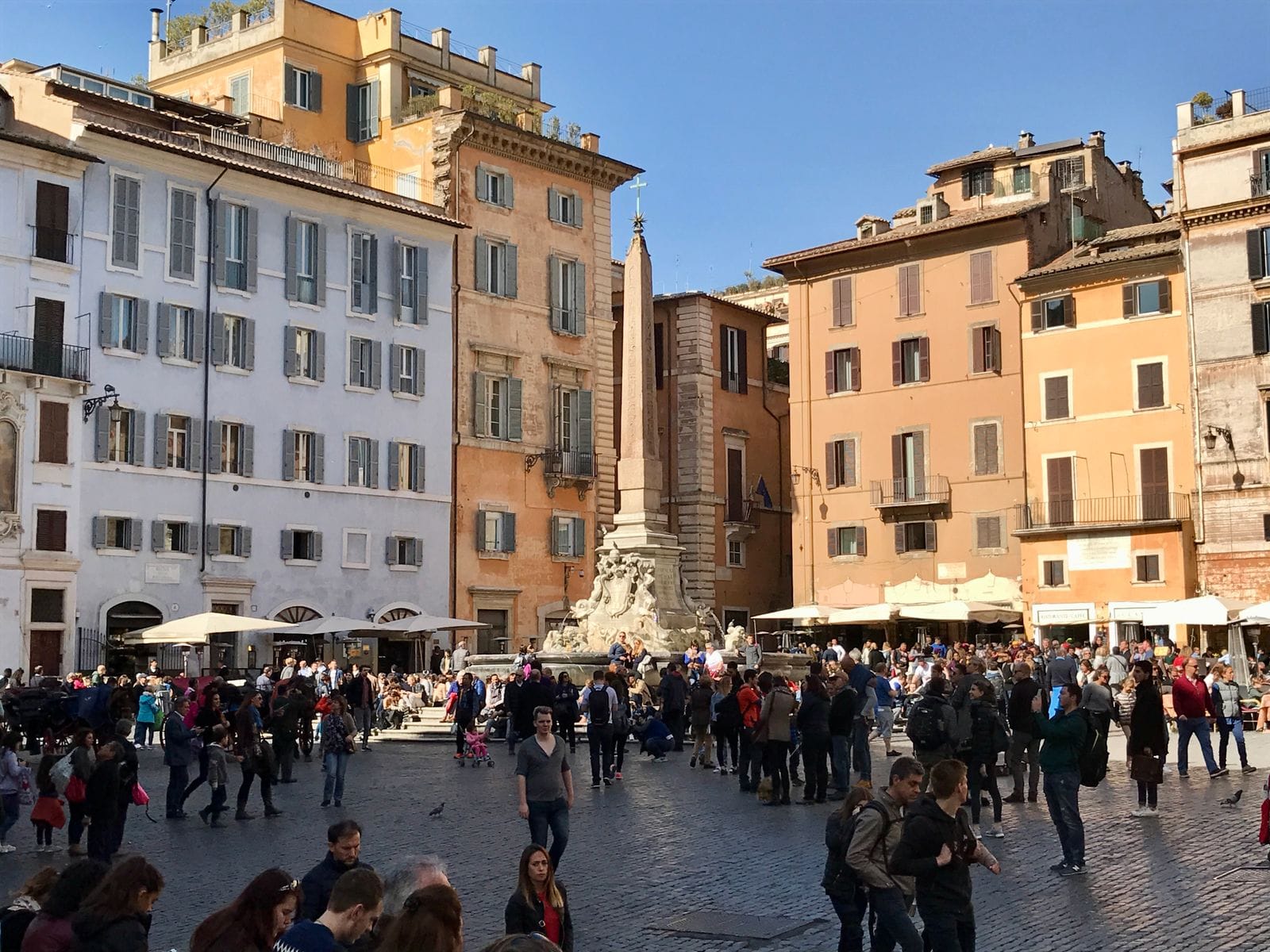
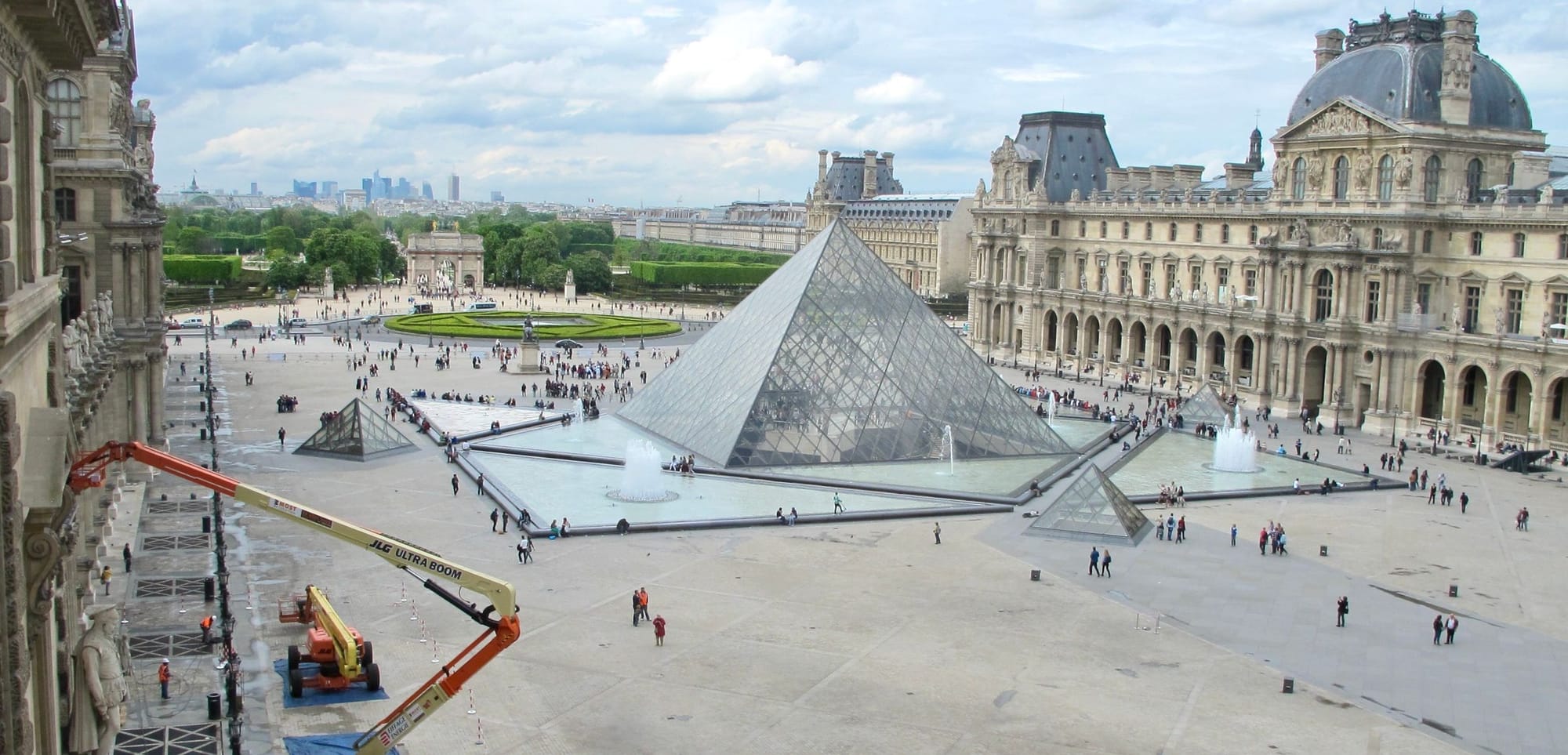
London, Valencia, Rome and Paris
Assets Resource Guide
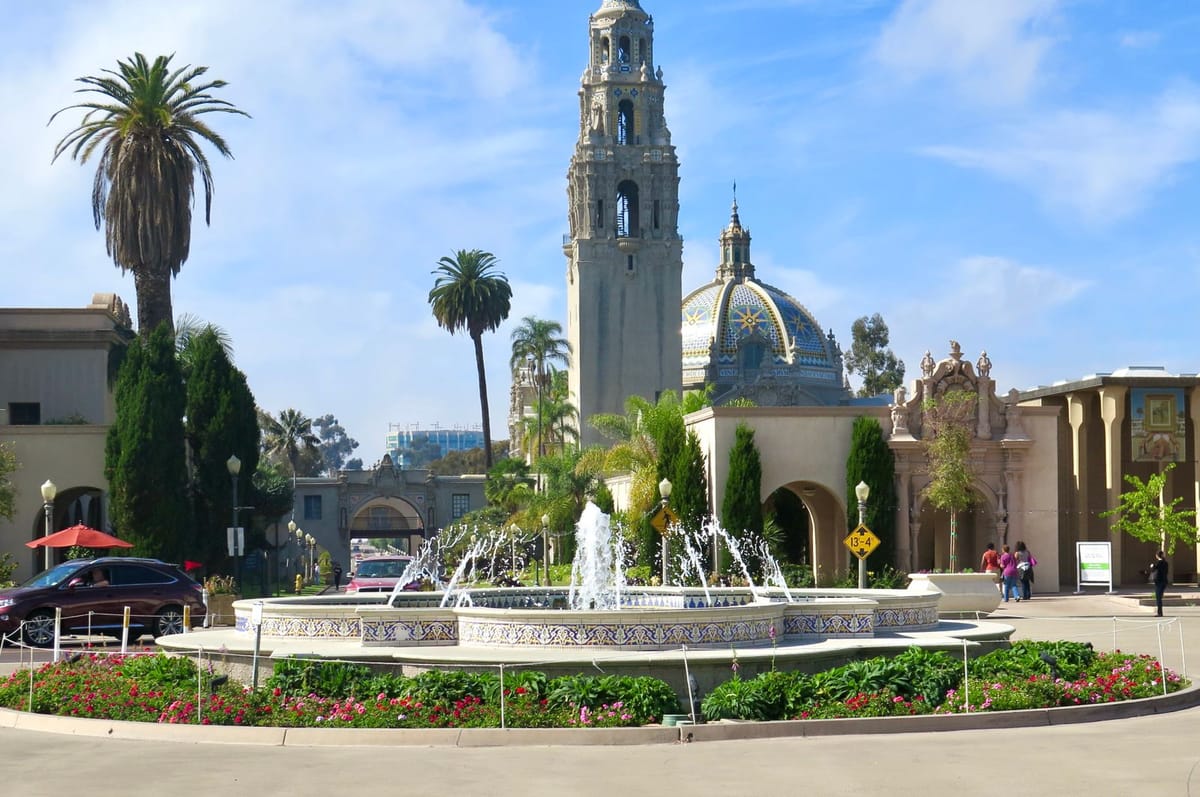
Top Evergreen Posts

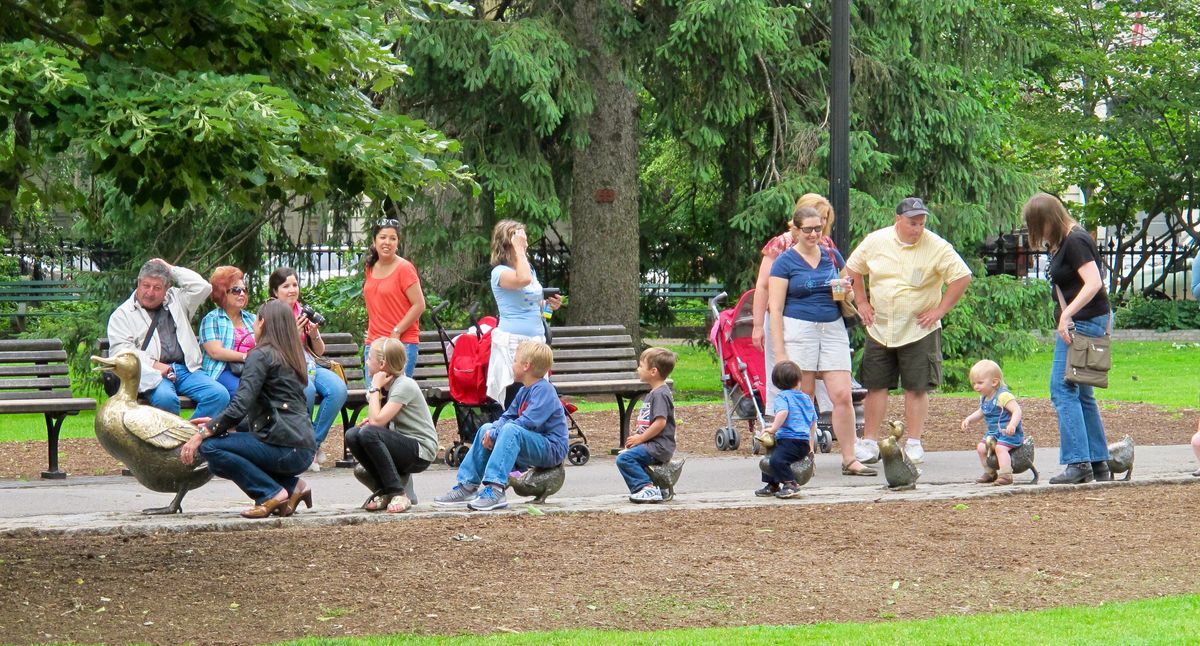
Agenda 10) Foster Social Life for All
Connection is the core of community. Therefore, social life is a city's life blood. Cities need to ensure that everyone has an opportunity to participate in it. Men and women, young and old, and people from all backgrounds should have opportunities for connection built into cities and should feel welcomed to take part in social interactions.
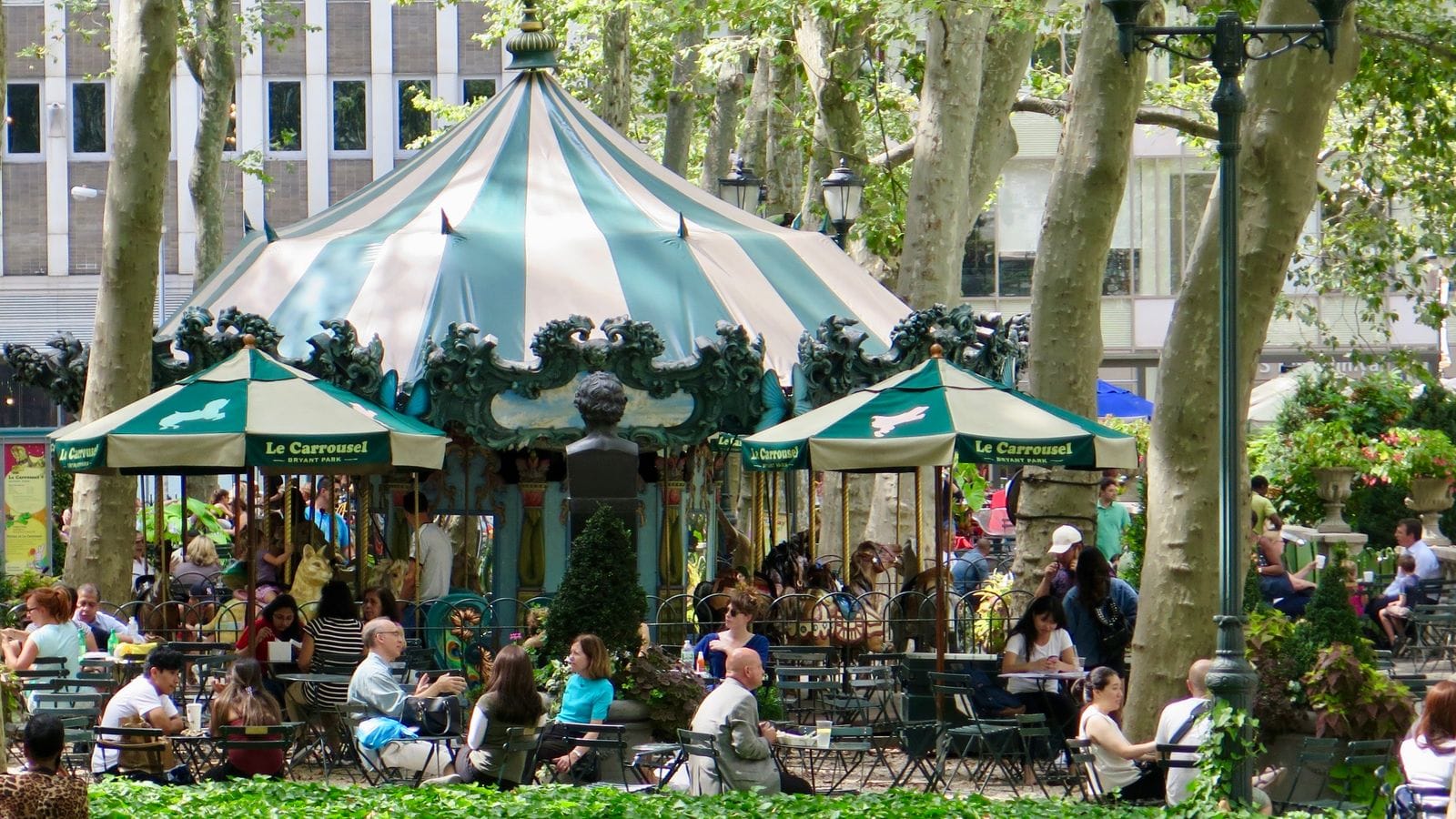
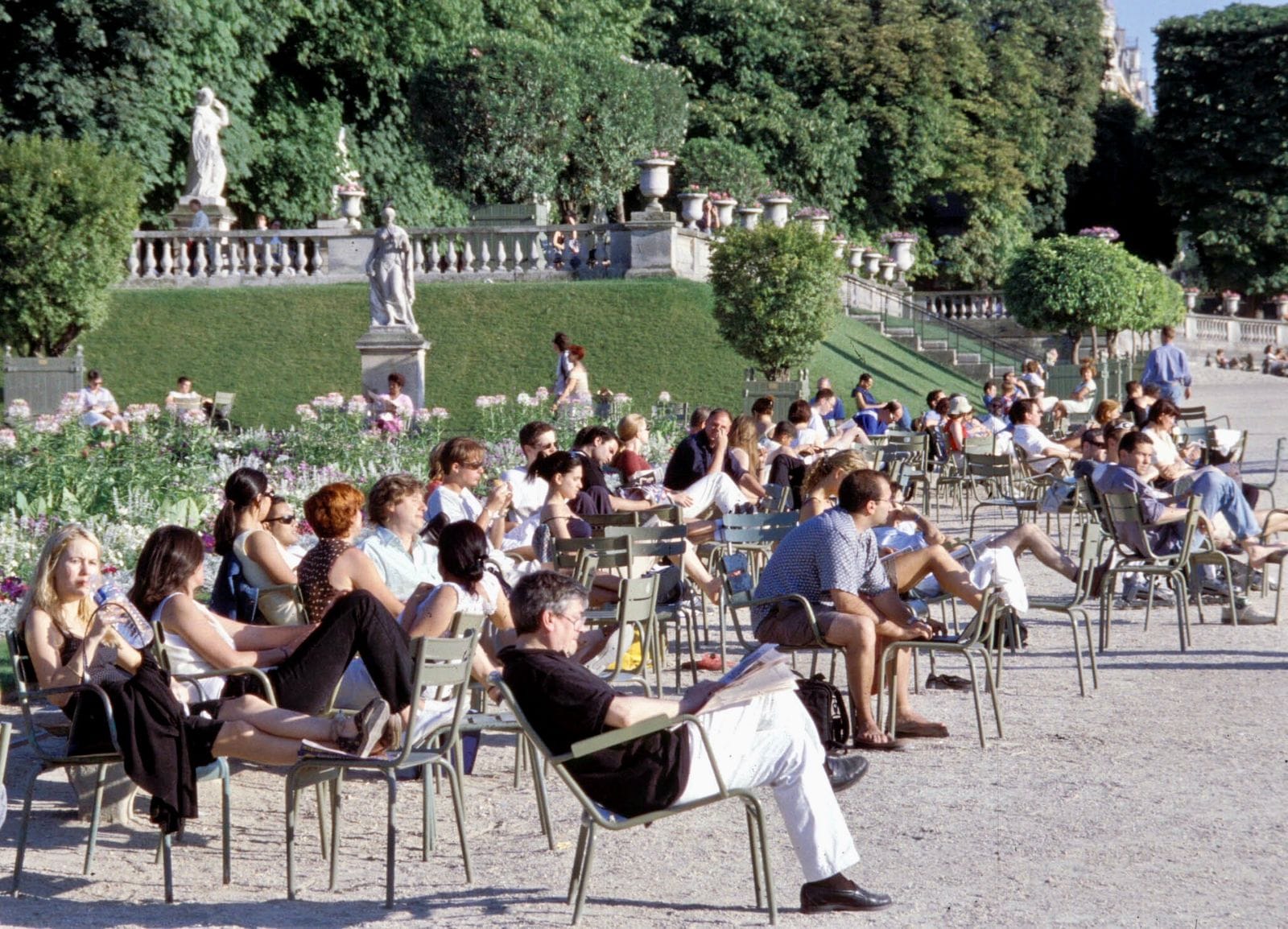
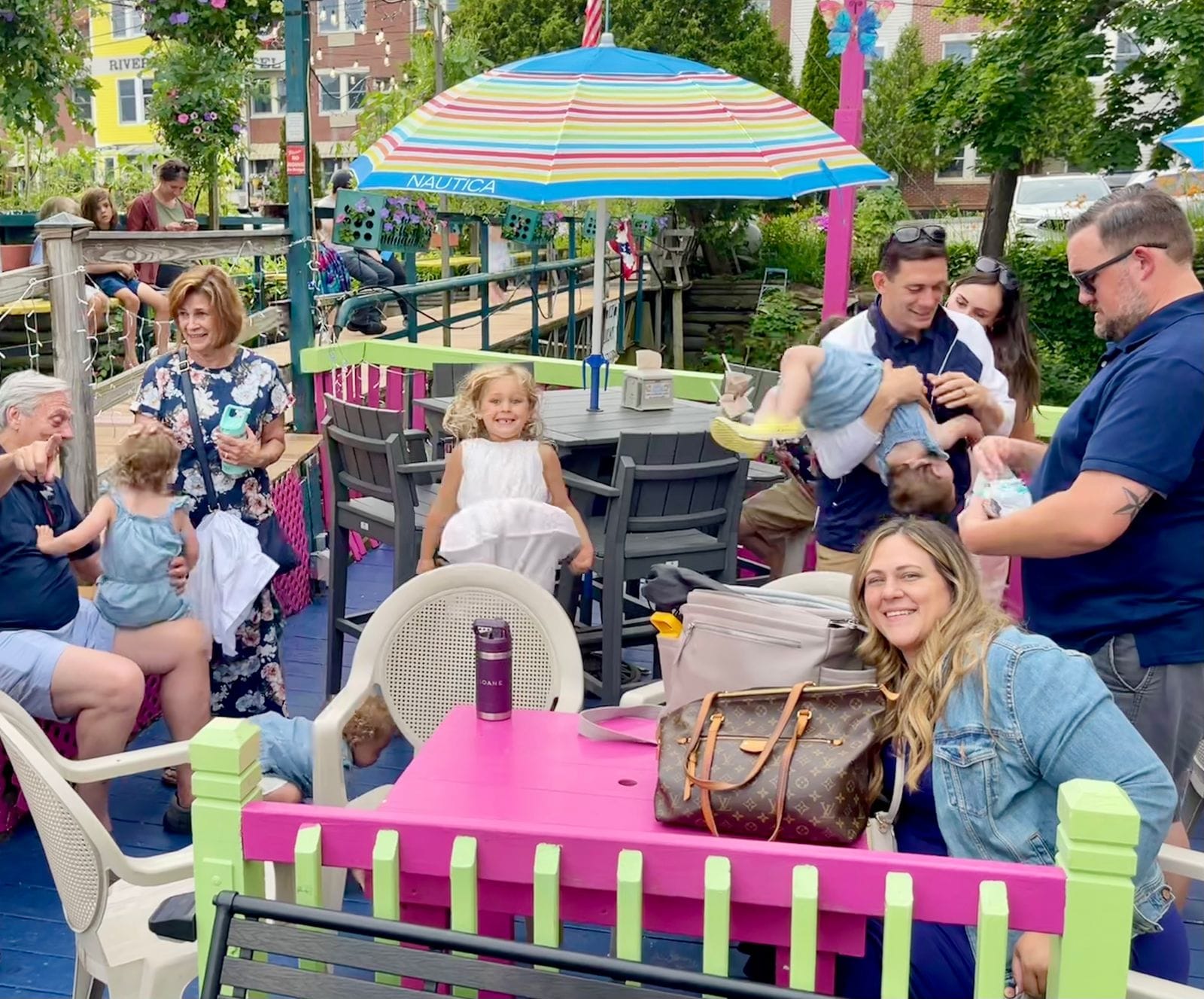
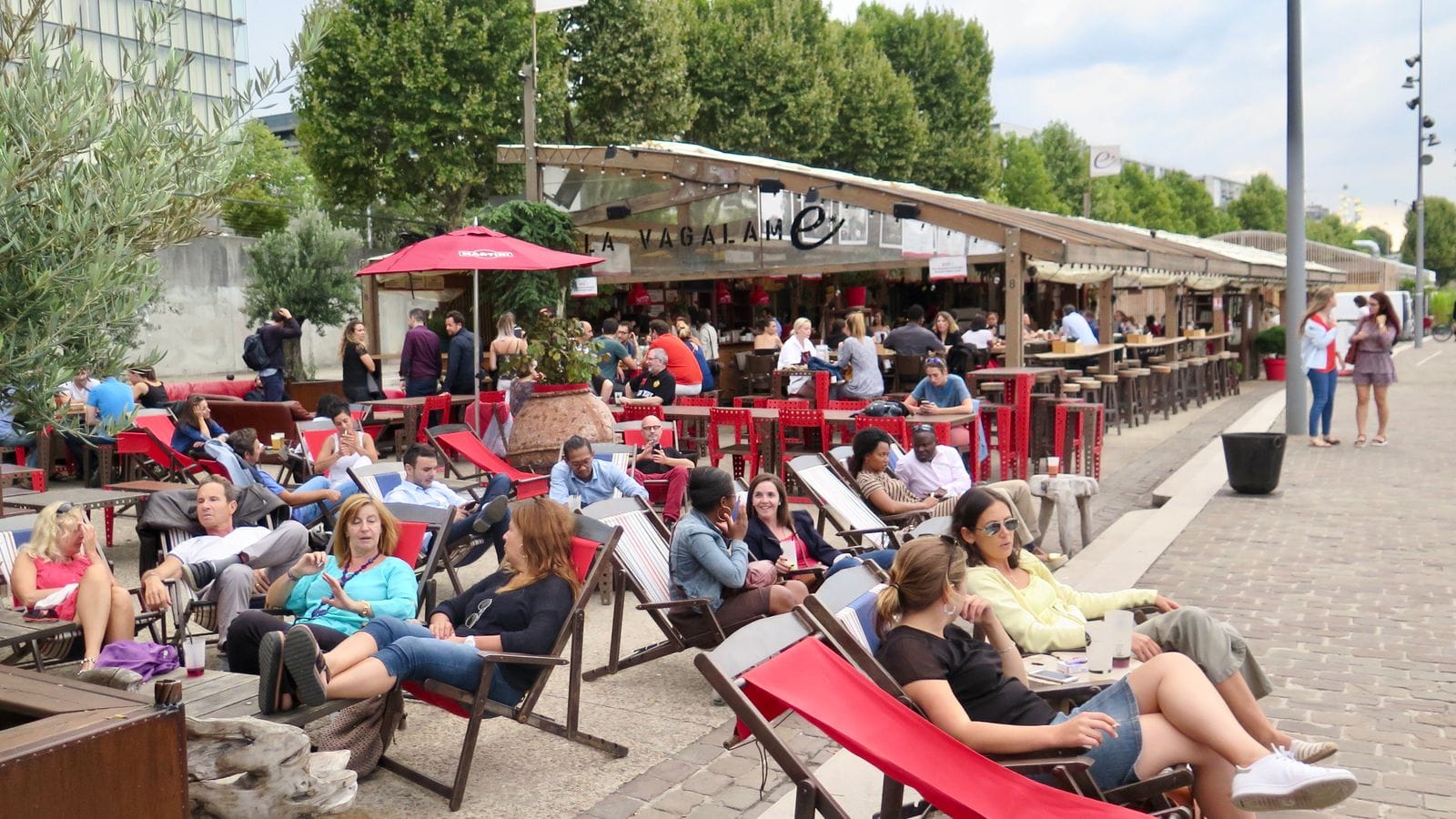
Social Life Evergreen Post
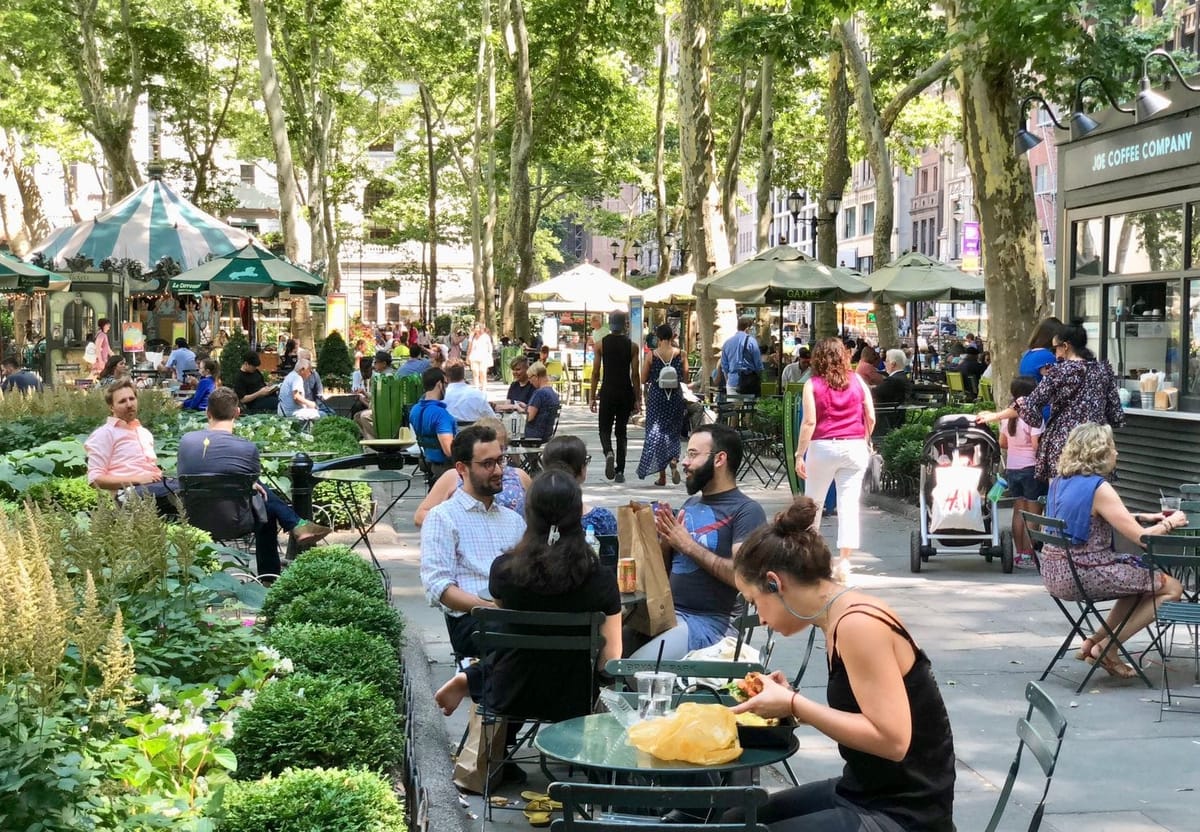
Agenda 11) Design and Program for Fun and Enjoyment
Fun is not something that only children enjoy. Fun is what makes life interesting and entertaining for everyone. It breaks up the daily routine with bright moments. It makes a place worth visiting and coming back to. Creating opportunities for fun through design, events, and programming is key to bringing life and joy to public places.
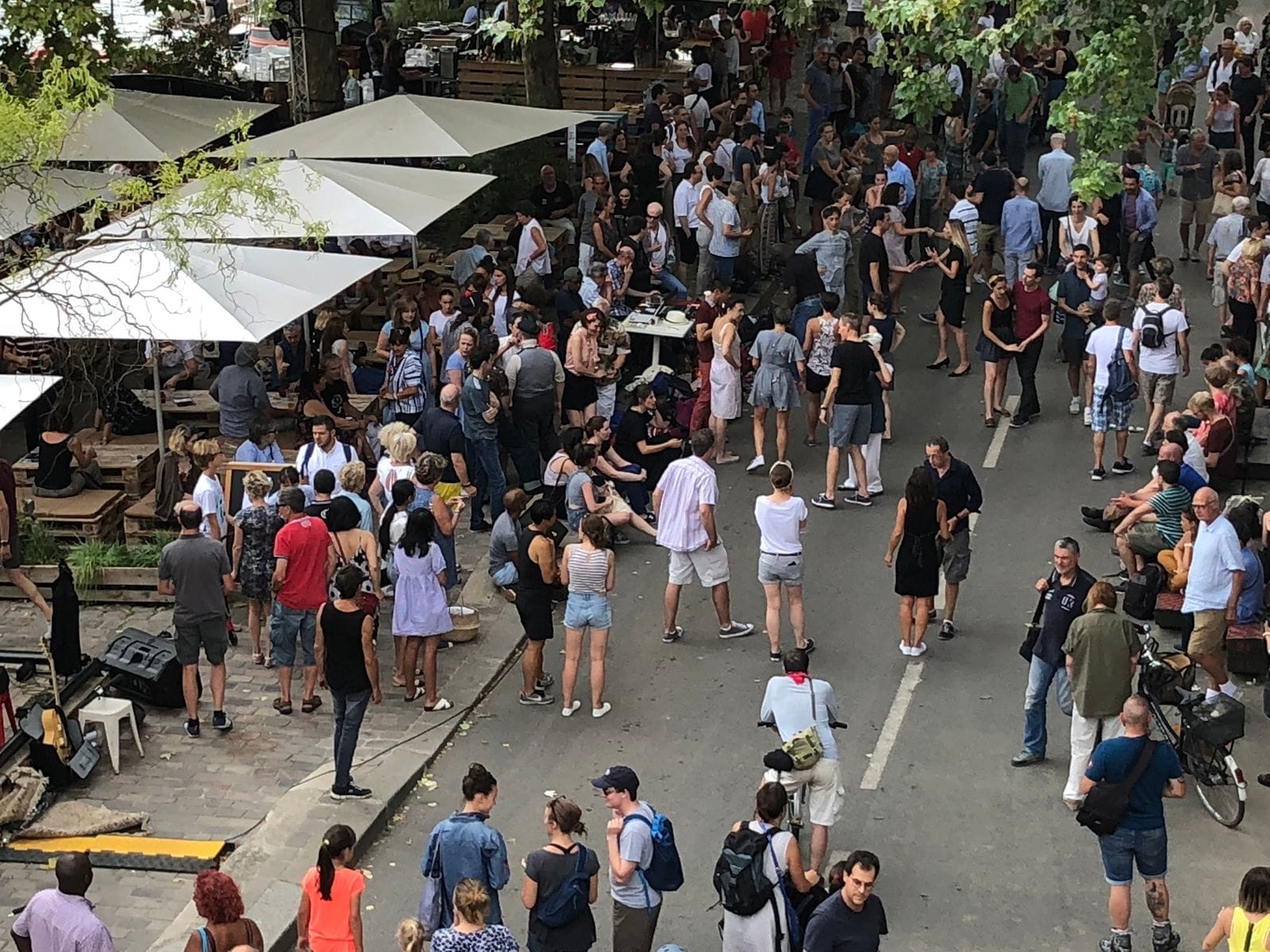
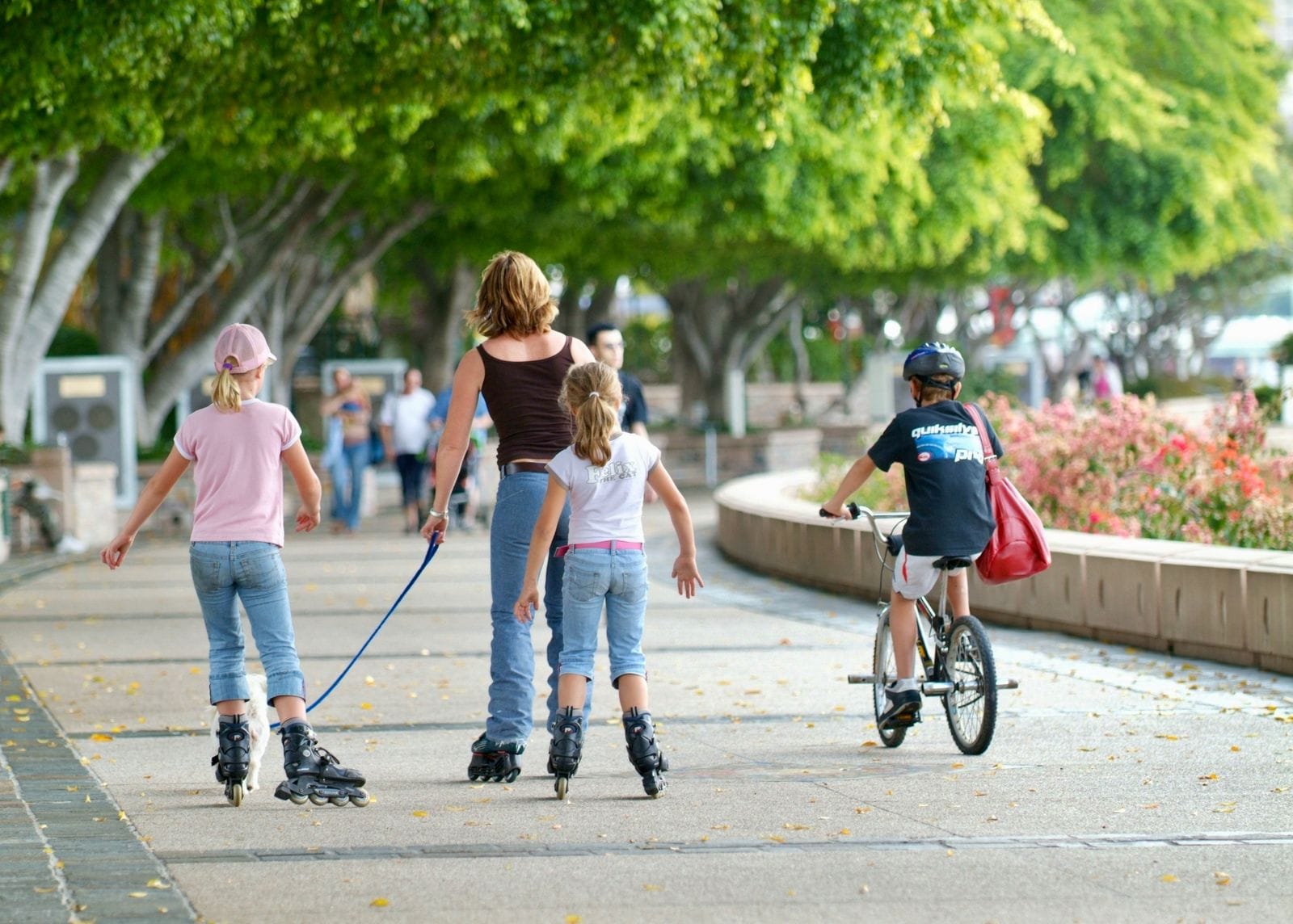

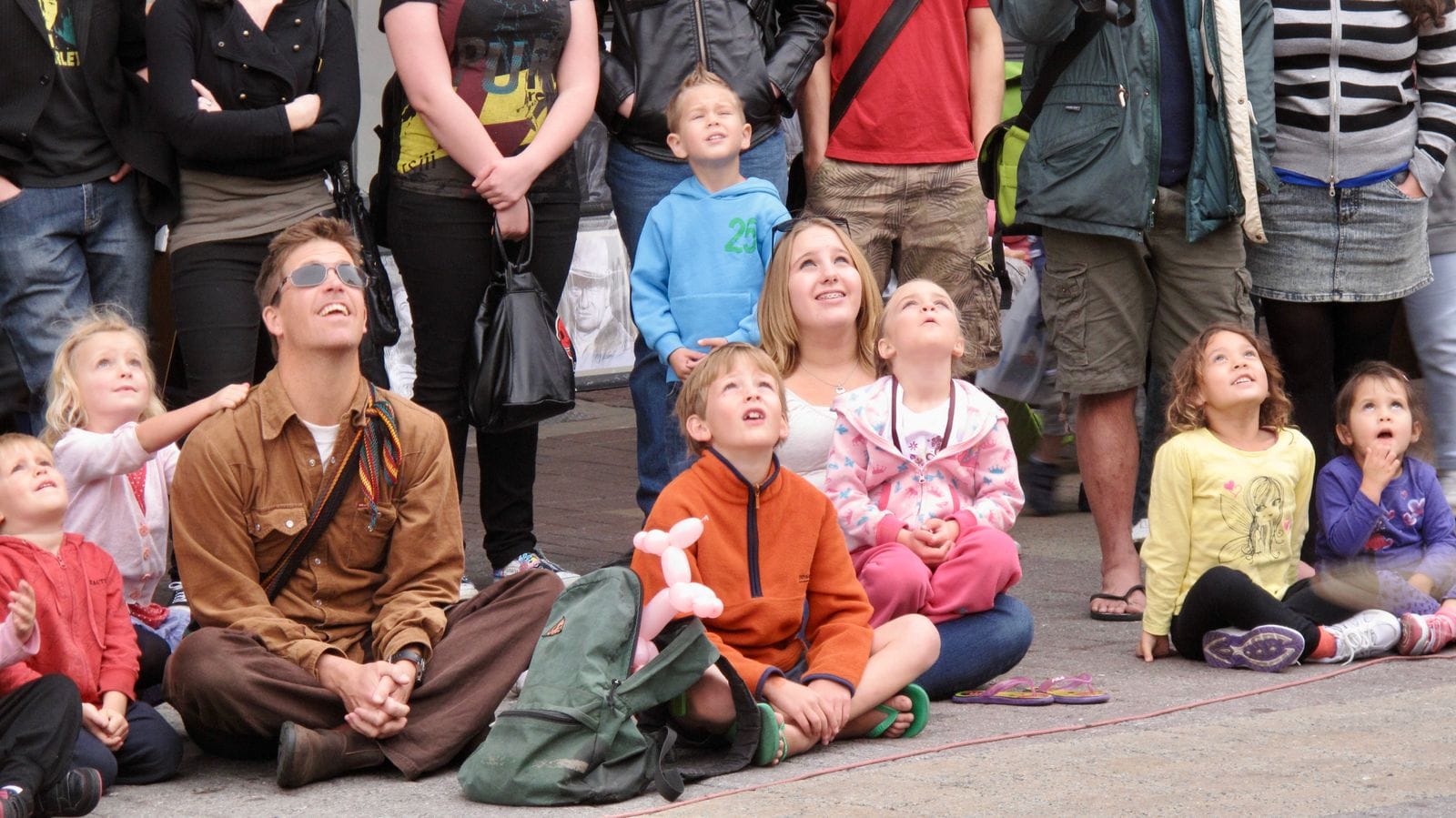
Fun Resource Guide
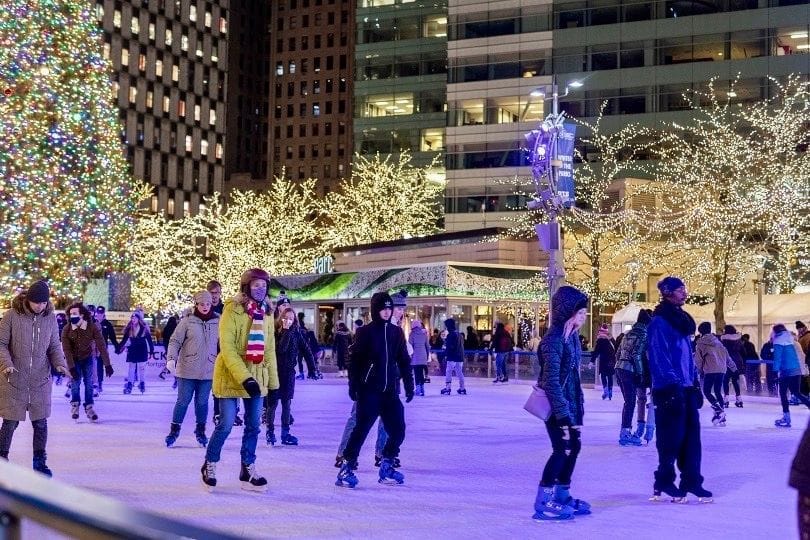
Top Evergreen Posts
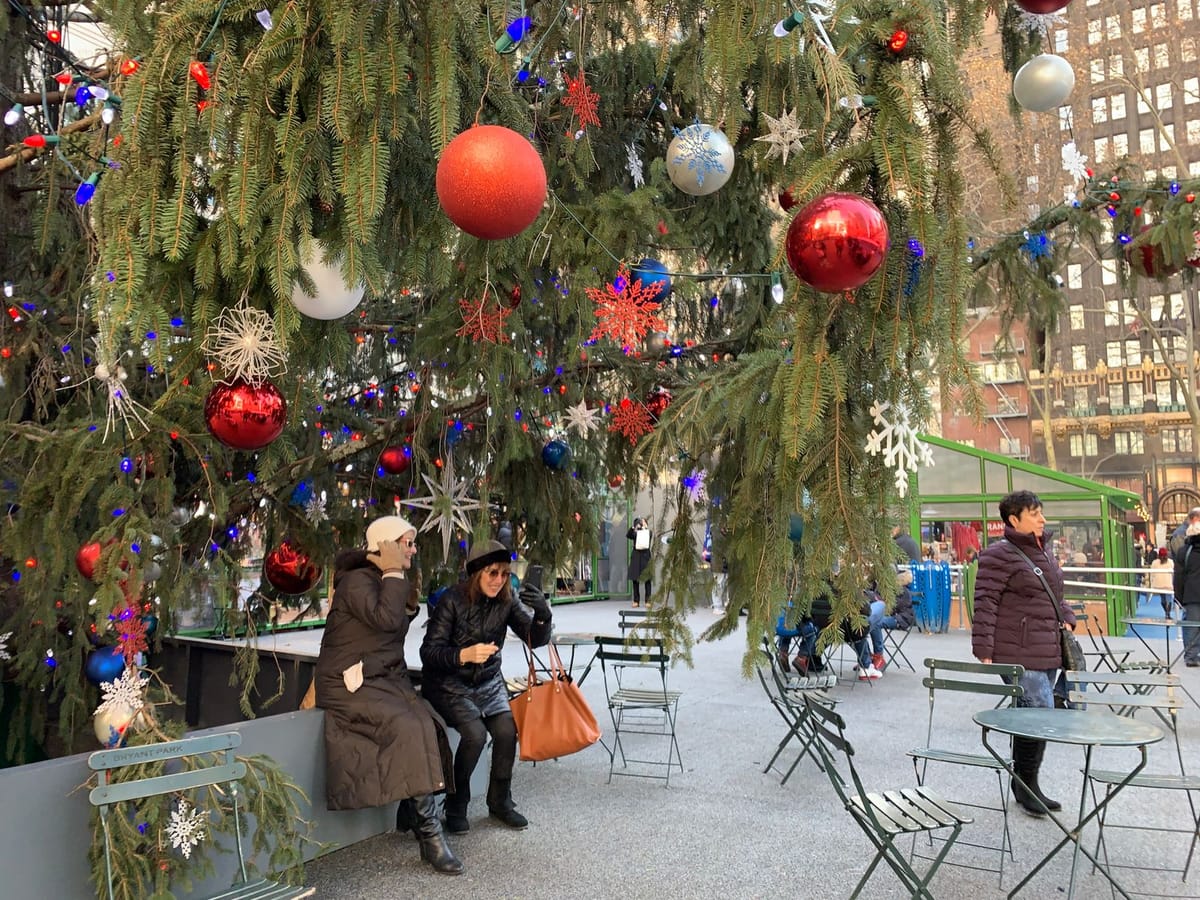
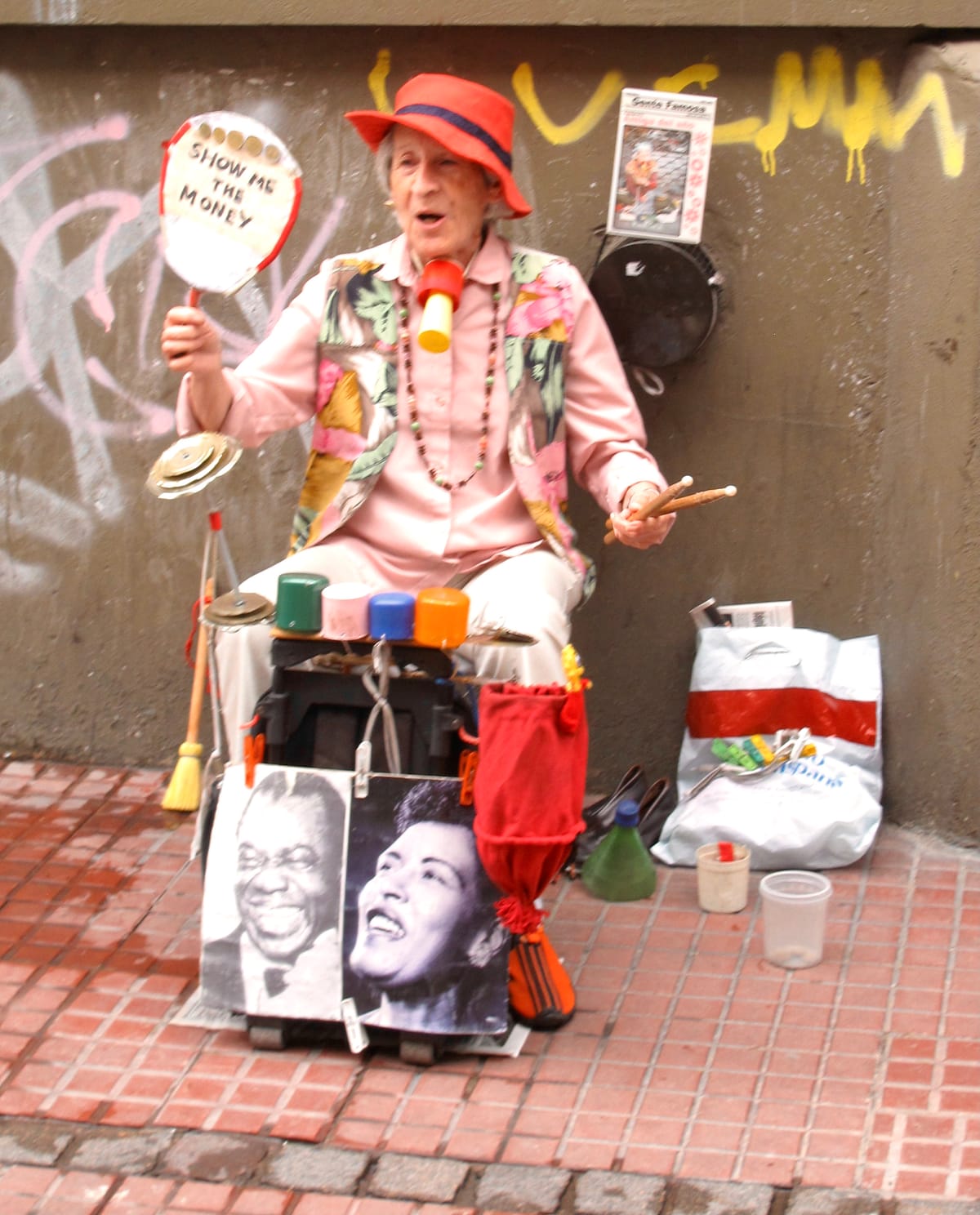

If you want to transform your city into a place that is vibrant, interesting, beautiful, and that attracts social life and commercial activity, turn your attention to the 11 agendas. These are the key focus areas that need addressing to take a city to the next level. From small to big, from bench to waterfront, revitalization takes place on all scales. The key is to look at the city through the lens of how people experience it. That will unlock insights about how to make it better.
If you are interested in collaborating (articles, presentations, exhibits, projects, and more) or supporting the cause contact us.
